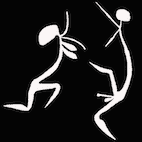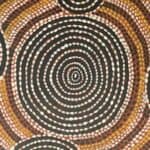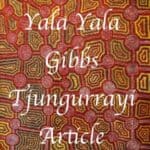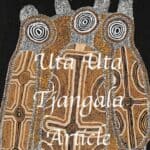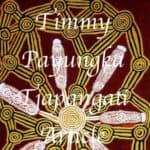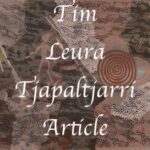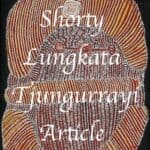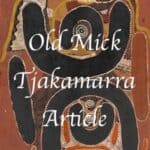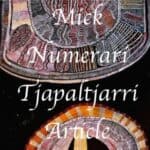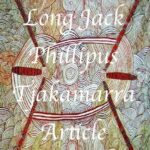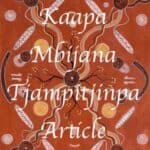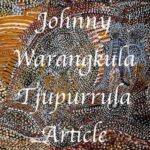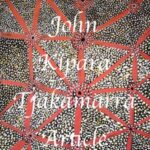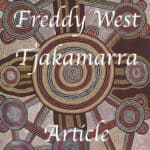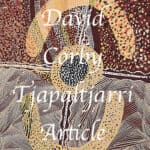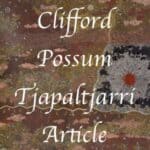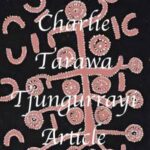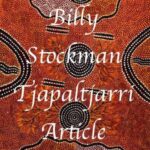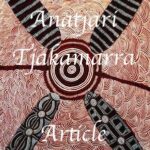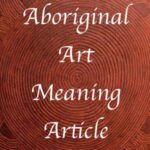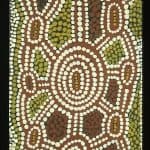Kaapa Mbitjani Tjampitjinpa Artworks
Early Kaapa Mbitjana Tjampitjinpa Artworks (Pre-1970): Watercolours and Carvings
Before the rise of the Western Desert art movement, Kaapa Mbitjana Tjampitjinpa produced early artworks that included watercolour paintings in the Hermannsburg style, as well as intricately carved goannas and snakes. Influenced by the success of Hermannsburg painters, Kaapa recognized early on the economic potential of Aboriginal art, using his skills not only for cultural expression but also as a source of income.
In addition to his Western-style artworks, Kaapa was also a respected traditional artist and carver, known for creating churinga (tjurunga) and other ceremonial artifacts. These were crafted both for authentic cultural purposes and, at times, sold elicitely to European collectors and anthropologists.
Churinga are sacred objects deeply embedded in Aboriginal spirituality, believed by the uninitiated to have been created by Alcheringa (Dreamtime) spirits. Due to their secular nature, the identities of their original makers were traditionally kept unrecorded and secret.
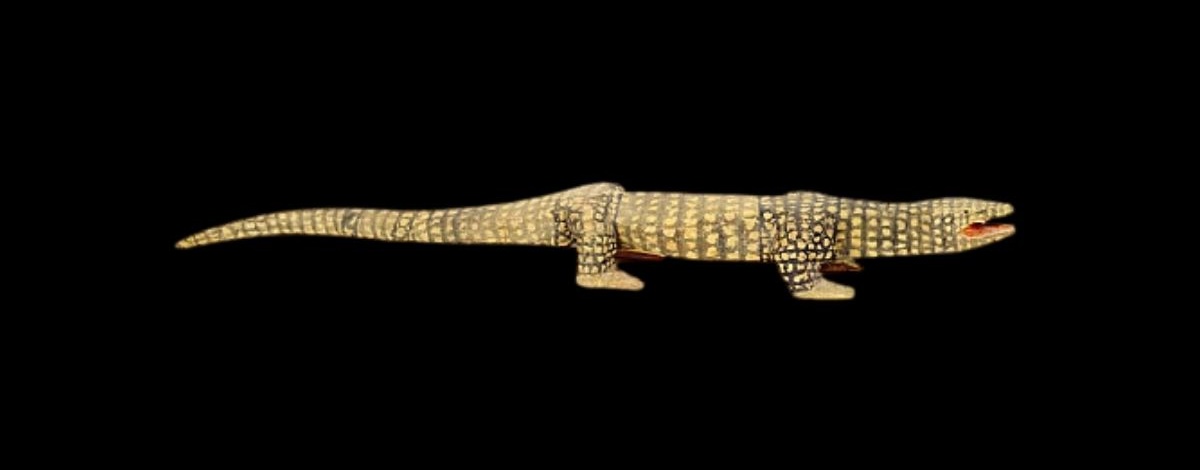
Carving of Goanna Central Australia, circa 1970
Carved wood
No size recorded
Hammer Price: A$4,200
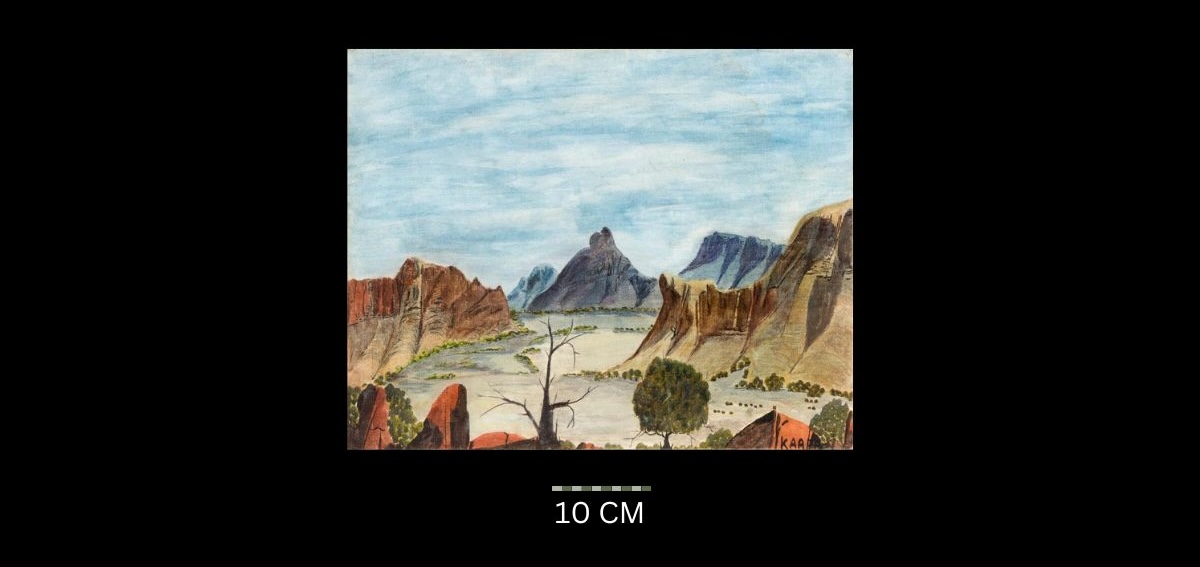
Macdonnell Ranges (1960s)
Synthetic polymer paint on canvas board, signed ‘Kaapa’ lower right,
40 x 50 cm
Hammer Price: A$2,000
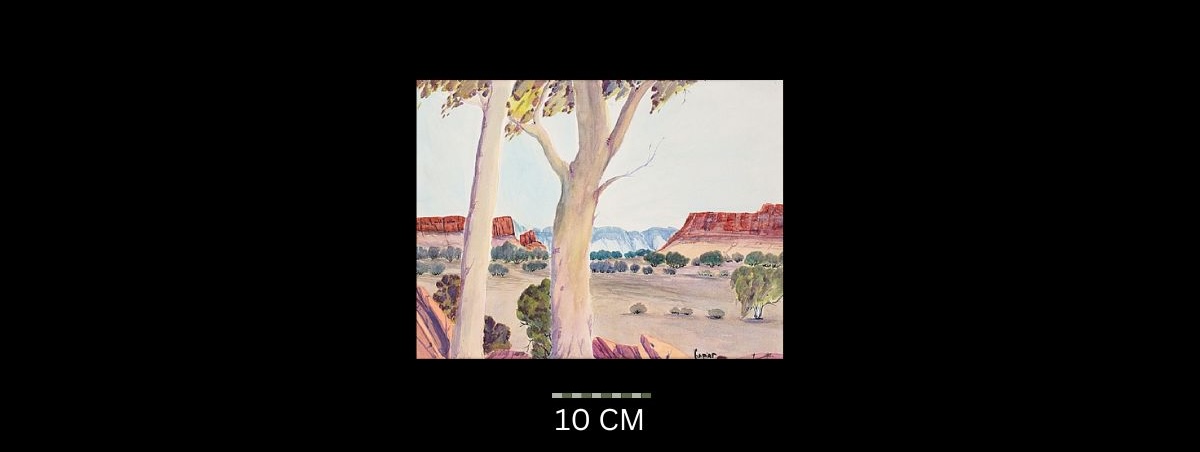
Hermansberg Watercolour Untitled Central Australia
36.5 x 27.5 cm
Hammer Price: A$6,000
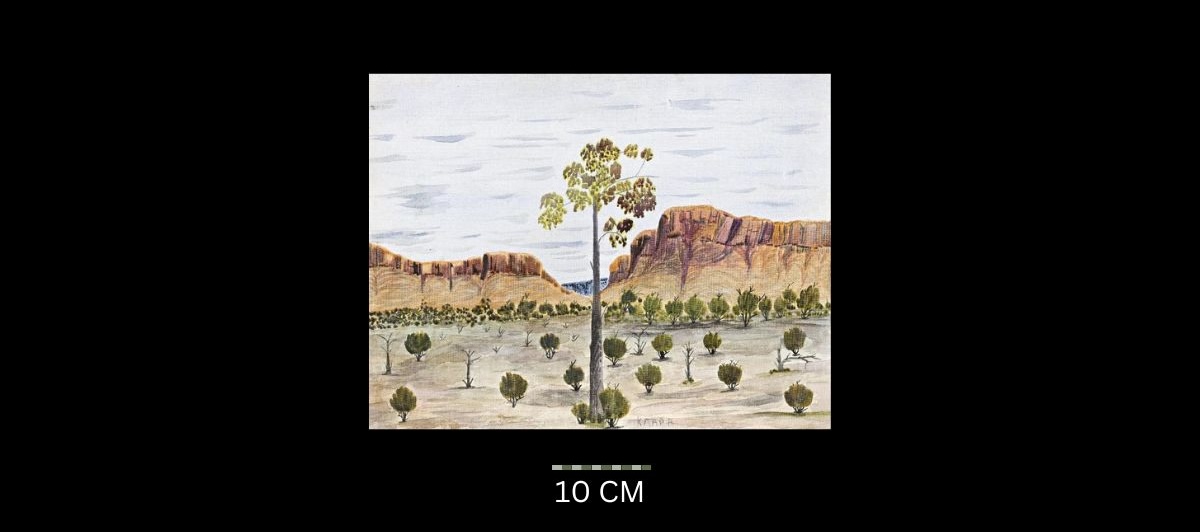
Untitled, 19??
Watercolour on canvas-board, signed lower centre: Kaapa,
35 x 46 cm
Hammer Price: A$2,600
N.B Sold as 1976 but it is likely that this was painted prior to the papunya movement
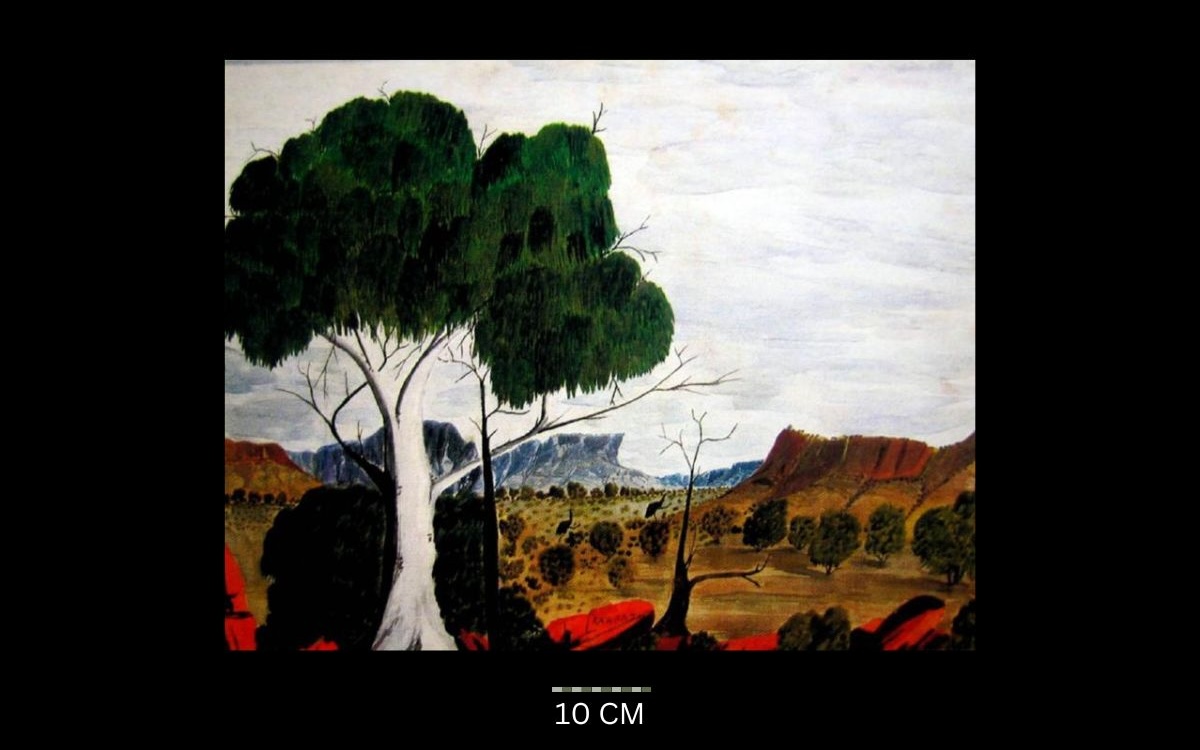
Emus in the MacDonnell Ranges
Watercolour, signed lower right Kaapa JMA,
60 x 75 cm
Hammer Price: A$2,000
Kaapa Mbitjana Tjampitjinpa artworks and the Foundations of the Papunya Tula Art Movement
The birth of the Papunya Tula art movement in 1971 marked a transformative moment in the history of Australian Aboriginal art. At the forefront of this movement was Kaapa Mbitjana Tjampitjinpa, a highly respected Warlpiri artist whose deep cultural authority and artistic innovation helped define the early direction of Western Desert painting.
Symmetry, Churinga, and Ceremonial Knowledge
Kaapa’s early works are instantly recognizable for their strong visual symmetry, a formal quality closely tied to churinga (tjurunga)—sacred ceremonial objects used in rituals by initiated men. These motifs appear frequently in his paintings, underscoring his role not just as a painter but as a custodian of Central Australian Aboriginal spiritual knowledge.
Drawing from his status as a senior lawman, Kaapa depicted ceremonial practices and spiritual narratives that were typically only understood by the initiated. His ability to visually translate this knowledge into painting positioned him as both an artist and a cultural educator. His works from this period are painted on monochrome backgrounds, distinguished by precise linework and meticulous execution—qualities that reflect the seriousness and reverence with which he approached his craft.
Traditional Colour Palette and Minimal Dotting
In alignment with traditional Aboriginal sand painting, Kaapa employed a limited colour palette of red ochre, white pipe clay, yellow ochre, and black charcoal. This minimalism wasn’t a limitation but a deliberate choice: it allowed the sacred symbols and ceremonial objects in his work to command attention. His sparing use of dotting techniquesfurther emphasized the visual and spiritual importance of these central elements.
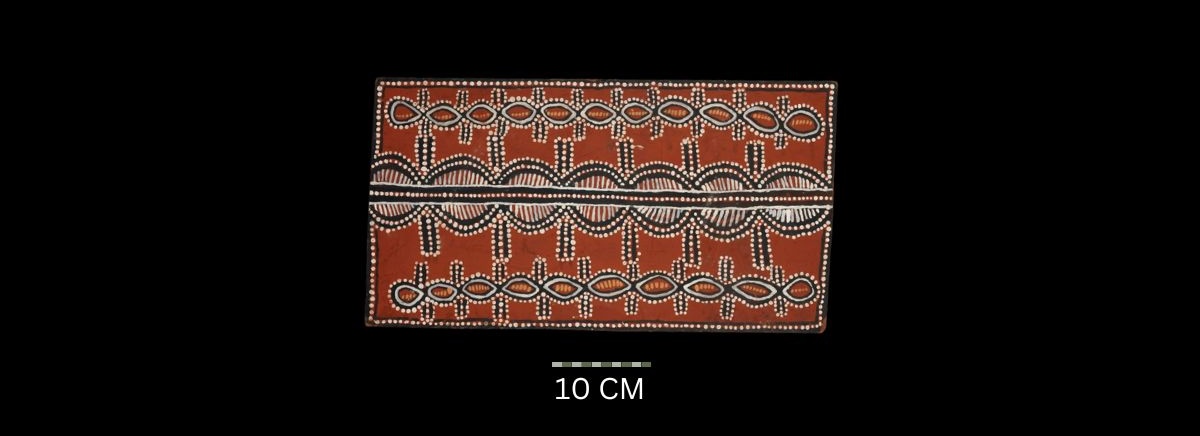
Sandhill Dancing Dreaming – Version 1 1971
Synthetic polymer paint on composition board, 47 x 25.5 cm (irreg)
Hammer Price: A$30,000
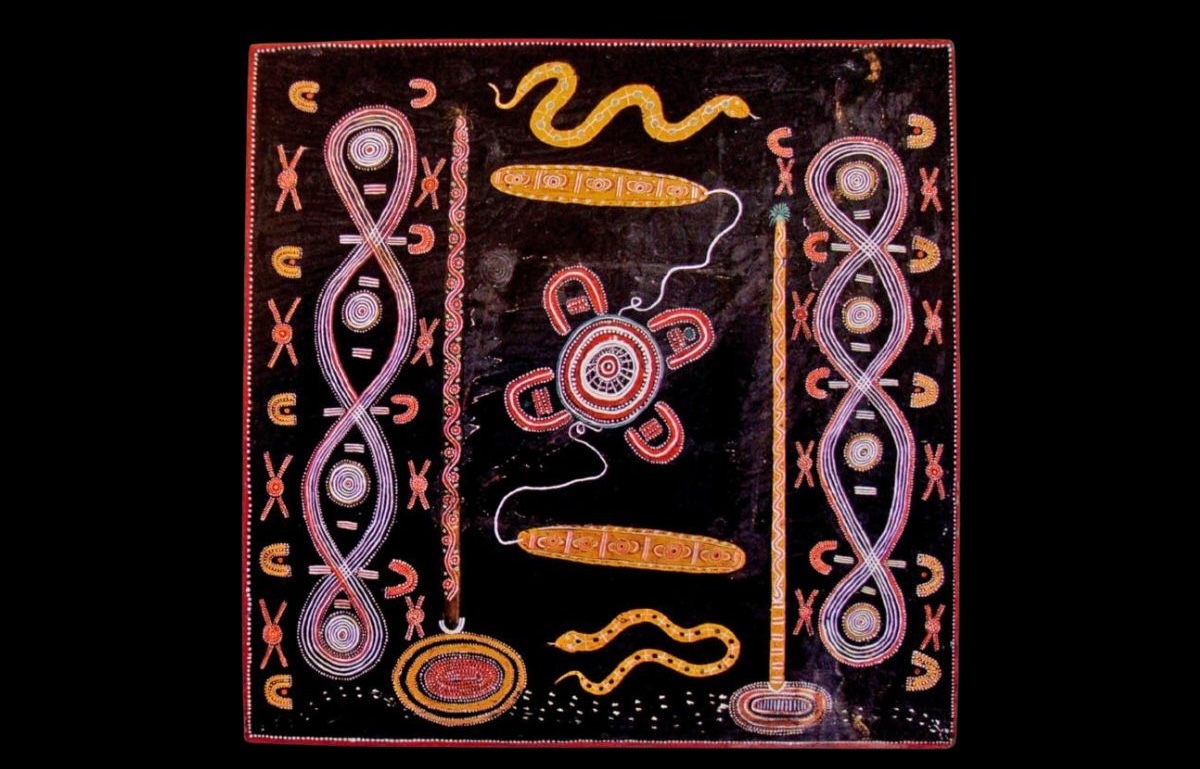
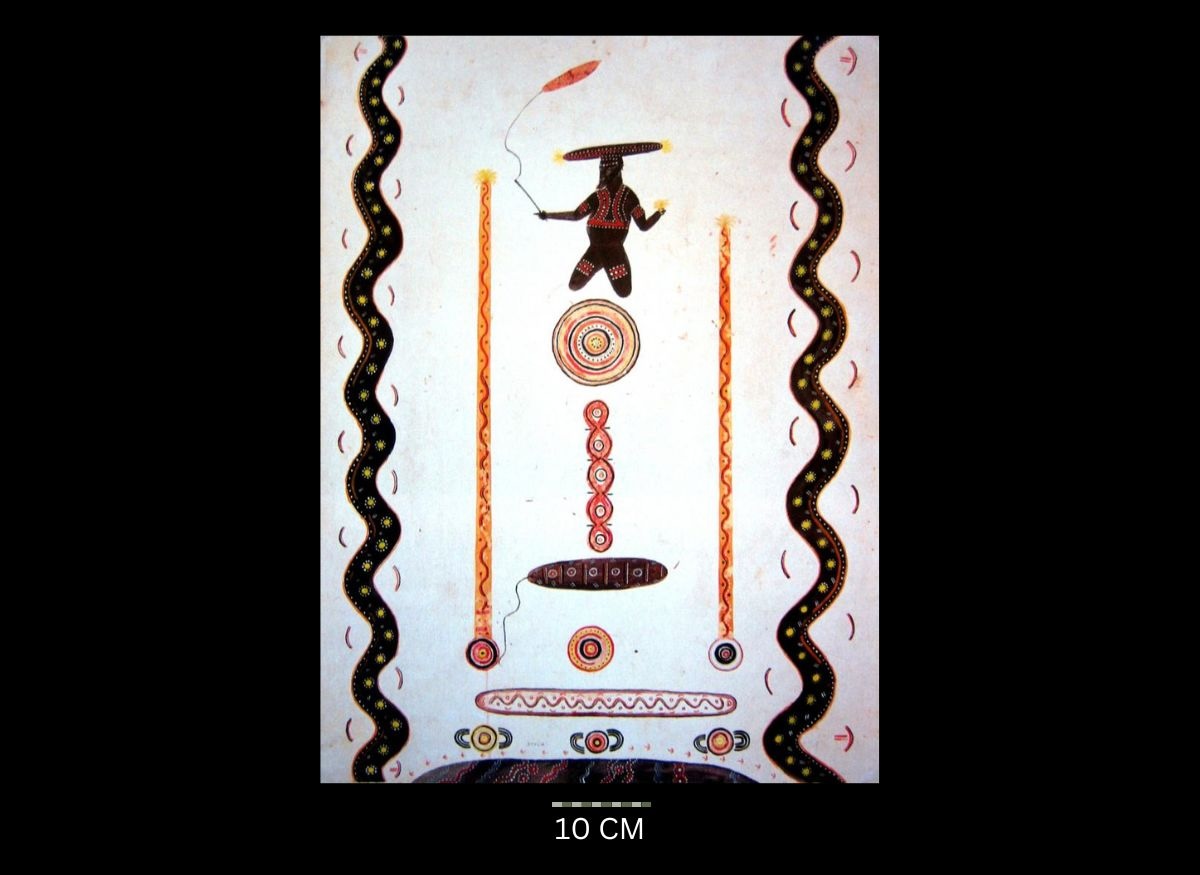
Untitled 1971
Synthetic polymer powder paint on fashion board, signed lower margin ‘Kopaa’, bears inscription ‘one primitive Karpa on fashion board’,
75 x 55 cm
Hammer Price: A$14,000
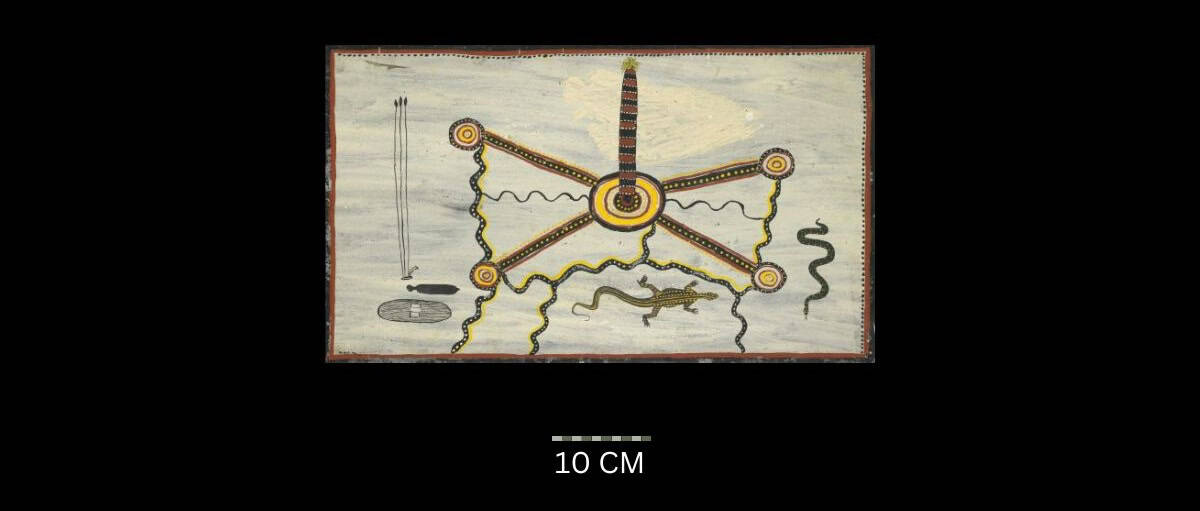

Rainbow Storm Dreaming 1971
Poster paint with PVA glue on composition board,
47 x 65 cm
Hammer Price: A$12,000
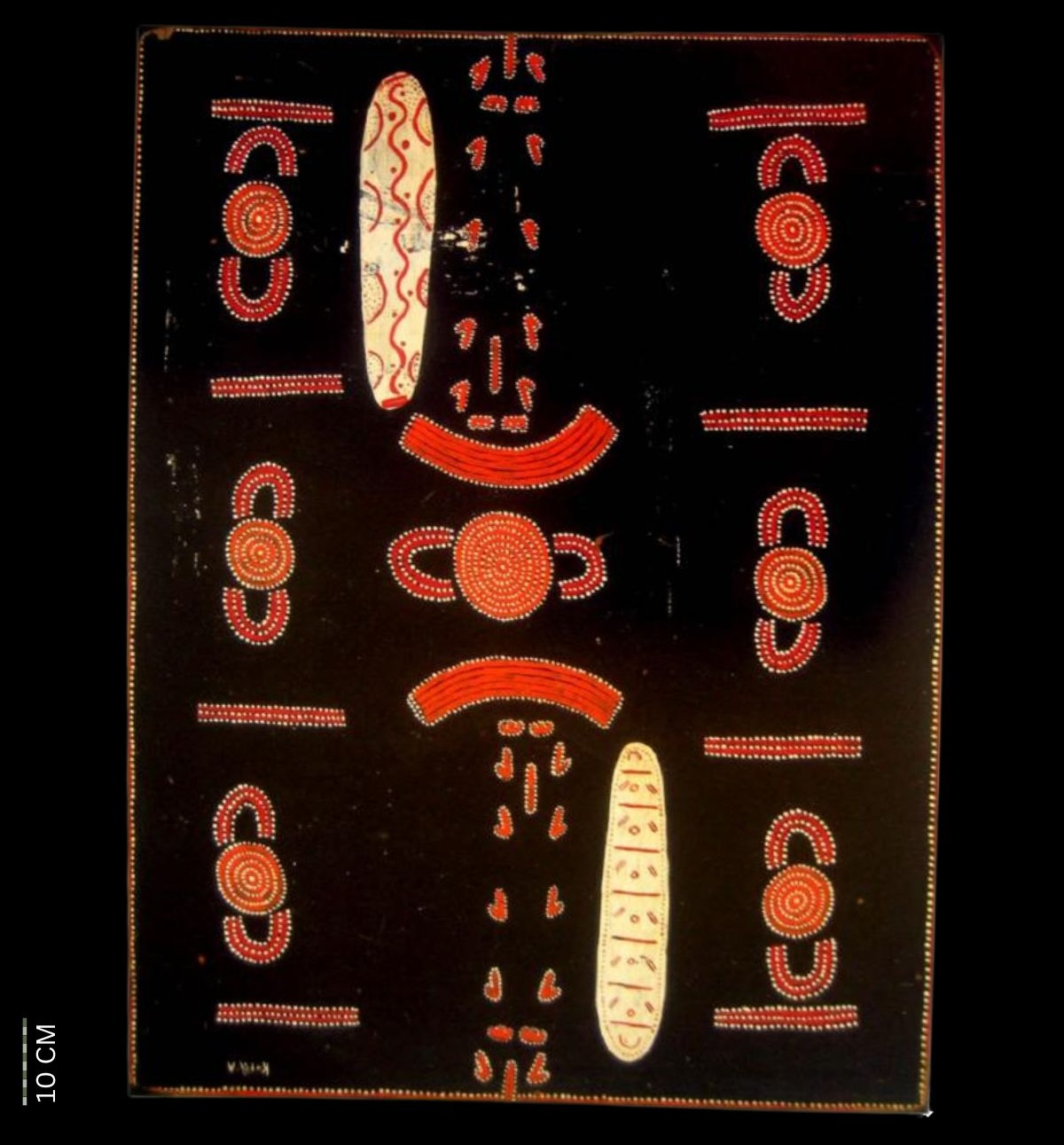
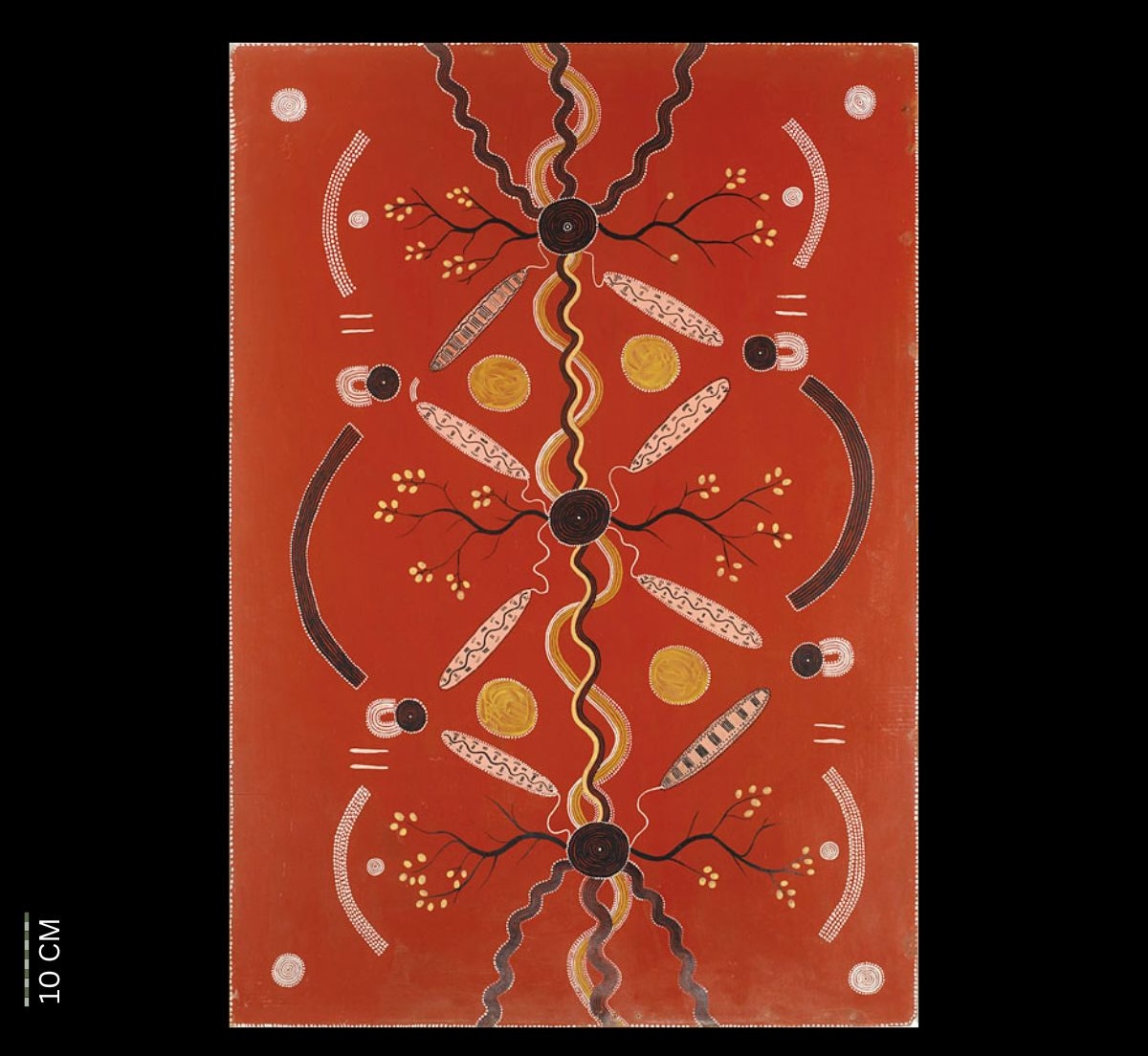
Wild Orange Dreaming 1971
Natural earth pigments and synthetic binder on composition board,
103 x 71 cm
Hammer Price: A$ 38,000
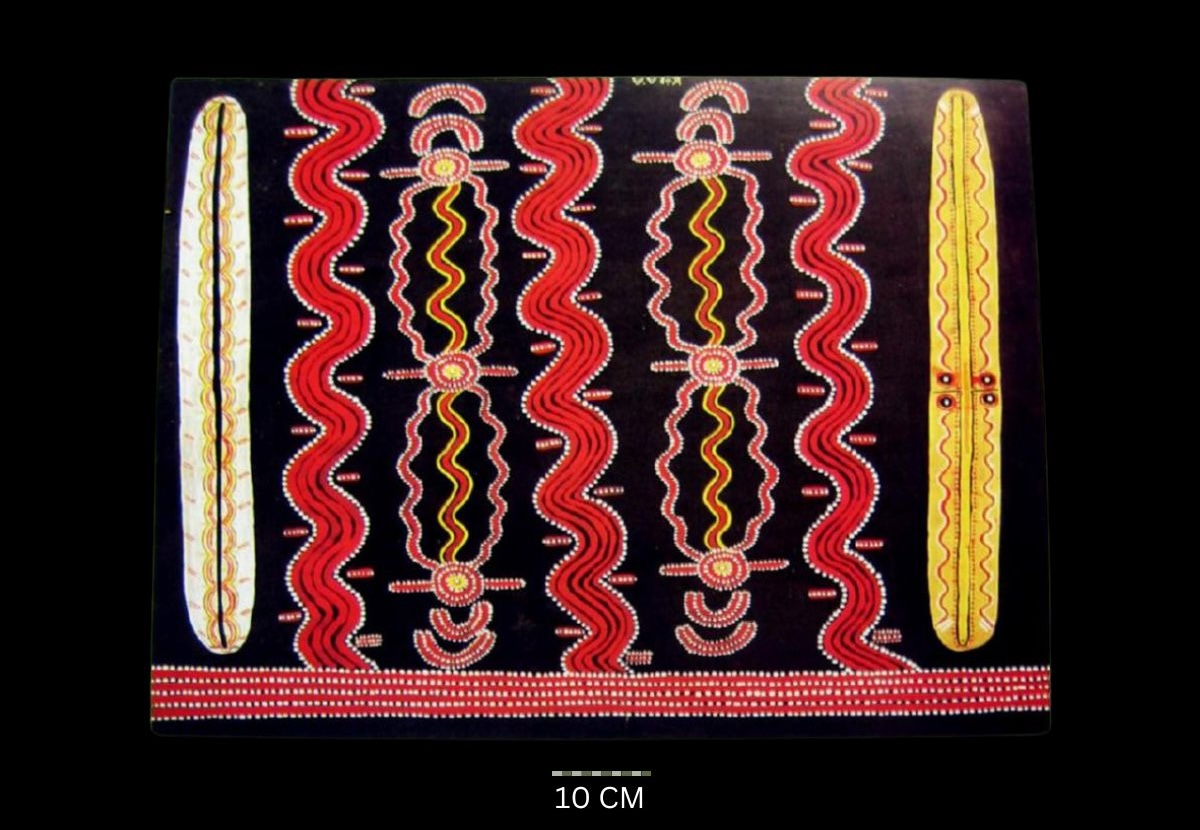
Water/Rain Dreaming at Mikantji 1971
Synthetic polymer powder paint on composition board, signed lower centre; bears number 33 on label on the reverse, 91.5 x 91.5 cm
Hammer Price: A$ 28,000
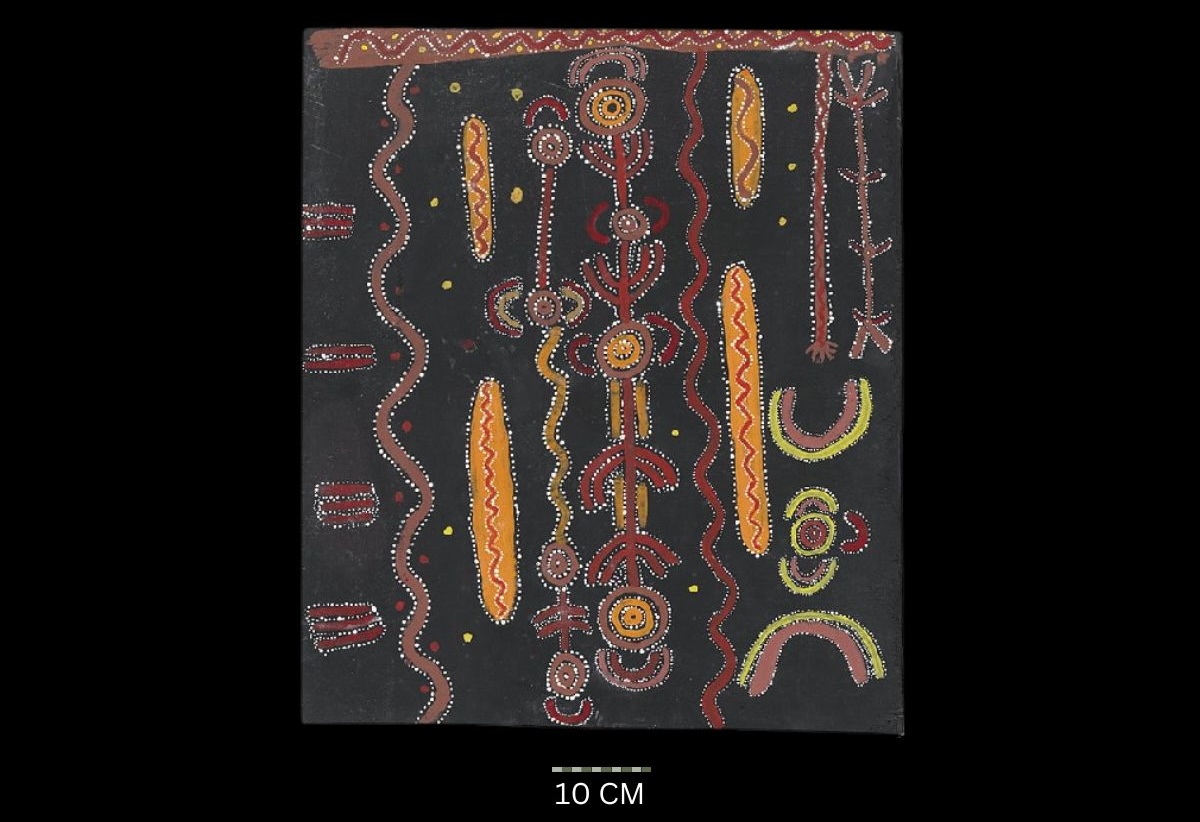
Untitled (1971)
Synthetic polymer paint on plywood, inscribed ’15’ in chalk and bears traces of another painting on verso,
70.7 x 61 cm
Hammer Price: A$ 30,000
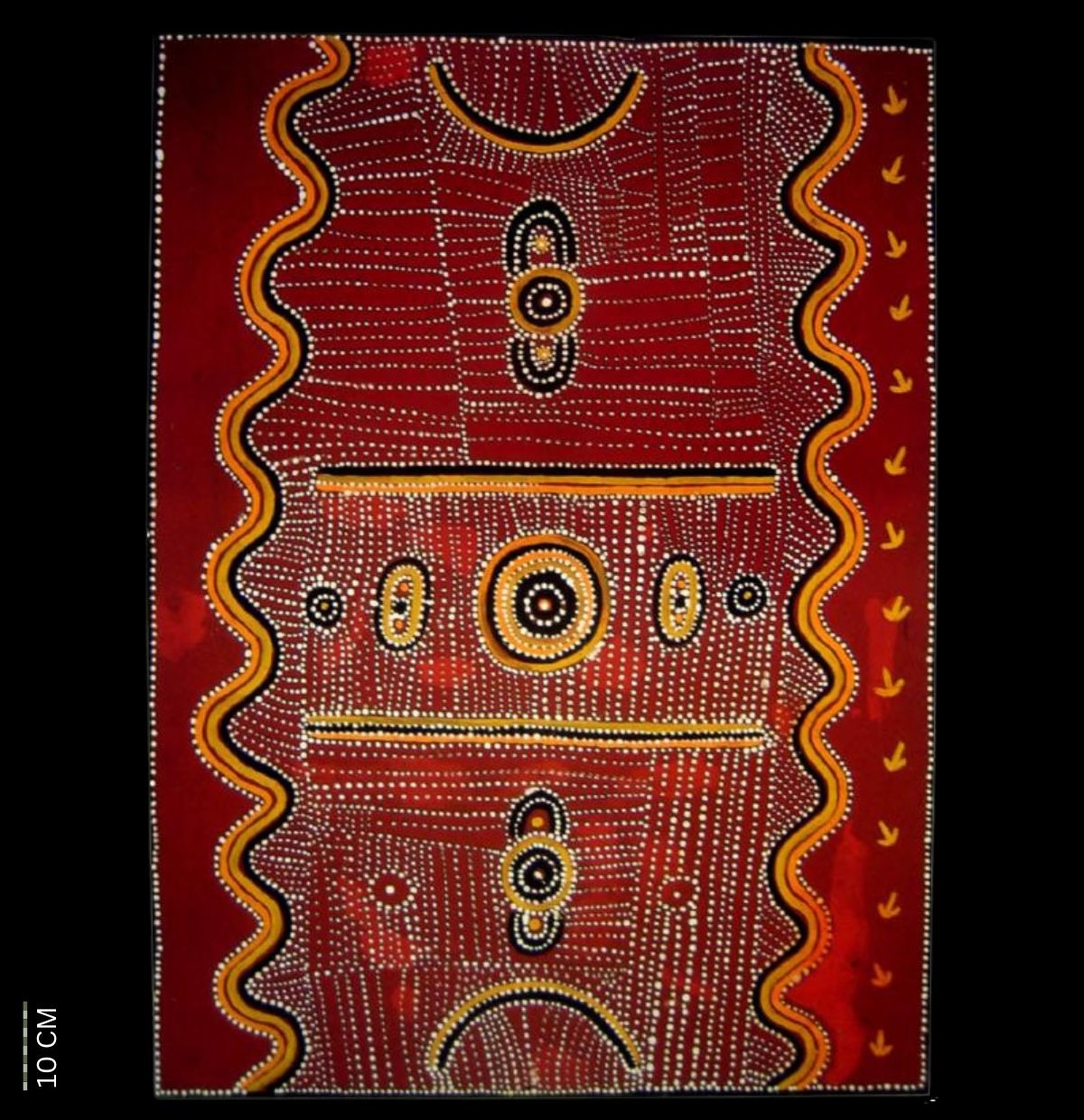
Emu Story 1971
Synthetic polymer paint on composition board,
122 x 91.5 cm
Hammer Price: A$21,000
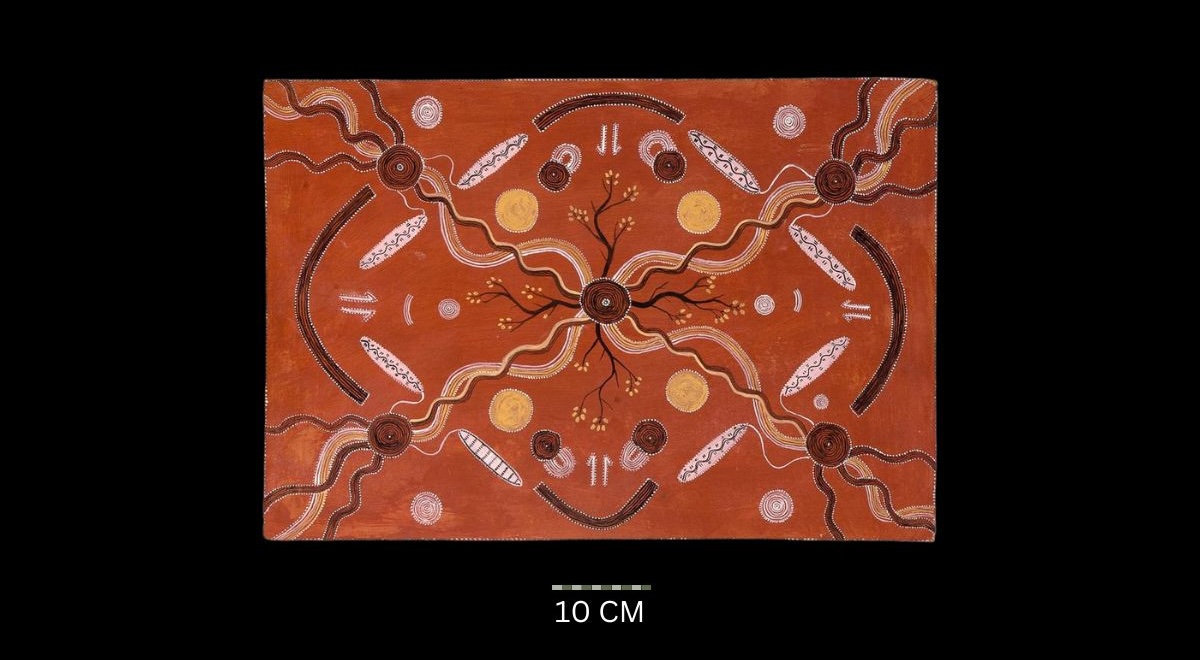
Wild Orange Dreaming (1971)
Natural earth pigments and synthetic polymer paint on composition board,
68 x 46.7 cm
Hammer Price: A$20,000
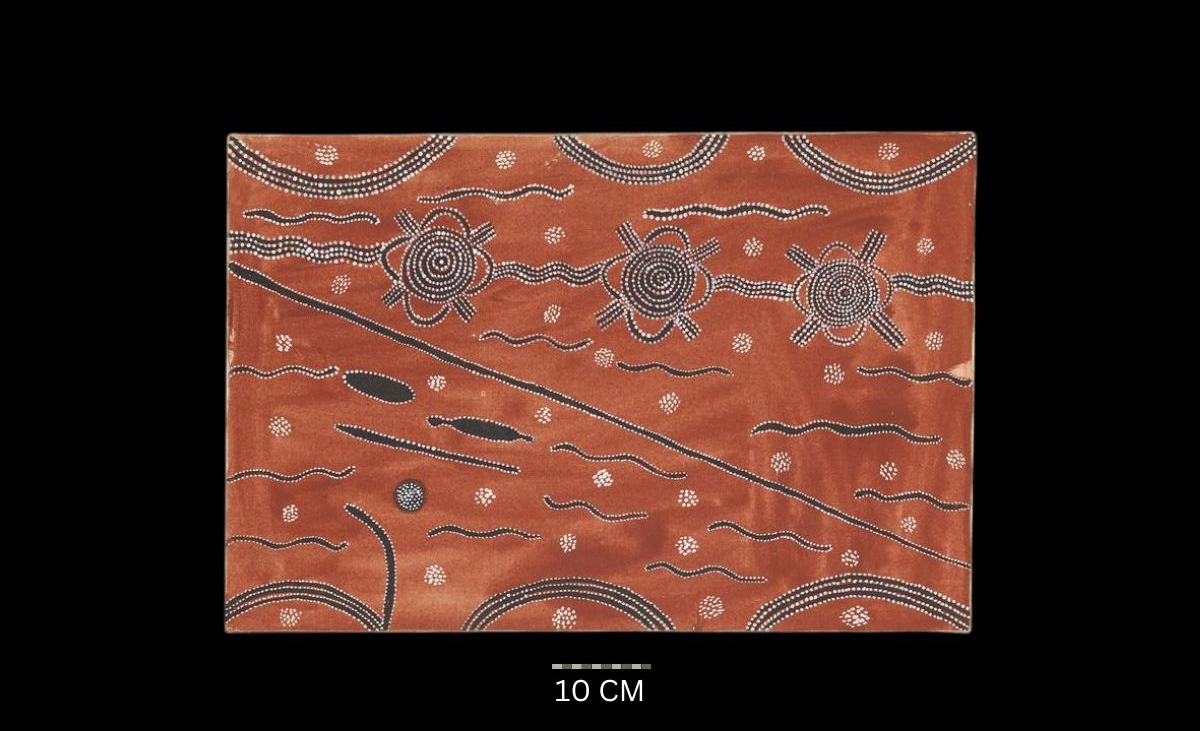
Man and Women’s Snake And Bush Tucker Dreaming, c. 1971
Synthetic polymer paint with binder on canvas,
76 x 50.5 cm
Hammer Price: A$16,000
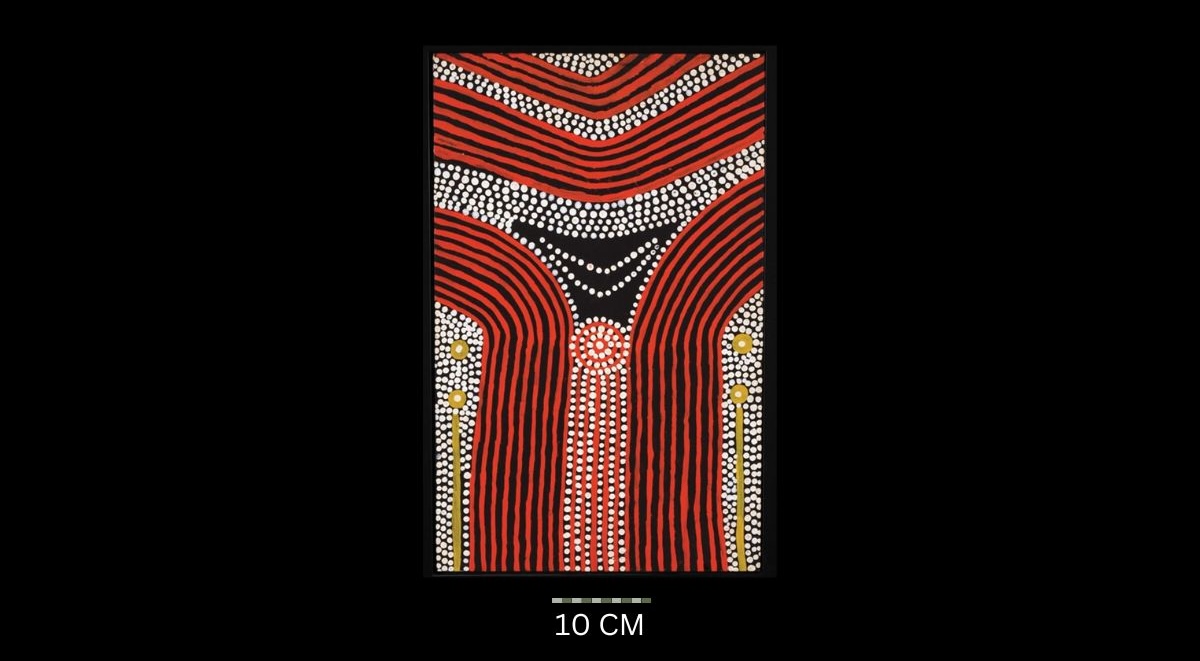
Wild Orange Body Painting 1971
Acrylic on board, with Stuart Art Centre number SAC3 on reverse,
35.5 x 22.5 cm
Hammer Price: A$21,500
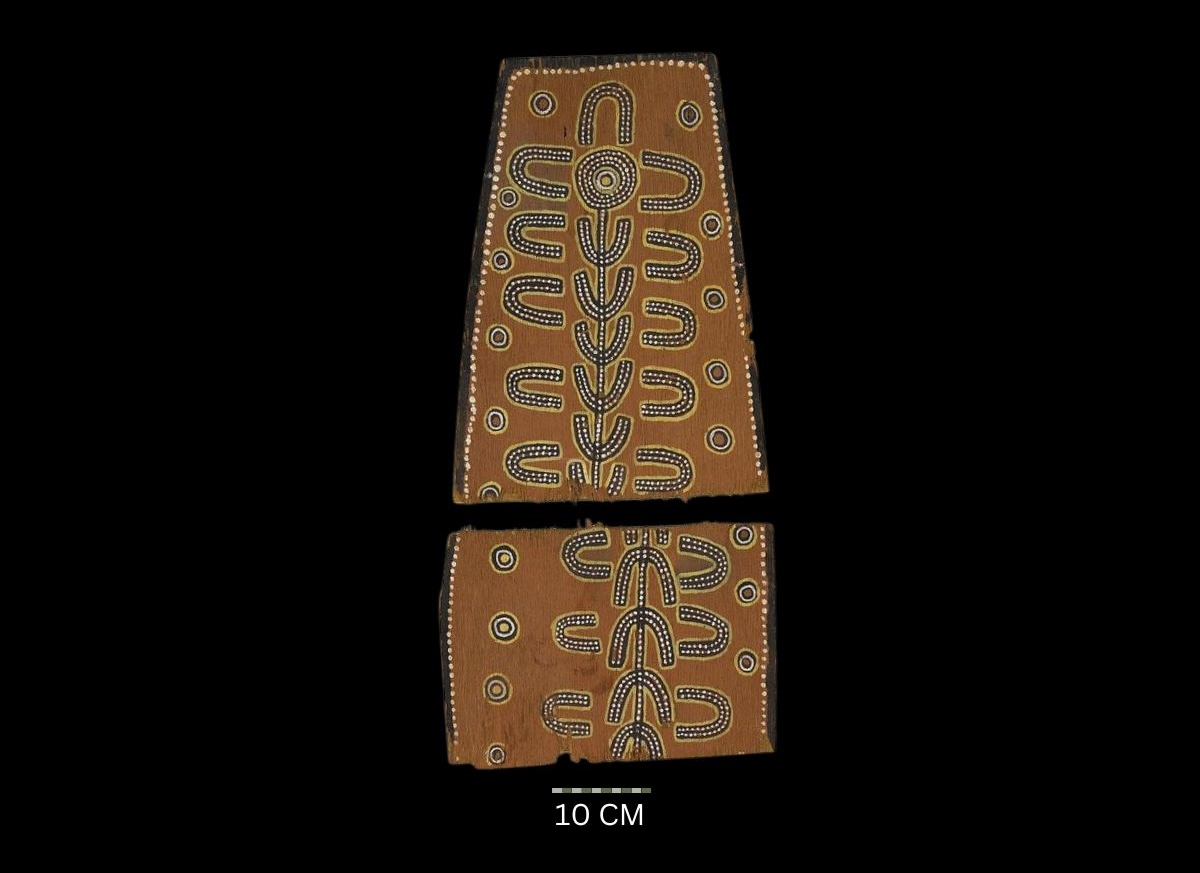
Honey Ant Travelling Dreaming (1971)
Natural earth pigments and bondcrete on composition board,
61 x 29 cm
Hammer Price: A$15,000
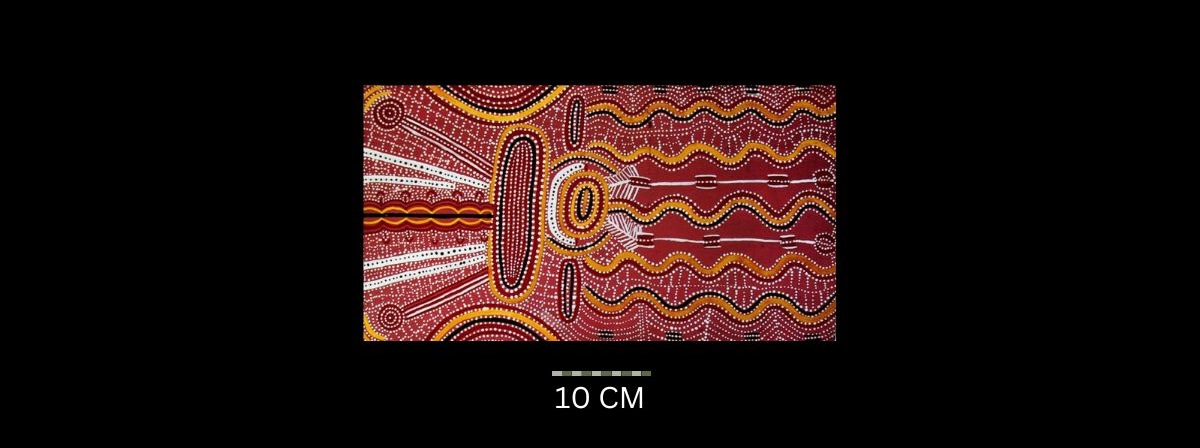
Rainbow Storm Dreaming 1971
Synthetic polymer powder paint, PVA and natural earth pigments on composition board, bears artist’s name, ‘Karpa Jambajimba’
47 x 25 cm
Hammer Price: A$10,000
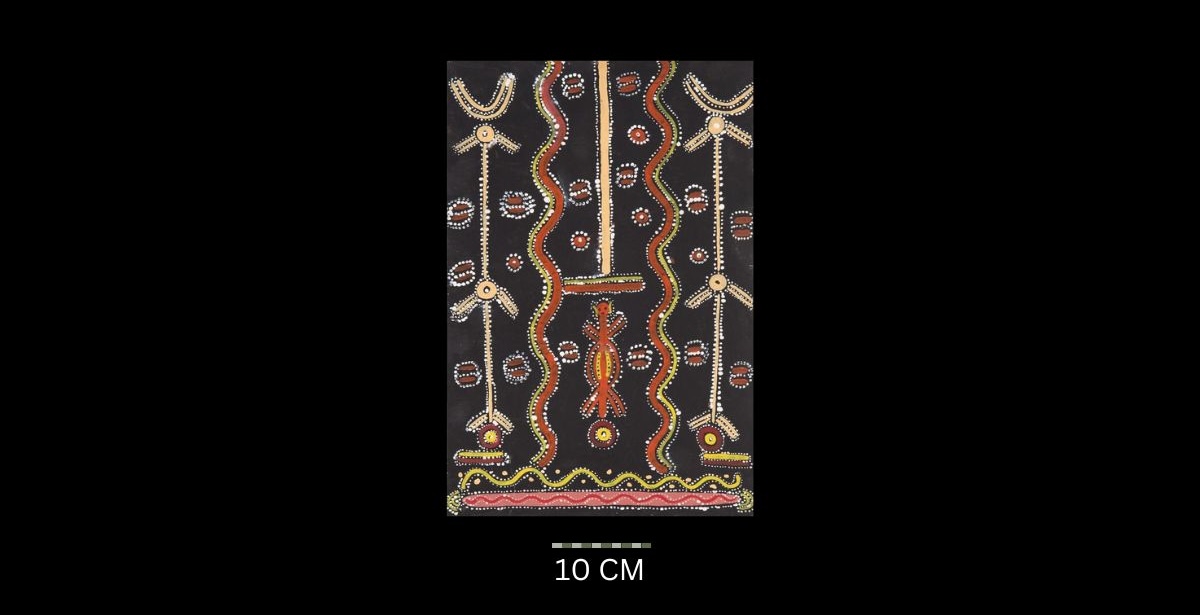
Untitled (The Happiness Spirit Ceremony) (1971)
Synthetic polymer paint on composition board, bears number 6 in chalk verso,
45.5 x 30.5 cm
Hammer Price: A$18,000
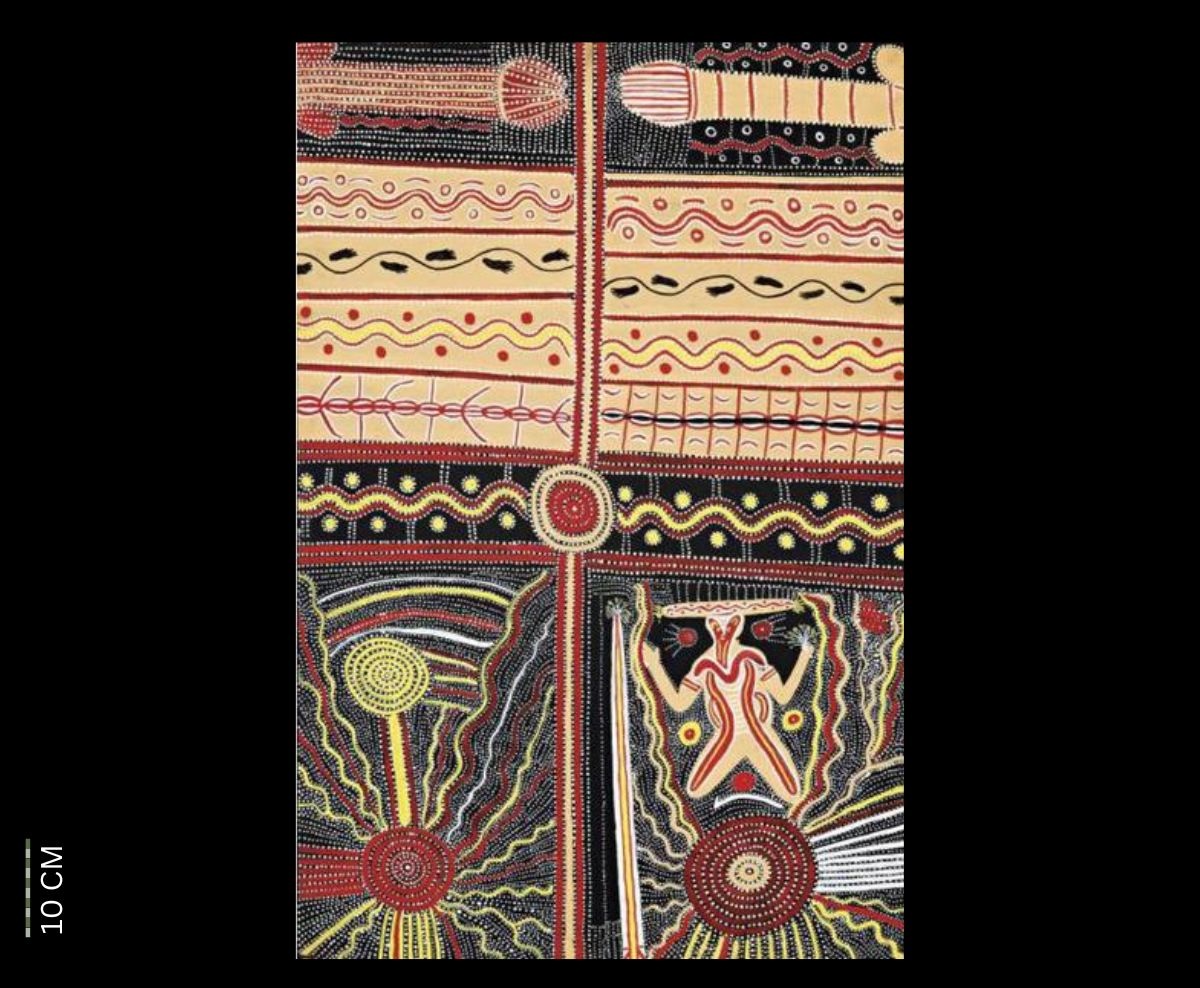
Medicine Painting 1971
Synthetic polymer powder paint and possibly enamel paint on composition board,
91.5 x 61 cm
UNSOLD

Untitled, 1971-72
Synthetic polymer paint on composition board, signed Kapa (sic) lower left; bears artist’s name Kapa (sic) together with the catalogue numbers 5 and 8 on the reverse,
28 x 28.5 cm
Hammer Price: A$3800
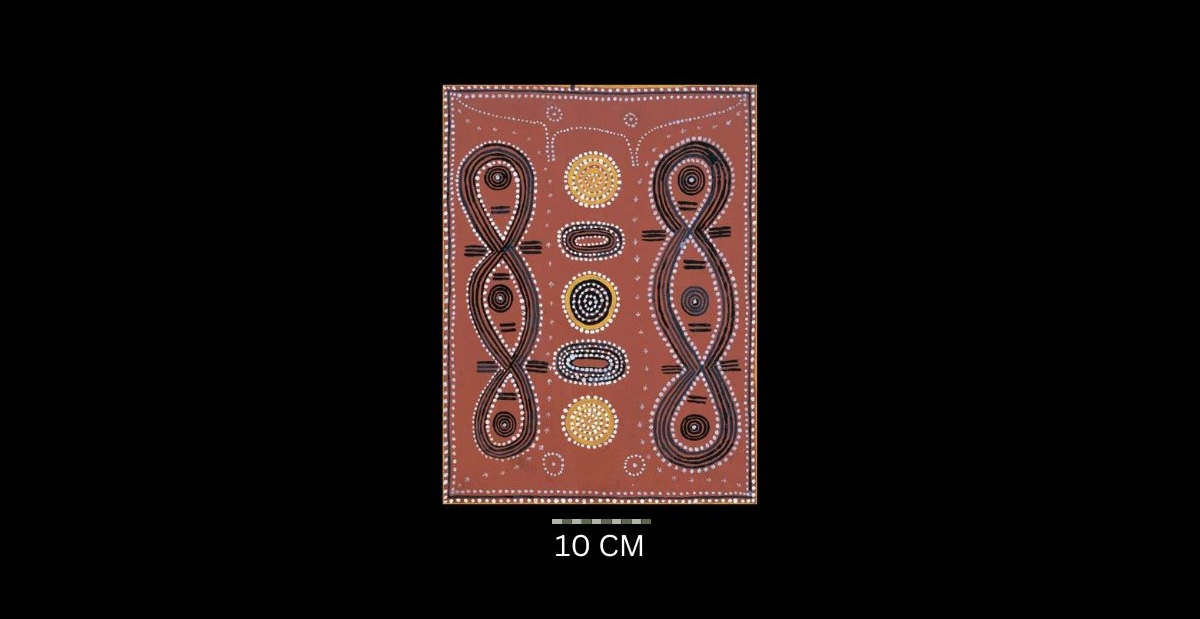
Birds in the Rain at Barrow Creek
Acrylic on composition board, with Stuart Art Centre number 22417 1/2 No. 2 on the reverse,
42 x 31.5 cm
Hammer Price: A$15,000
Dot Painting Emergence and Kaapa’s Divergence
By 1972, artists working alongside Kaapa in the Papunya art room, such as Johnny Warangkula Tjupurrula and Mick Namarari Tjapaltjarri, began developing the now-iconic dot field backgrounds that came to define much of Western Desert art. These dense dot patterns introduced a new kind of abstraction, shifting the focus from traditional ceremonial iconography to layered optical depth and contemporary abstract visual language.
Kaapa, however, was less inclined toward this stylistic shift. Influenced by his background in churinga carving—where dotting was rarely used—he favored small arrows, curved lines, and precise dot rows to subtly enhance his monochromatic compositions. This restrained approach preserved the sacred geometry and spiritual intention of his earlier works, setting him apart from his increasingly abstract contemporaries.
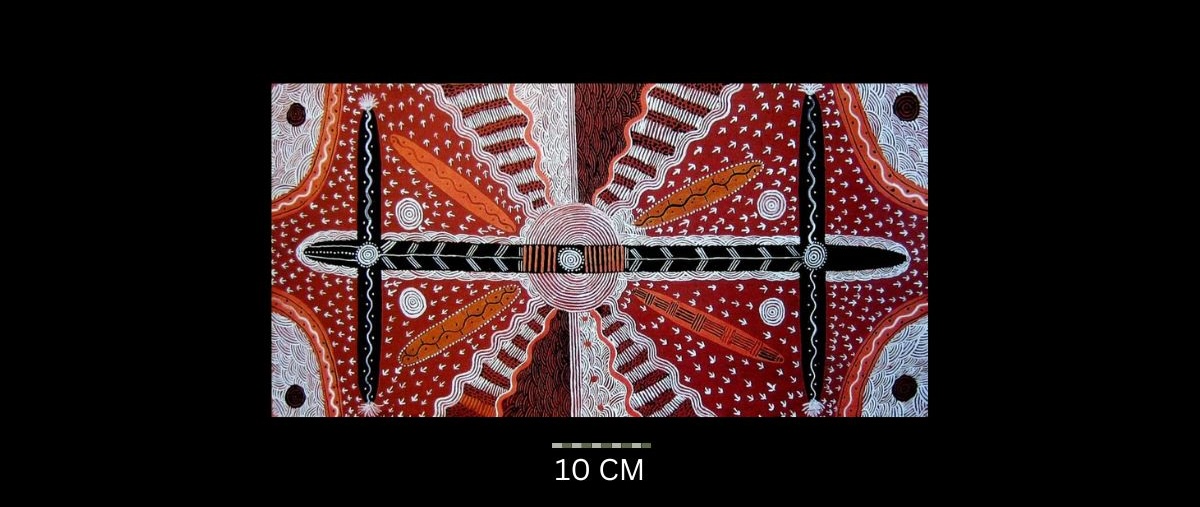
Untitled 1972
Synthetic polymer/powder paint on masonite
No size recorded
Hammer Price: A$9,500
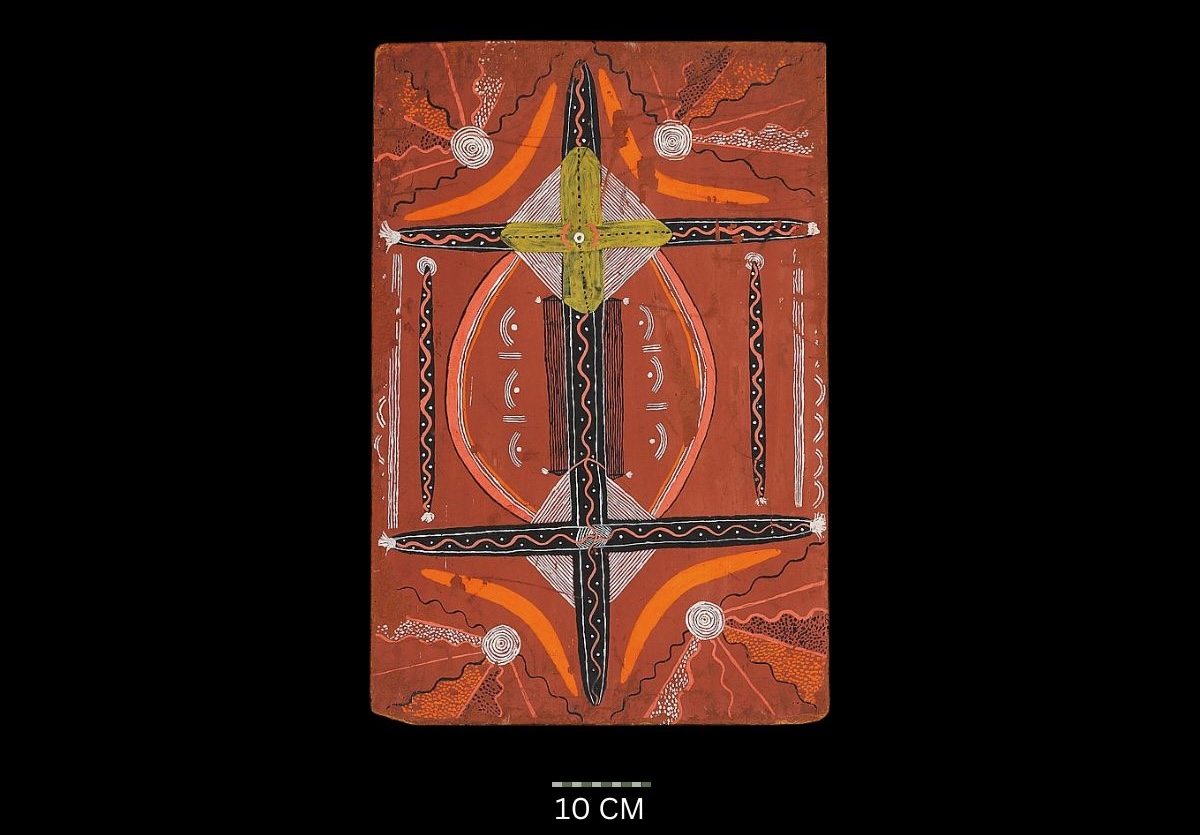
Budgerigar Dreaming (1972)
Synthetic polymer paint on composition board,
47.6 x 31.8 cm
Hammer Price: A$ 29,000
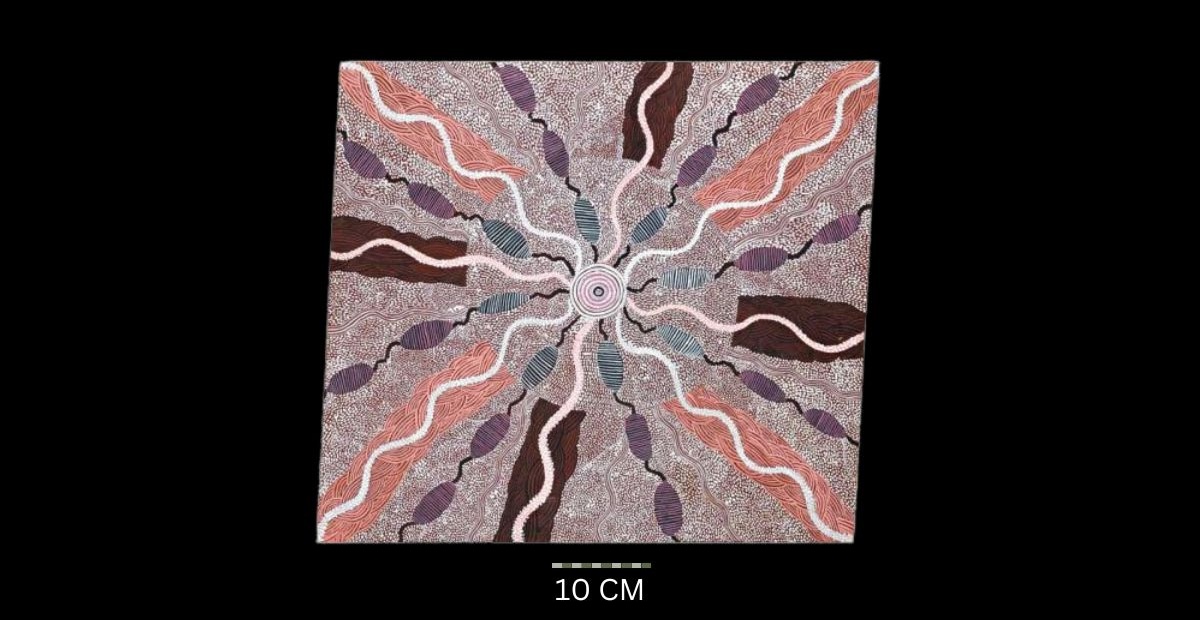
Yala 1972
Synthetic polymer paint on composition board, bears artist’s name, Stuart Art centre consignment number 19278A
57 x 51.5 cm
Hammer Price: A$30,000
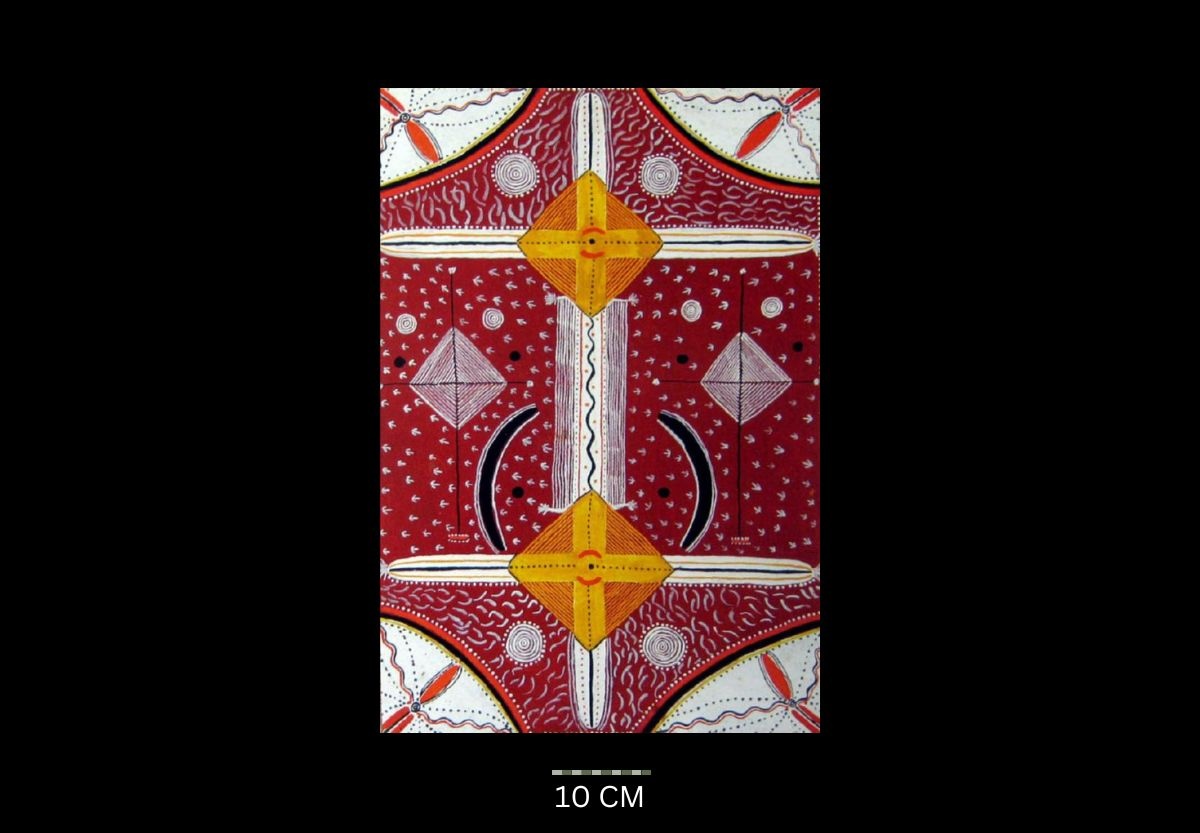
Budgerigar Dreaming 1972
Synthetic polymer powder paint on board,
44 x 30 cm
Hammer Price: A$ $30,000
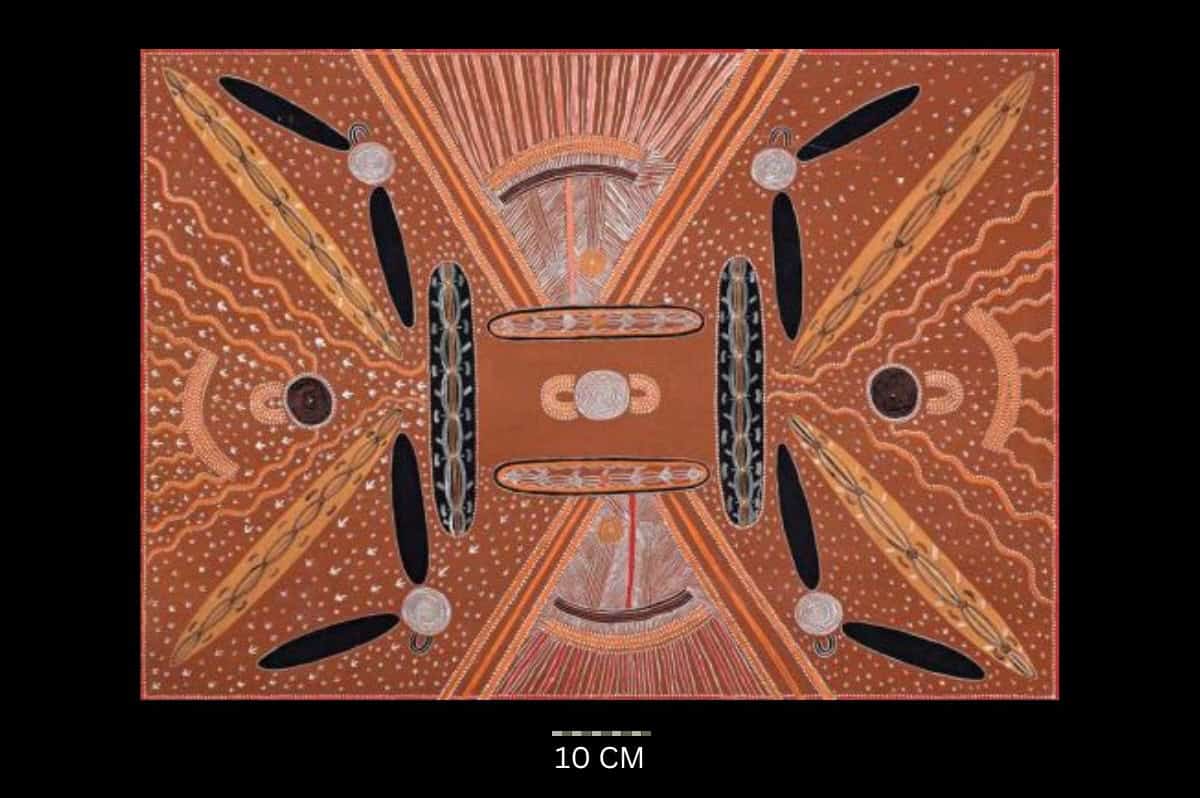
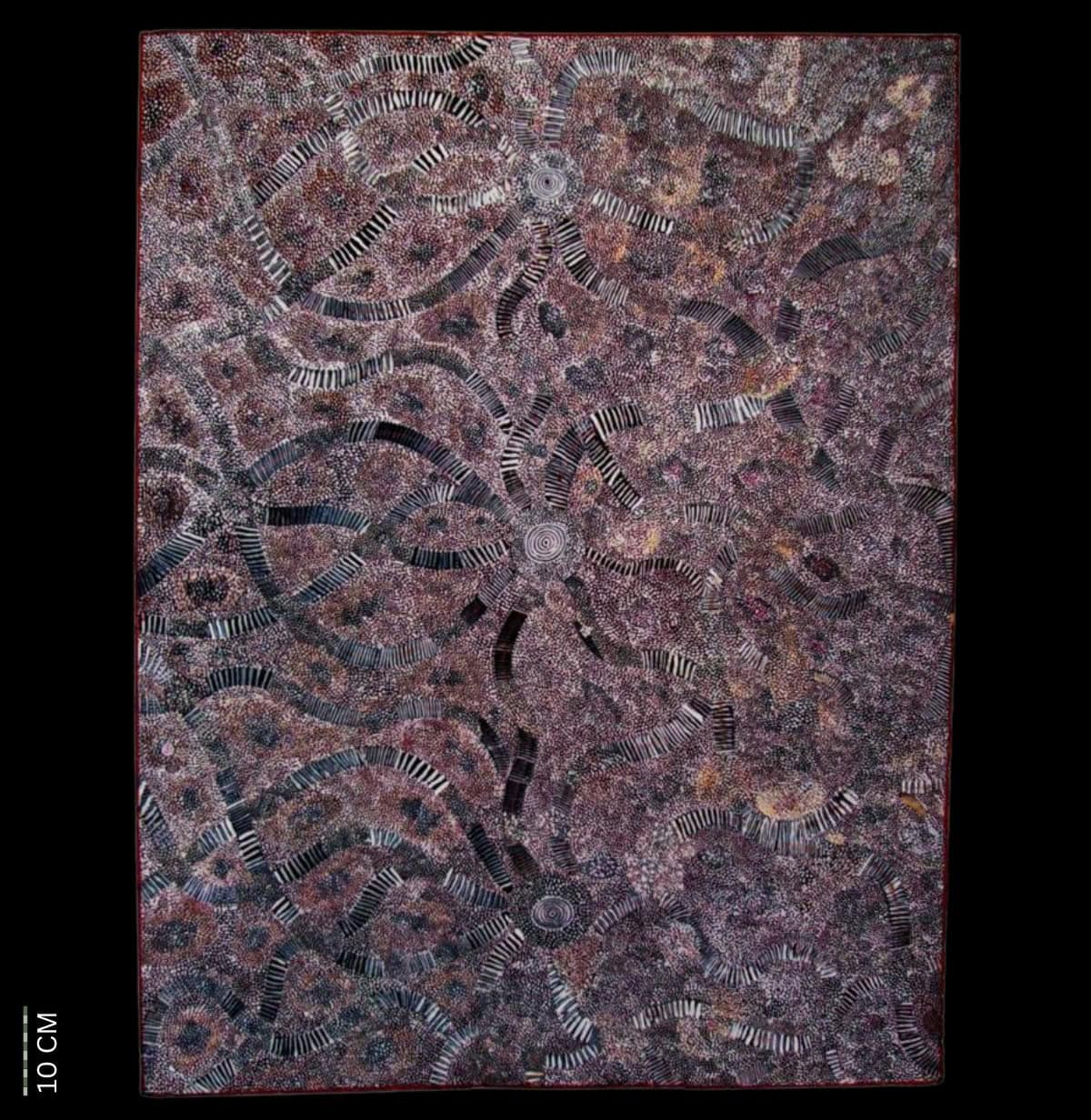
Ngalyilpi (A Small Snake) Dreaming 1972
Synthetic polymer powder paint on composition board, bears artist’s name ‘Karpa Tjampajinpa’ (sic) and dated ’12/72′ in pencil, and signed ‘KAoAA’ in chalk and ‘KoAAA’ in black paint, and bears artist’s name ‘Karpa’ and consignment number 20059 in blue chalk on the reverse (Probably assisted by Tim Leura Tjapaltjarri),
121.5 x 95 cm
Hammer Price: A$130,000

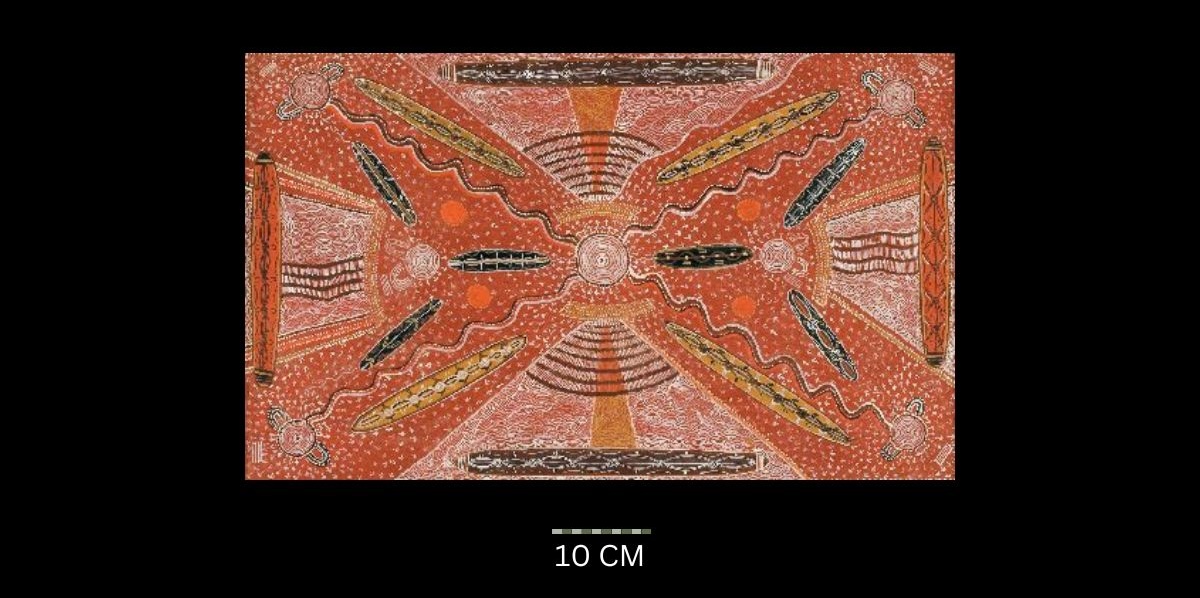

Untitled (1972)
Synthetic polymer paint on composition board,
91 x 31 cm
Hammer Price: A$50,000
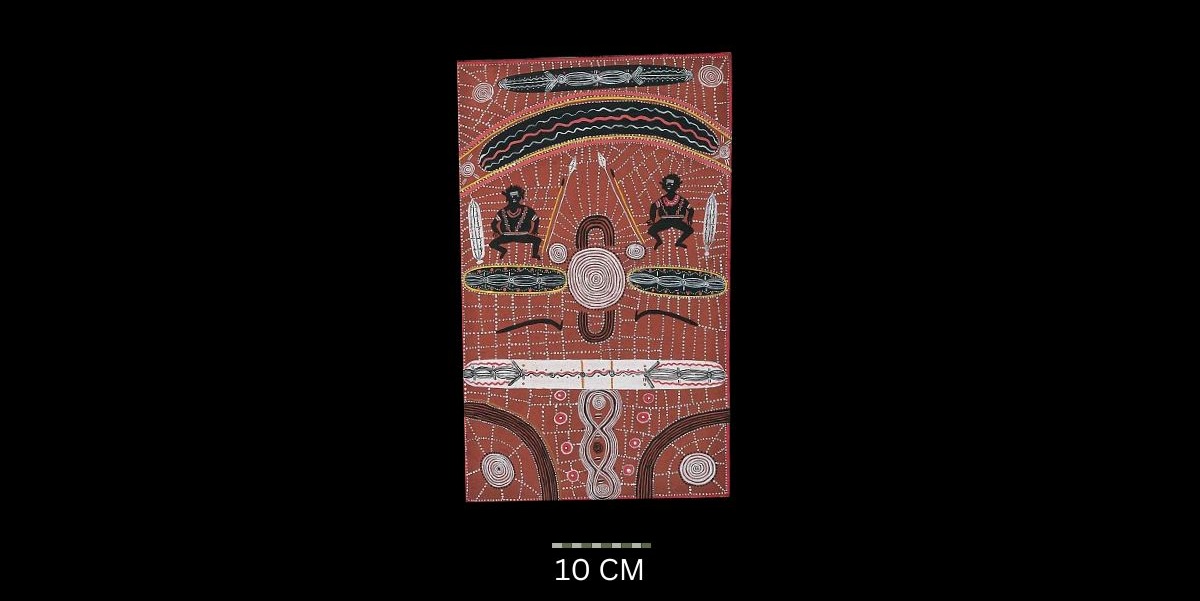
Corroboree Boys 1972
Synthetic polymer paint on composition board, bears artist’s name on the reverse, 44 x 27.5 cm
Hammer Price: A$20,000
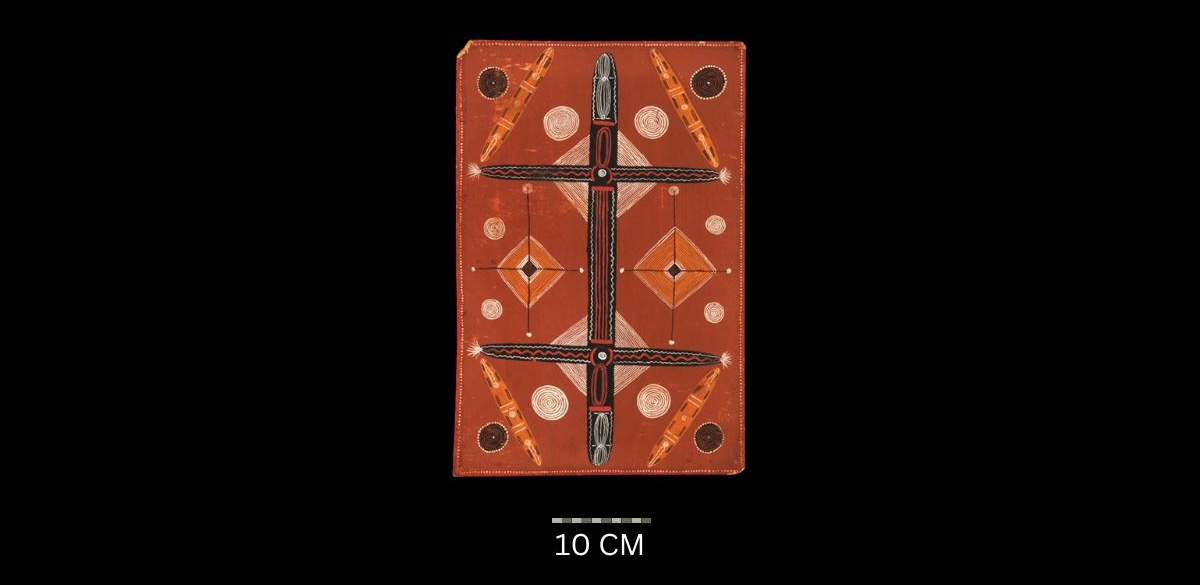
Budgerigar Dreaming (Version 8) 1972
Synthetic polymer paint and natural earth pigments on composition board,
37 x 31 cm
Hammer Price: A$25,000

Bushfire Dreaming
Undated but assumed to be 1972 -1973
Synthetic polymer paint on canvas, bears signed Stuart Art Centre consignment no. 19193 on the reverse,
51 x 76 cm
UNSOLD
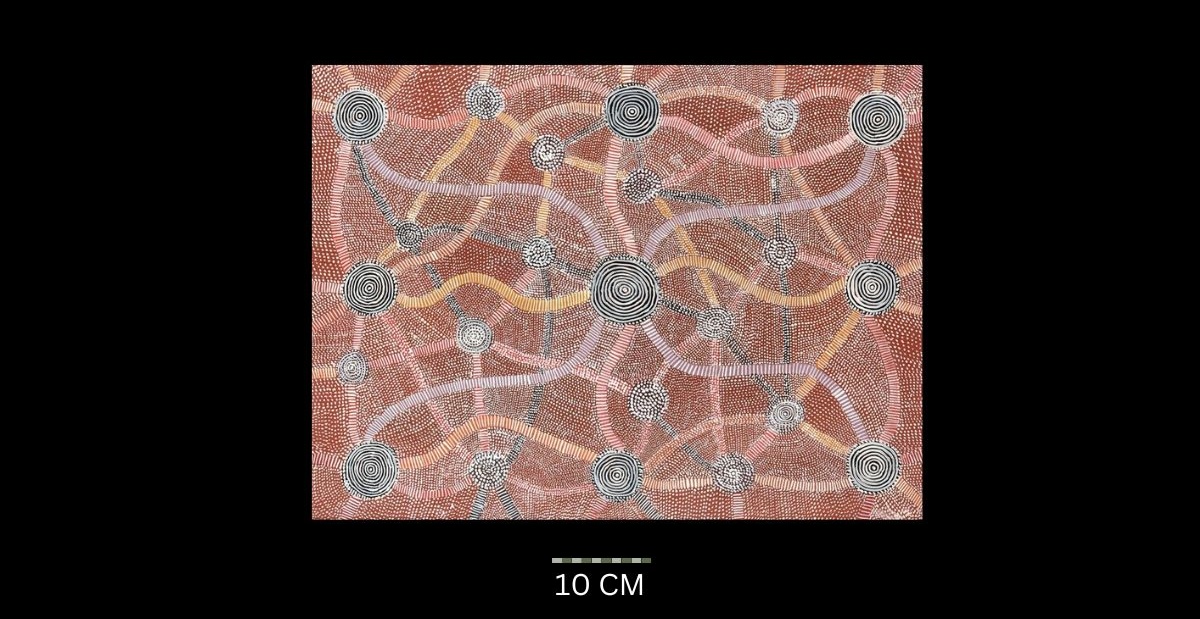
Untitled (1972)
Synthetic polymer powder paint on compostion board,
61 x 45.7 cm
Hammer Price: A$24,000
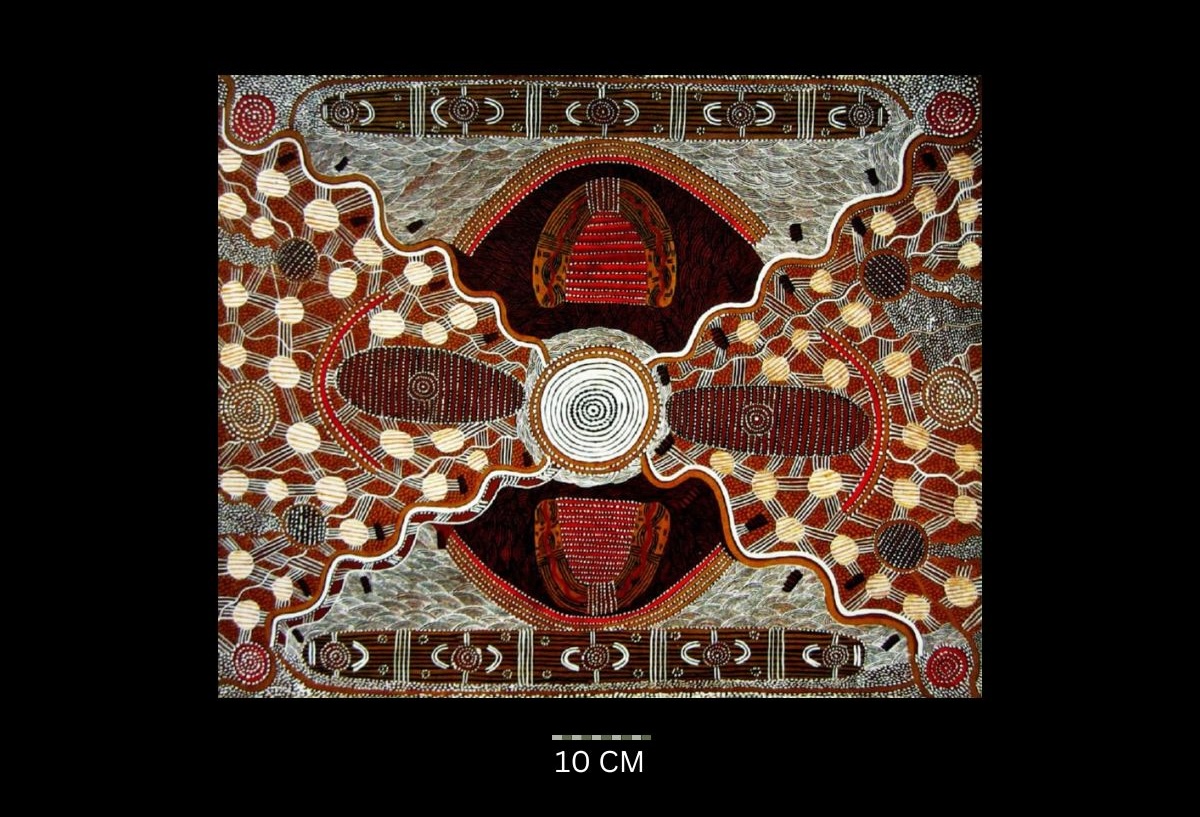
Water Dreaming at Mikantji 1972
Synthetic polymer paint on canvas, bears Stuart Art Centre consignment number 19192 on stretcher on reverse,
76 x 60.5 cm
Hammer Price: A$20,000
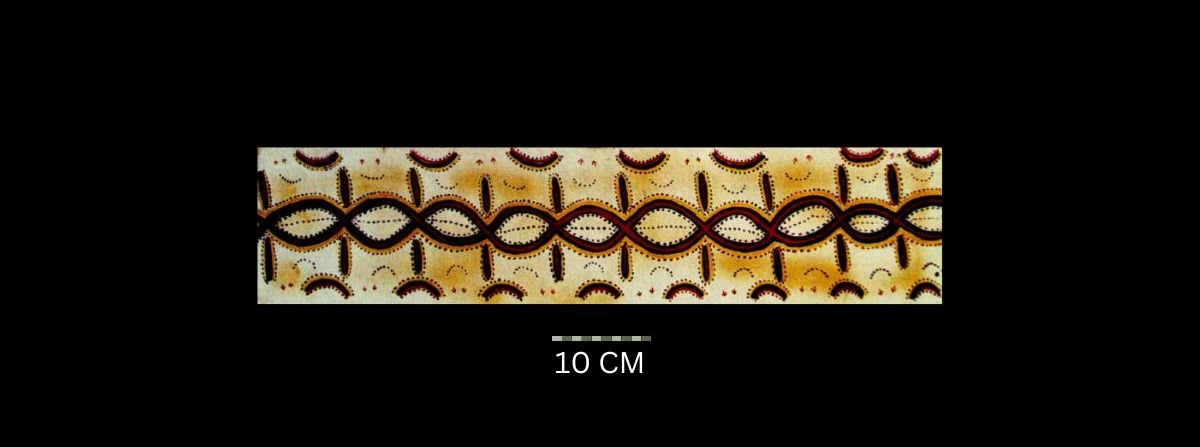
Eagle Hawk Totem 1972
Synthetic polymer paint on plywood, bears remnants of a Papunya settlement label
68 x 15 cm
Hammer Price: A$6,500
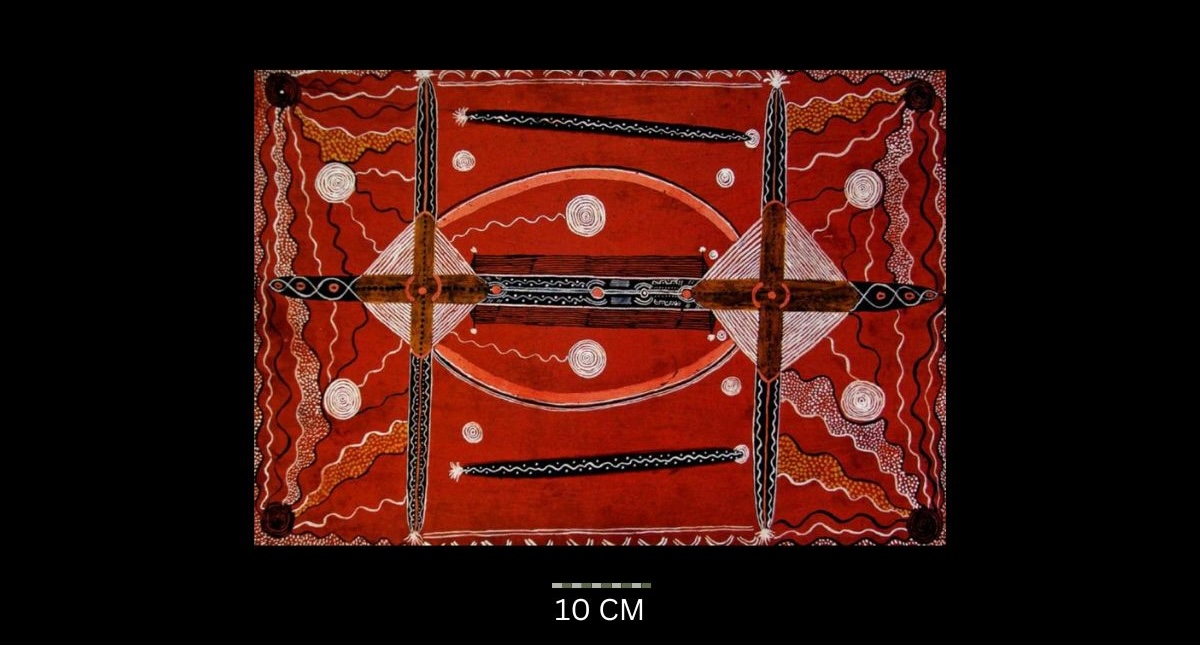
Budgerigar Dreaming 1972
Synthetic polymer powder paint and natural earth pigments with PVA on composition board,
47.5 x 32 cm
UNSOLD
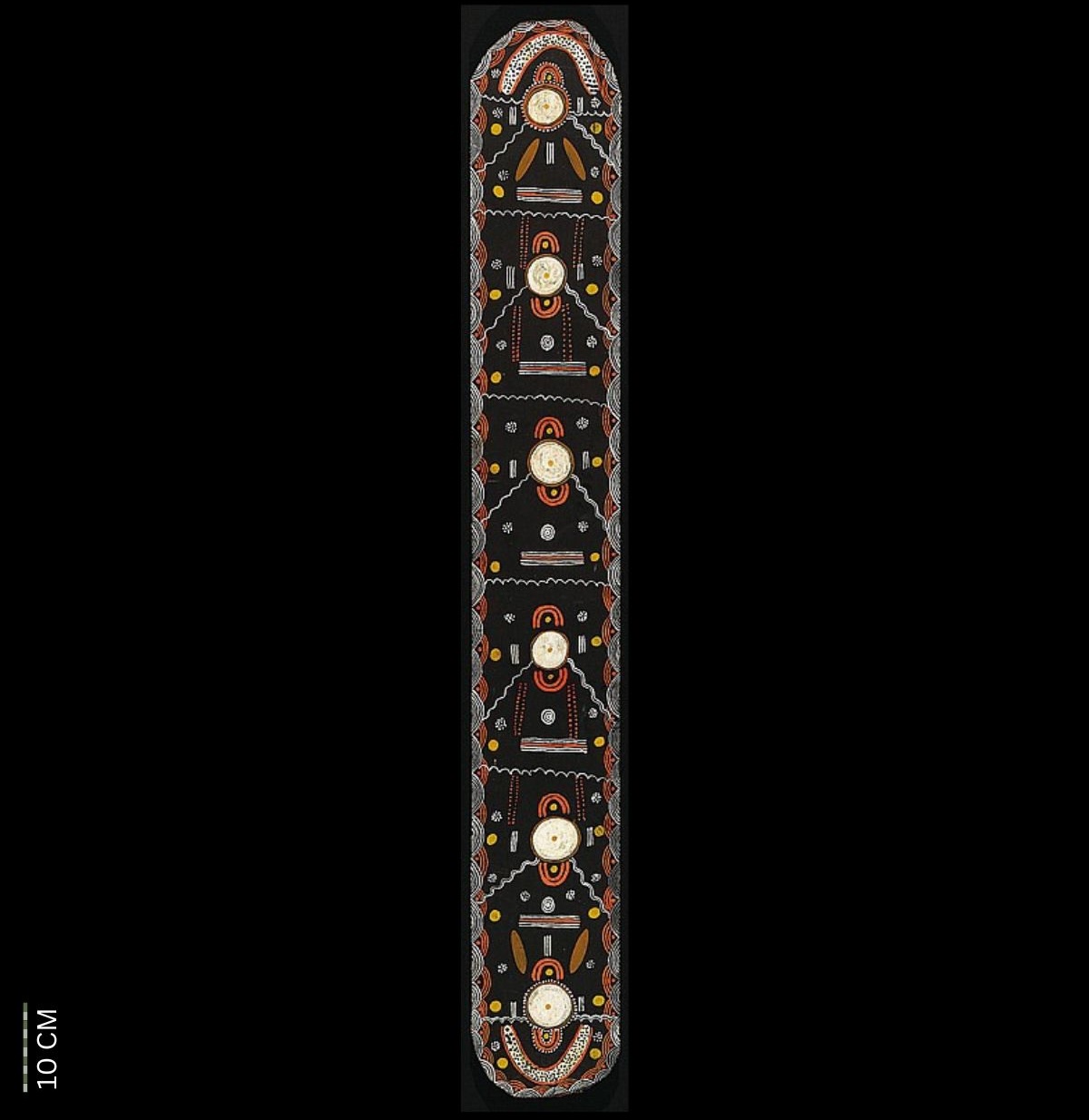
Untitled (1972)
Synthetic polymer paint on composition board,
88.5 x 12.2 cm
Hammer Price: A$19,000
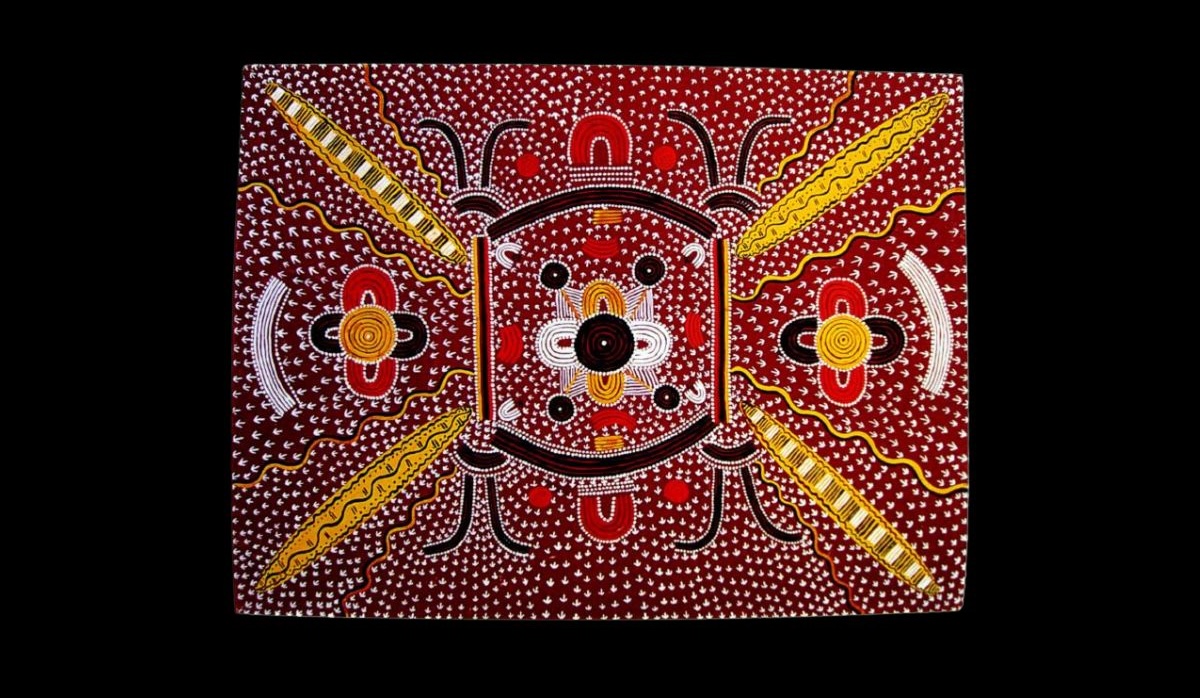
Budgerigar Dreaming 1972
Synthetic polymer powder paint on composition board
Size not recorded
Hammer Price: A$20,000
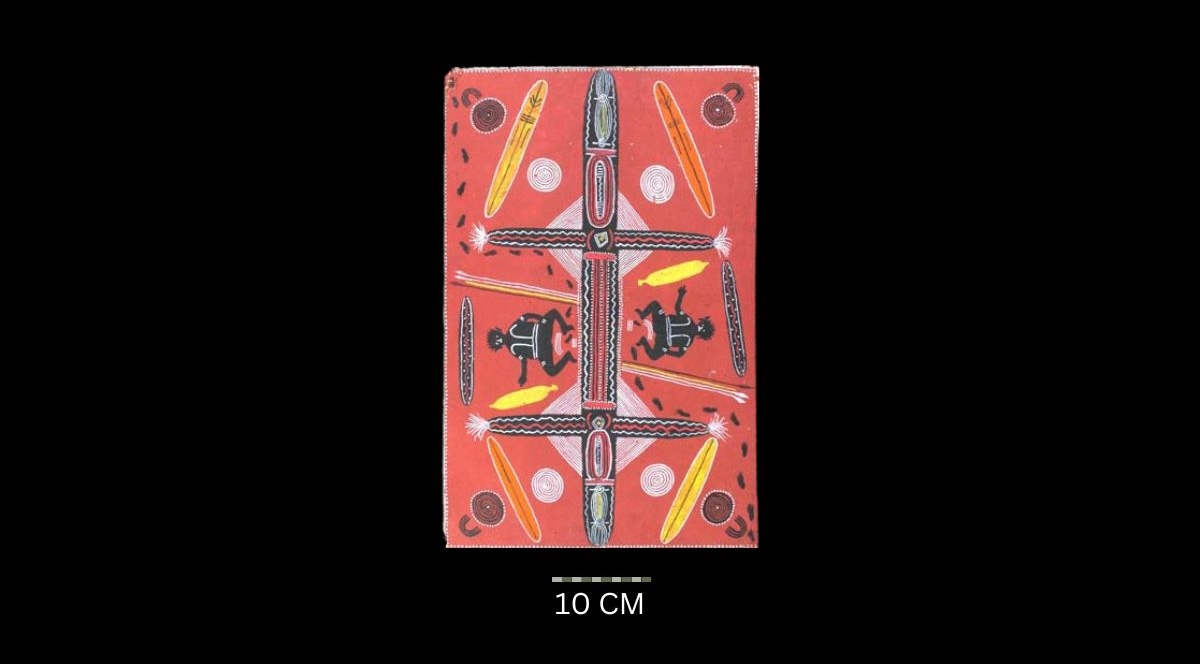
The Corroboree Story
Not dated but assumed to be 1972
Synthetic polymer paint on composition board,
37 x 31 cm
Hammer Price: A$17,800
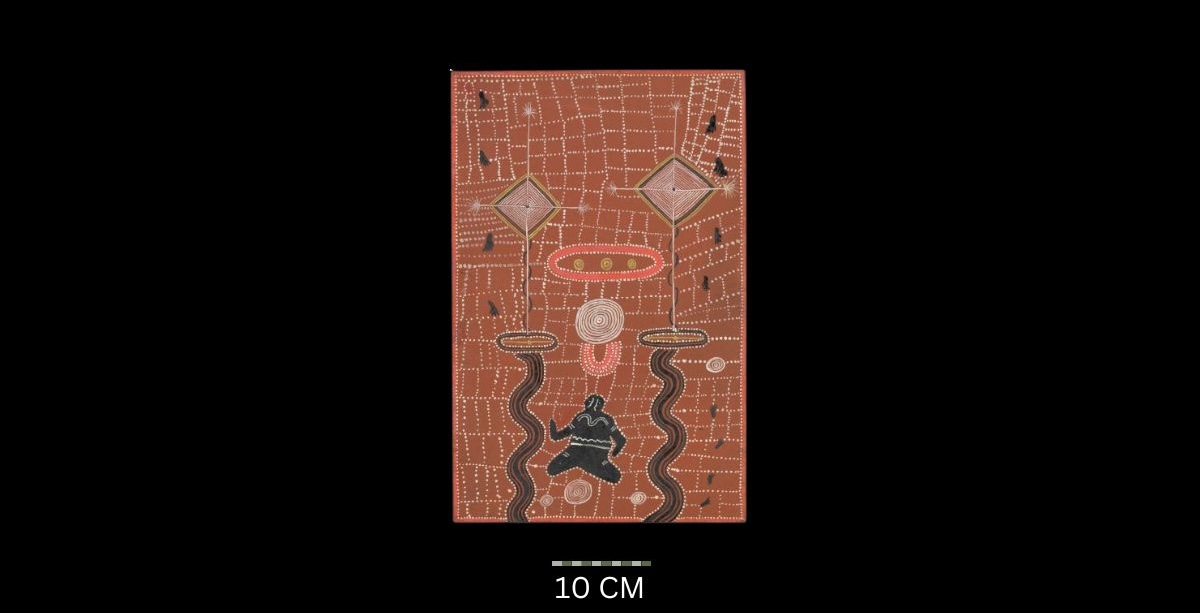
Children’s Water Dreaming
1972
Synthetic polymer paint/powder paint on composition board,
46 x 30 cm
Hammer Price: A$22,000
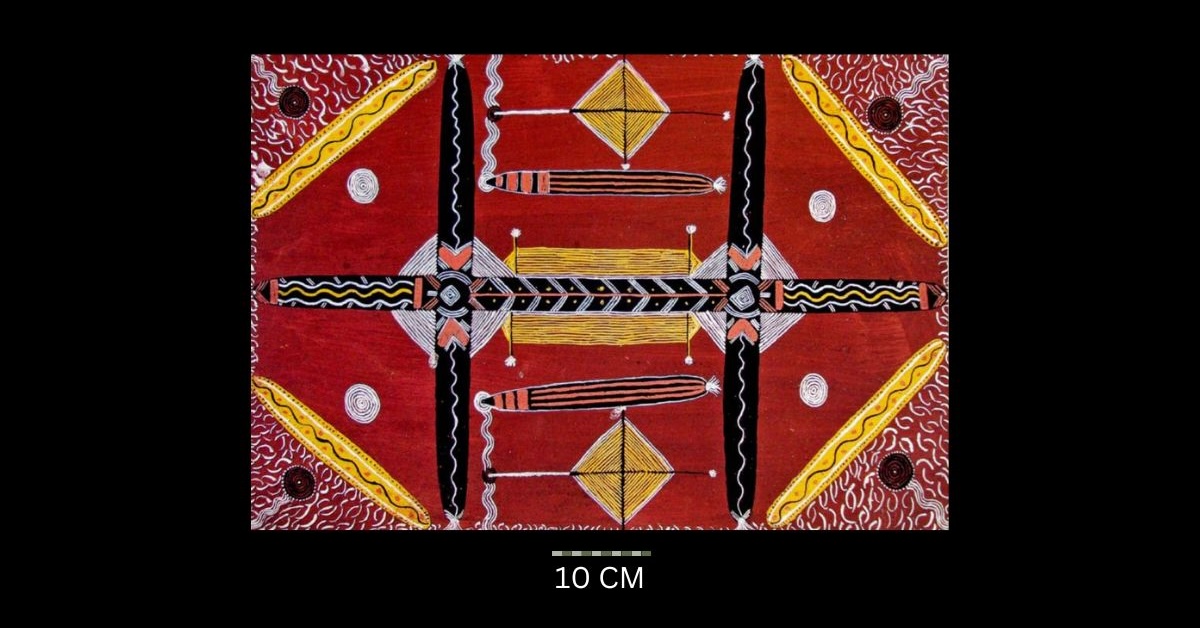
Budgerigar Dreaming 1972
Synthetic polymer powder paint and natural earth pigments with PVA on composition board,
47.5 x 32 cm
UNSOLD
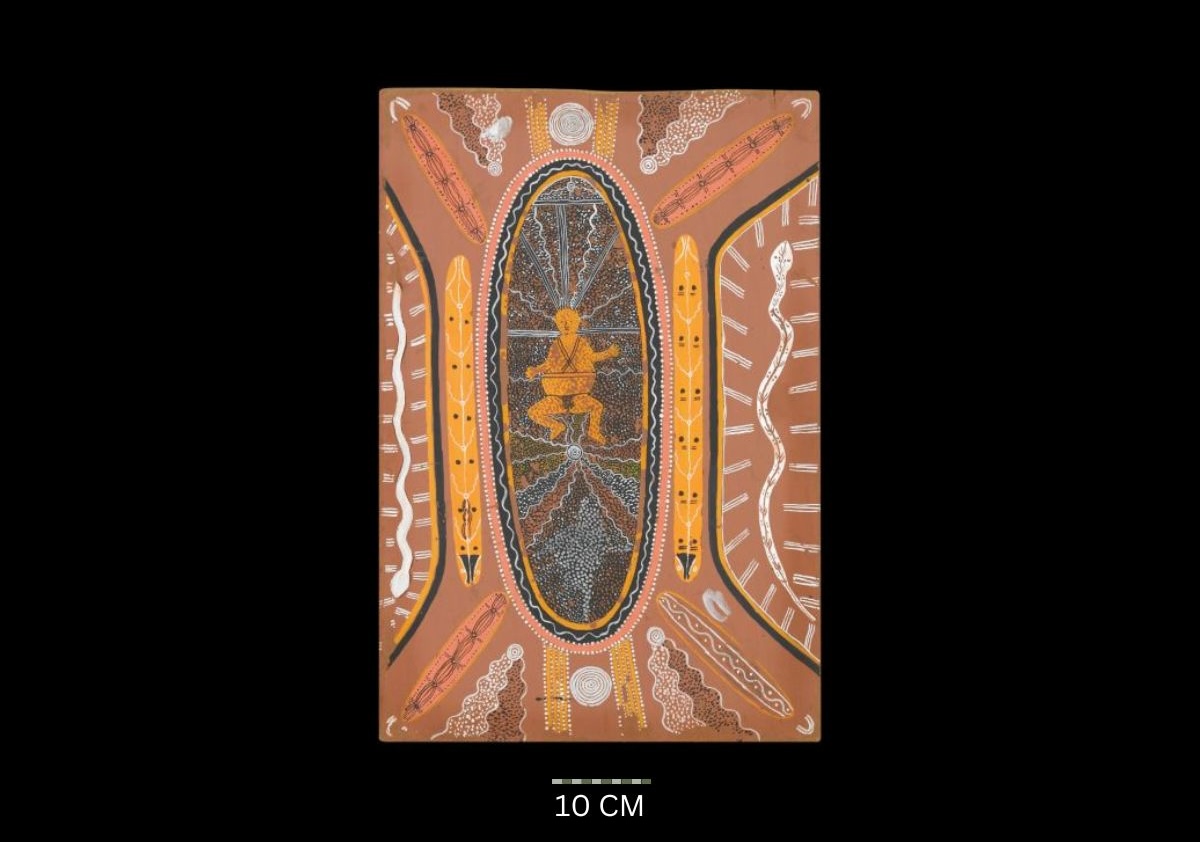
Children’s Story
Undated but assumed to be 1972-1973
Synthetic polymer paint and powder paint on composition board, bears artist’s name and Stuart Art Centre consignment number 16003 on the reverse (now obscured by frame),
48 x 32 cm
Hammer Price: A$25,000
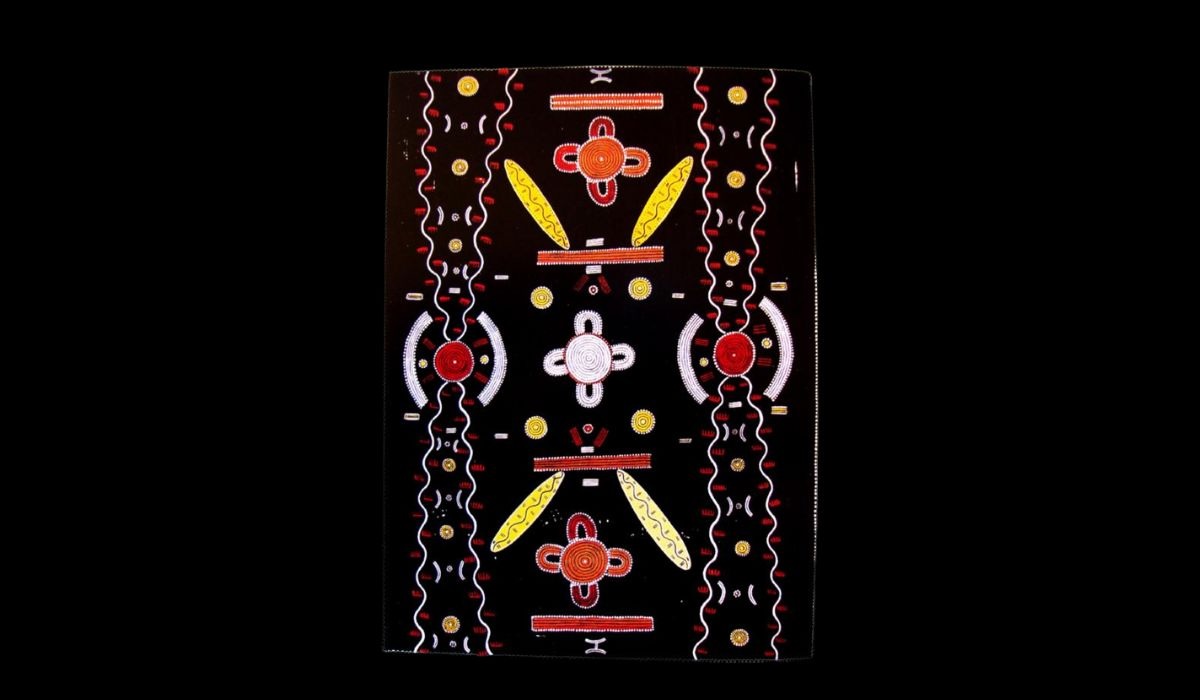
Untitled, 1972-73
Synthetic polymer powder paint on artists board
Size not recorded
Hammer Price: A$10,000
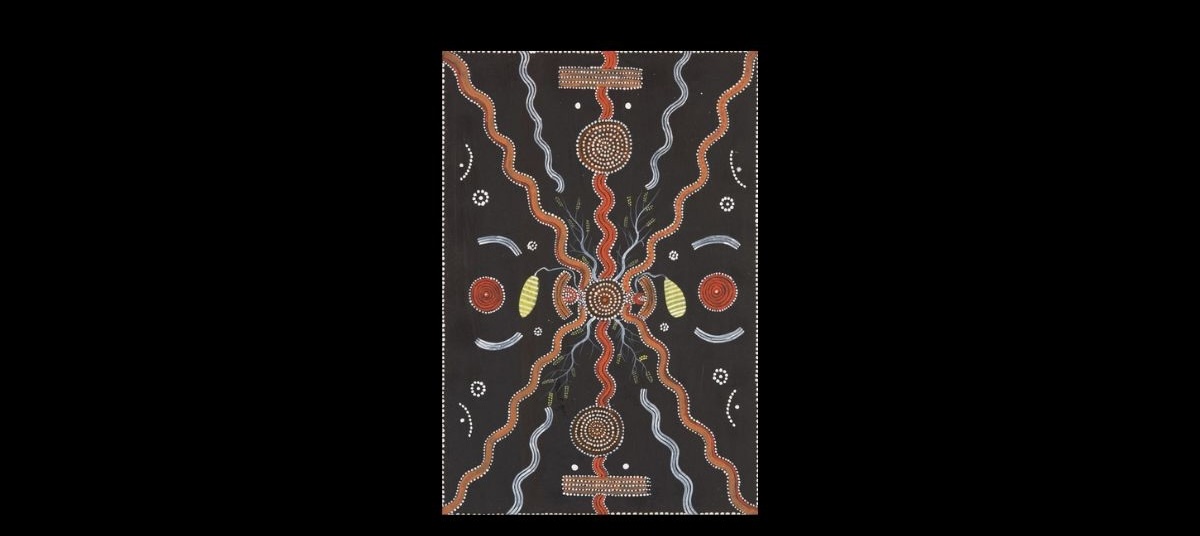
Yala at Yantjupu (Wild Potato Dreaming) (1973)
Size not recorded
Hammer Price: A$17,000
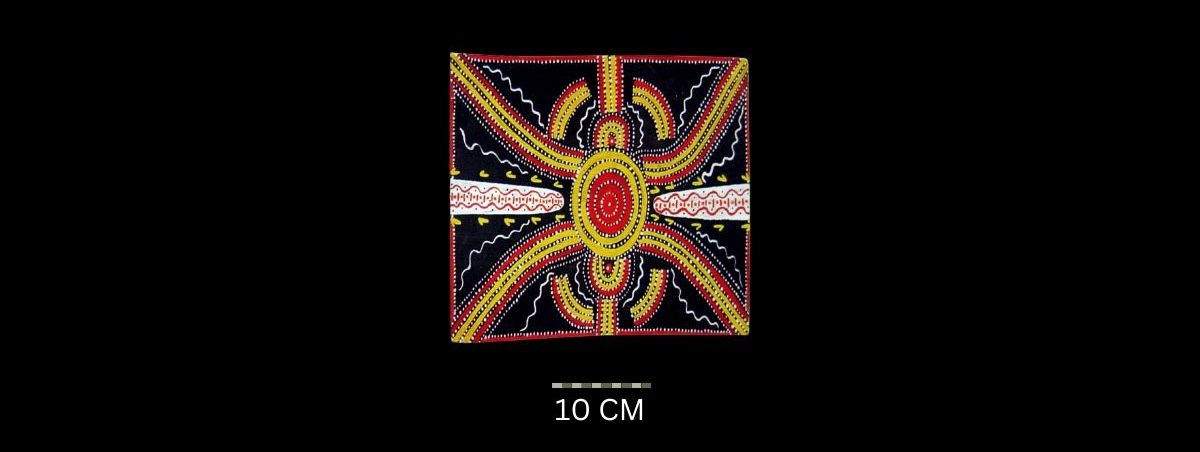
Kangaroo Dreaming, c. 1973
Synthetic polymer paint on artist board,
29 x 20 cm
Hammer Price: A$1500

Woman’s Story 1973
Synthetic polymer paint on composition board,
28.5 x 28.5 cm
Hammer Price: A$20,000
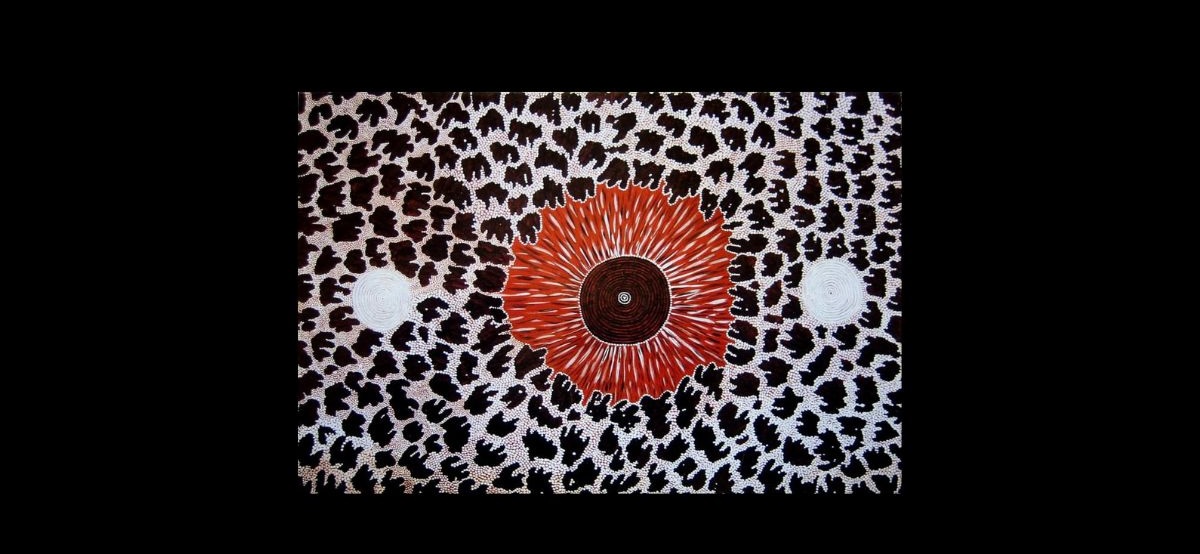
Bush Fire Dreaming (c. 1973)
Synthetic polymer paint on canvas
Size not recorded
Hammer Price: A$10,000
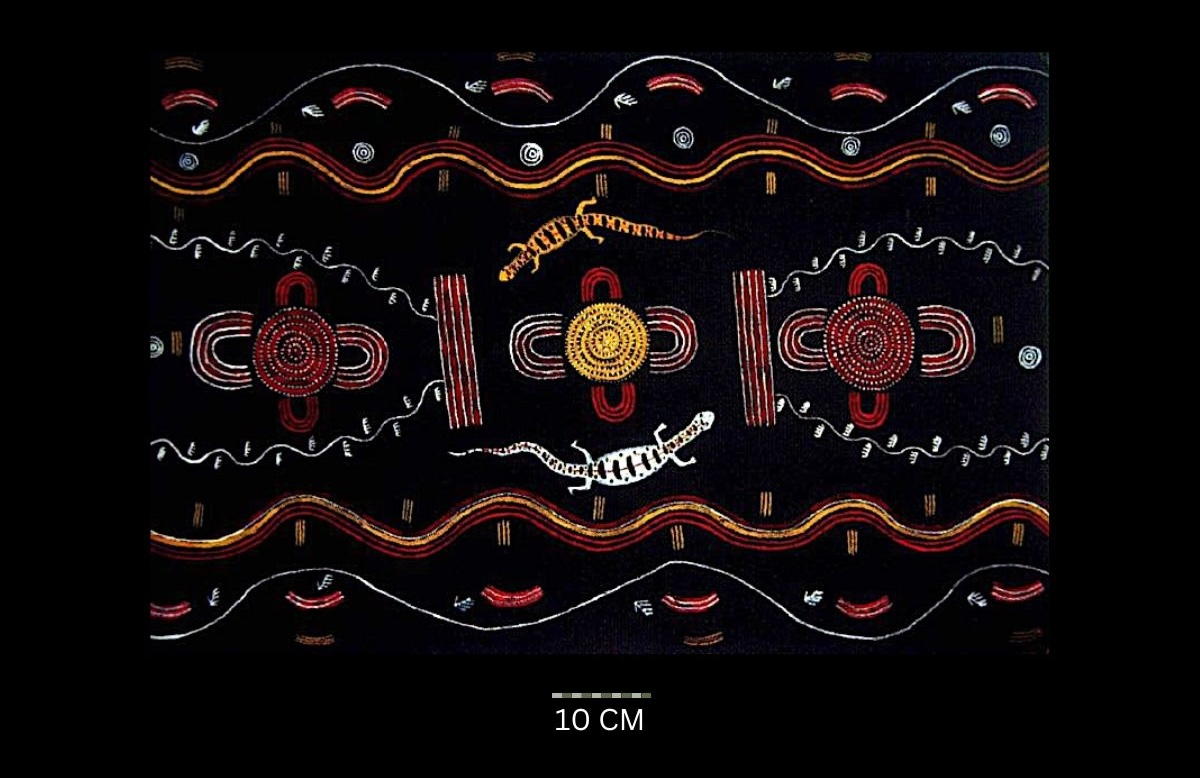
Untitled 1973
Synthetic polymer paint on composition board, bears artist’s name ‘Kaapa’ on the reverse,
60.5 x 40 cm
Hammer Price: A$4,200
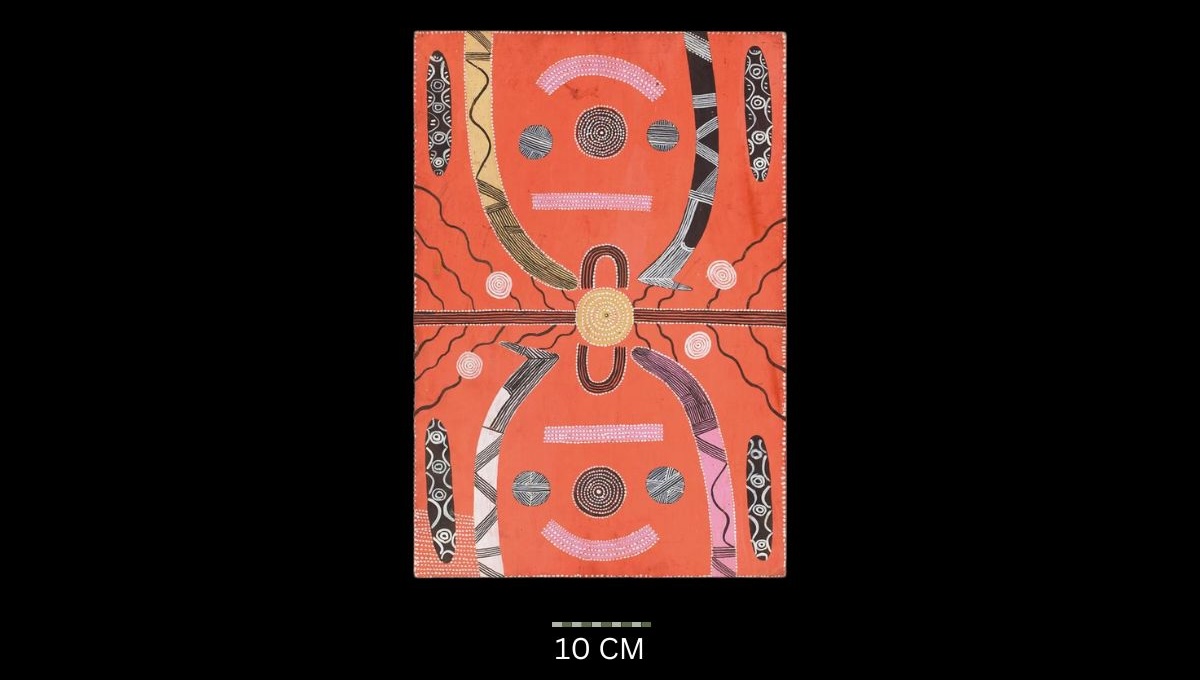
Two Men’s Travelling Dreaming, C.1973
Synthetic polymer paint on artist’s board,
56 x 38 cm
Hammer Price: A$ $27,000

Untitled (1973)
Synthetic polymer paint on artist board,
30.5 x 25.5 cm
Hammer Price: A$3500
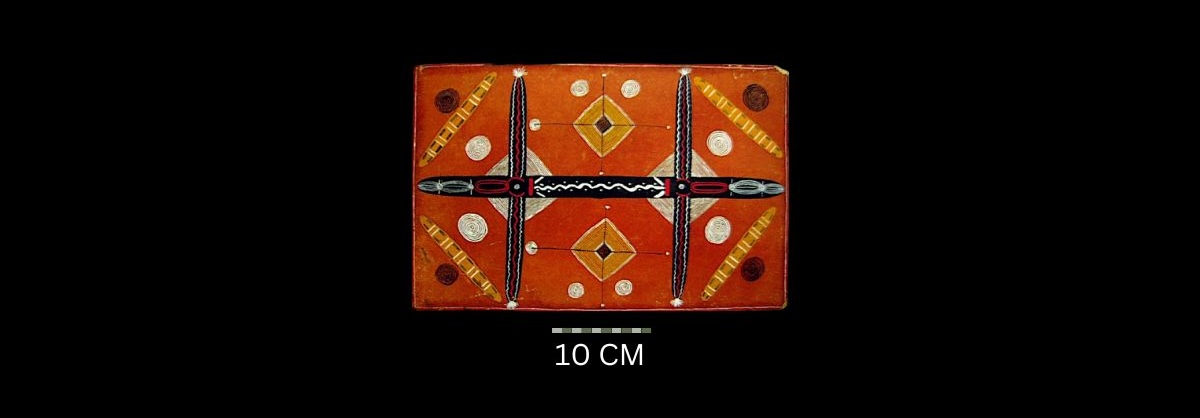
Untitled, 1973
Synthetic polymer powder paint on composition board,
37 x 31 cm
Hammer Price: A$8,000
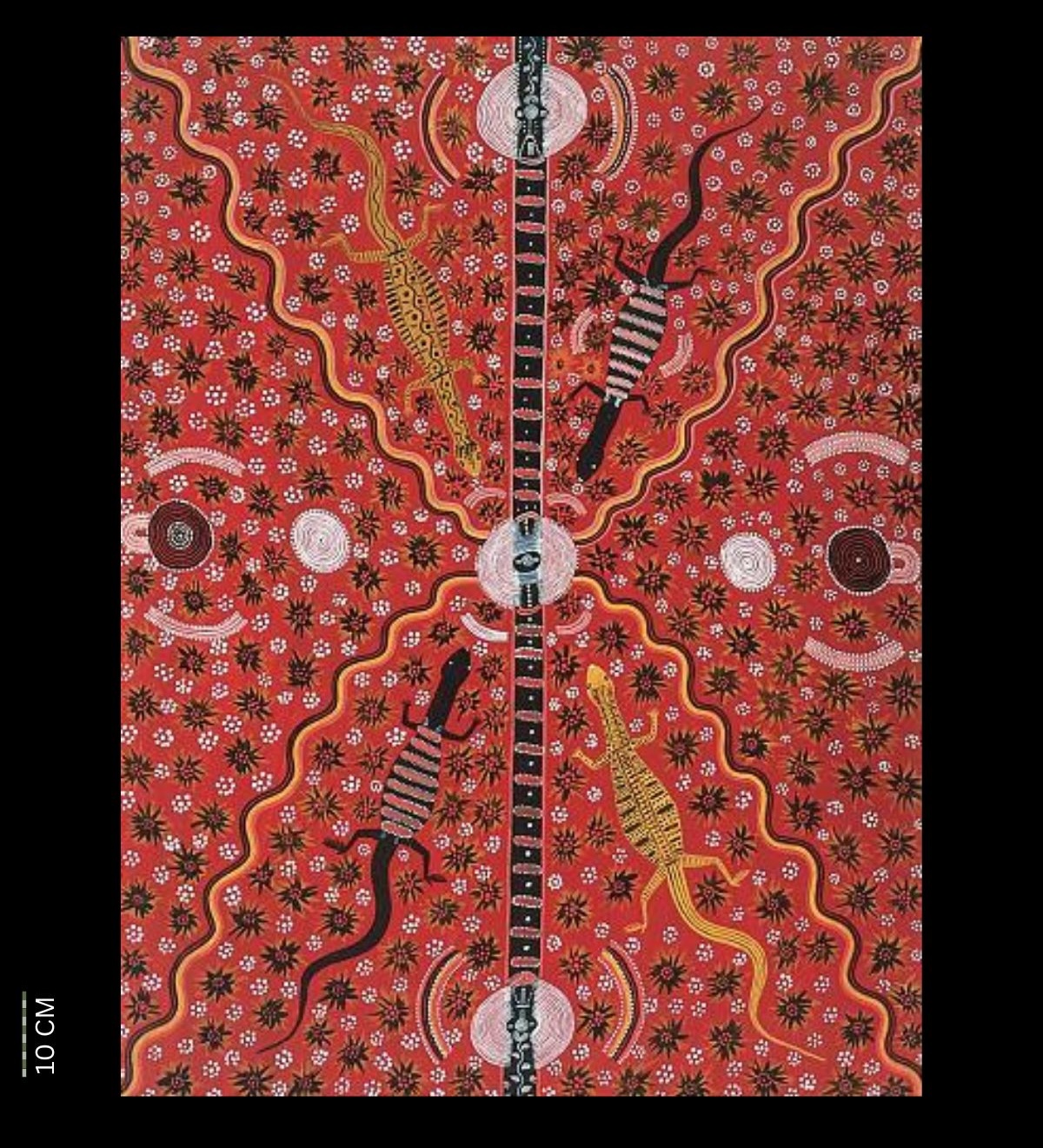
Goanna Corroboree 1973
Synthetic polymer powder paint on composition board,
122 x 92.5 cm
Hammer Price: A$11,000

Children’s Corroboree Story, 1973
Synthetic polymer powder paint on composition board,
37 x 31 cm
Hammer Price: A$7,600
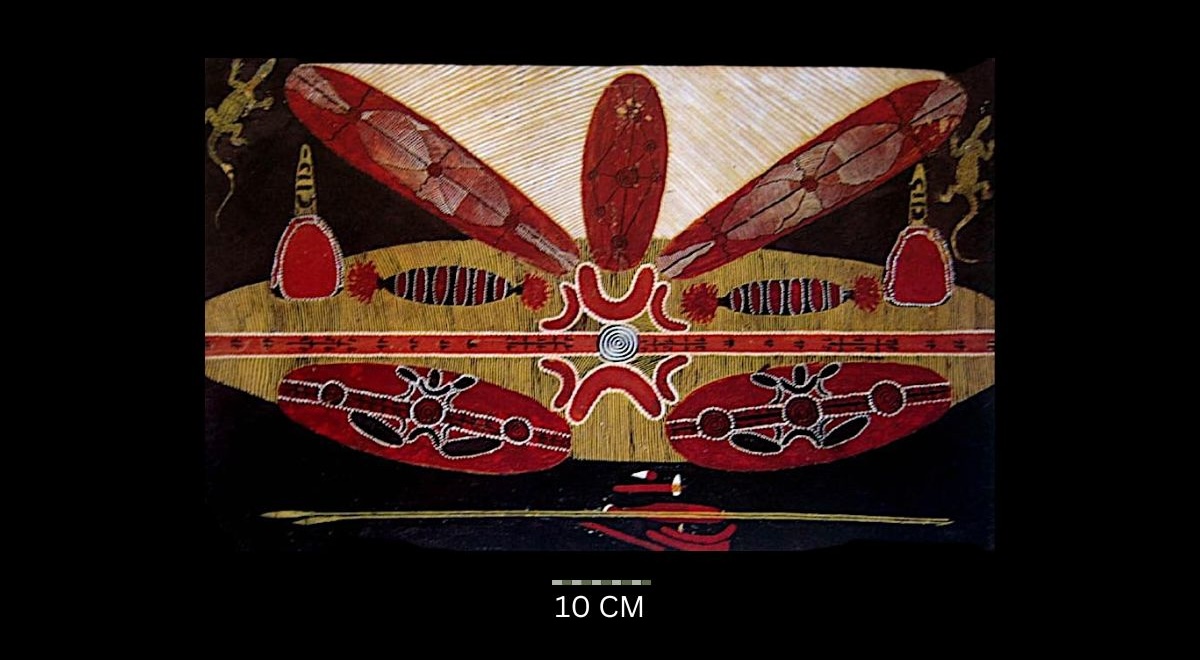
Untitled
no date recorded but assumed to be circa 1973
Synthetic polymer powder paint on composition board,
79 x 51.2 cm
Hammer Price: A$6,000
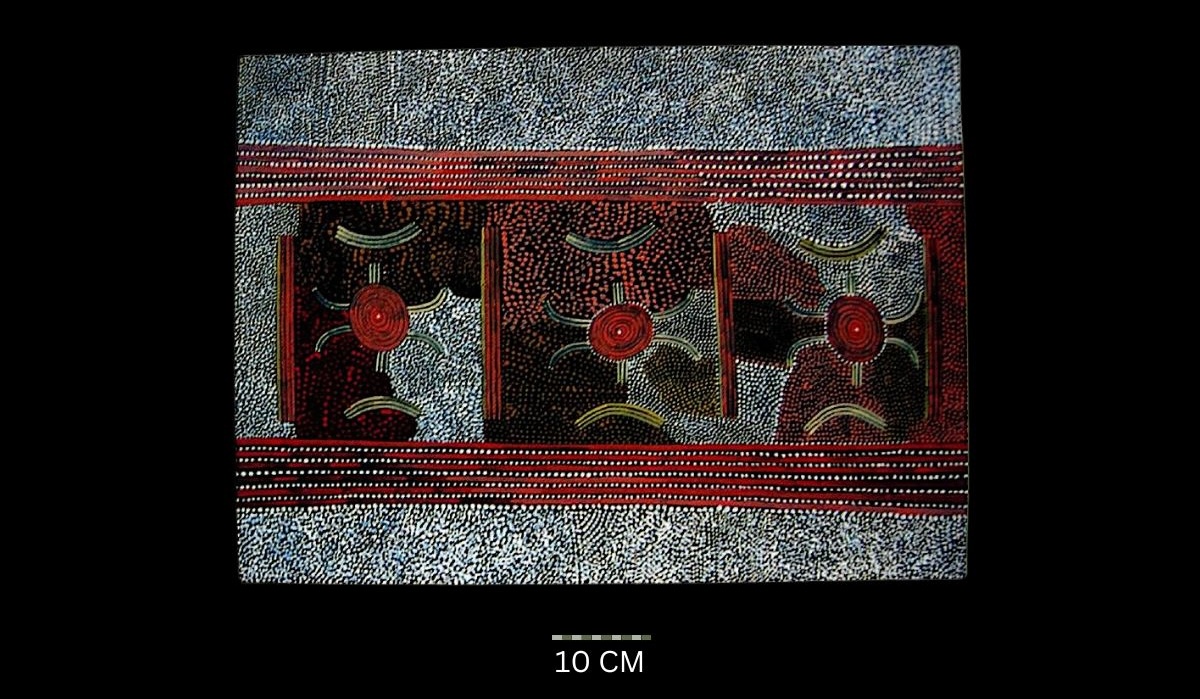
Lungkata (Blue-Tongue Lizard) at Walukulanu 1973
Synthetic polymer powder paint on composition board, bears signed Papunya Tula Artists catalogue number 730957 on the reverse,
75 x 54.5 cm
Hammer Price: A$3800
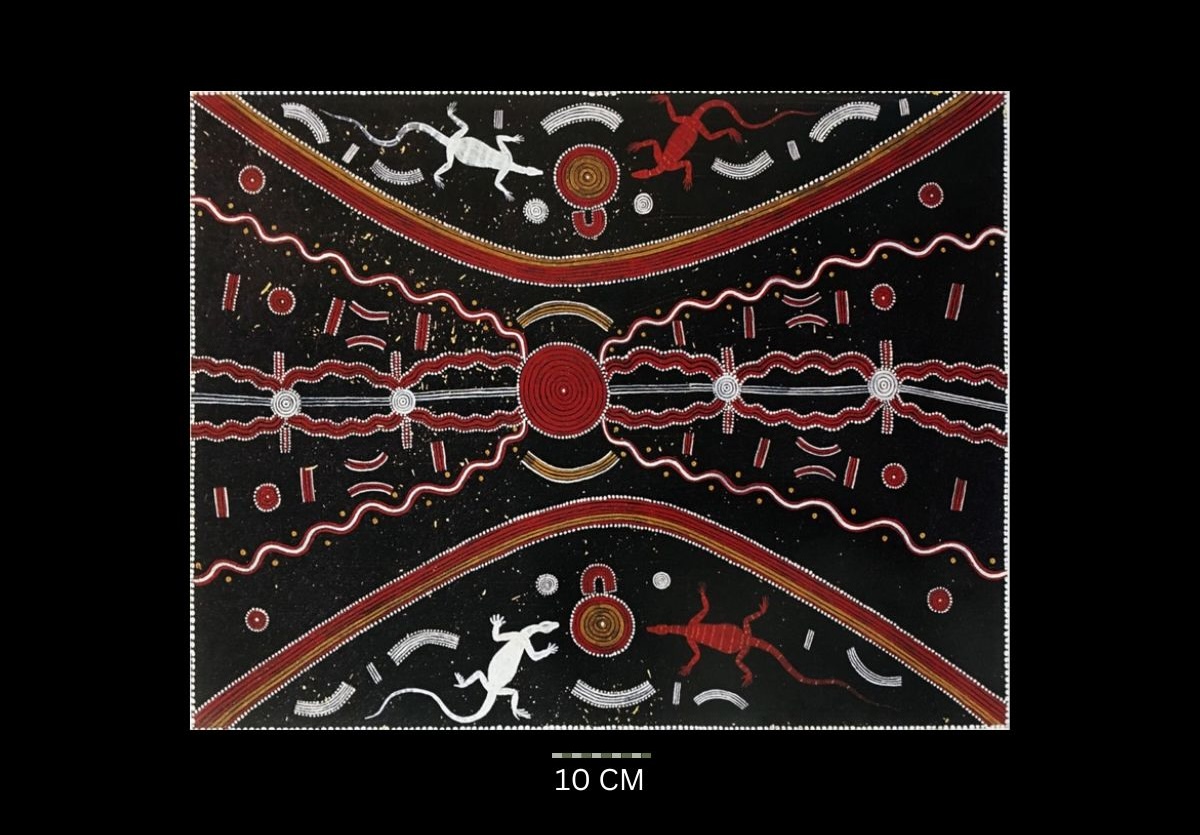
Goanna Dreaming, 1973
Synthetic polymer paint on composition board,
82 x 62 cm
Hammer Price: A$16,000
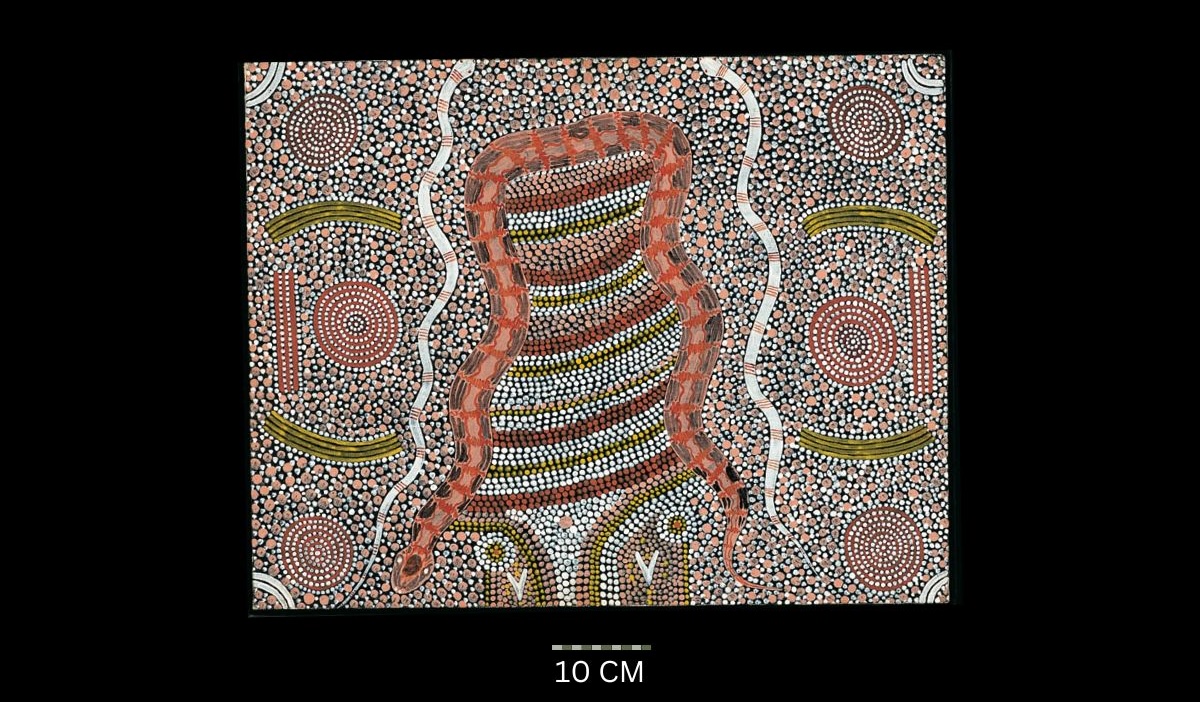
Snake Story 1973-74
Synthetic polymer paint on board, inscribed verso, ‘Snake Story/Large Snake climbing Mount Wedge then goes towards Western Australia/small snakes go from cutting in hills near Alice Springs on Stuart Highway to join larger one’,
55.6 x 71 cm
Hammer Price: A$8,000
The Turning Point: 1974 and Cultural Restrictions
By 1974, concerns were raised by other Aboriginal community members that the early Papunya boards—including works by Kaapa—revealed too much sacred knowledge to the uninitiated. As a result, there was increasing pressure for artists to withhold ceremonial content from their paintings.
This cultural shift had a noticeable impact on Kaapa’s later works. While he continued to paint, the spiritual depth and symmetrical precision that characterized his early Papunya pieces began to wane. These post-1974 artworks often lacked the finely rendered ceremonial importance of his foundational works and did not embrace the full dot field abstractionseen in paintings by other Papunya Tula artists.
Later Works and Market Influence
Kaapa’s later paintings reflect a tension between cultural responsibility and market demands. No longer able to depict sacred objects and unwilling to fully adopt the newer stylistic trends, his works from this period can appear stylistically subdued and commercially motivated. While still historically significant, they lack the cultural gravity and technical finesse that defined his early contributions to the Western Desert painting movement.
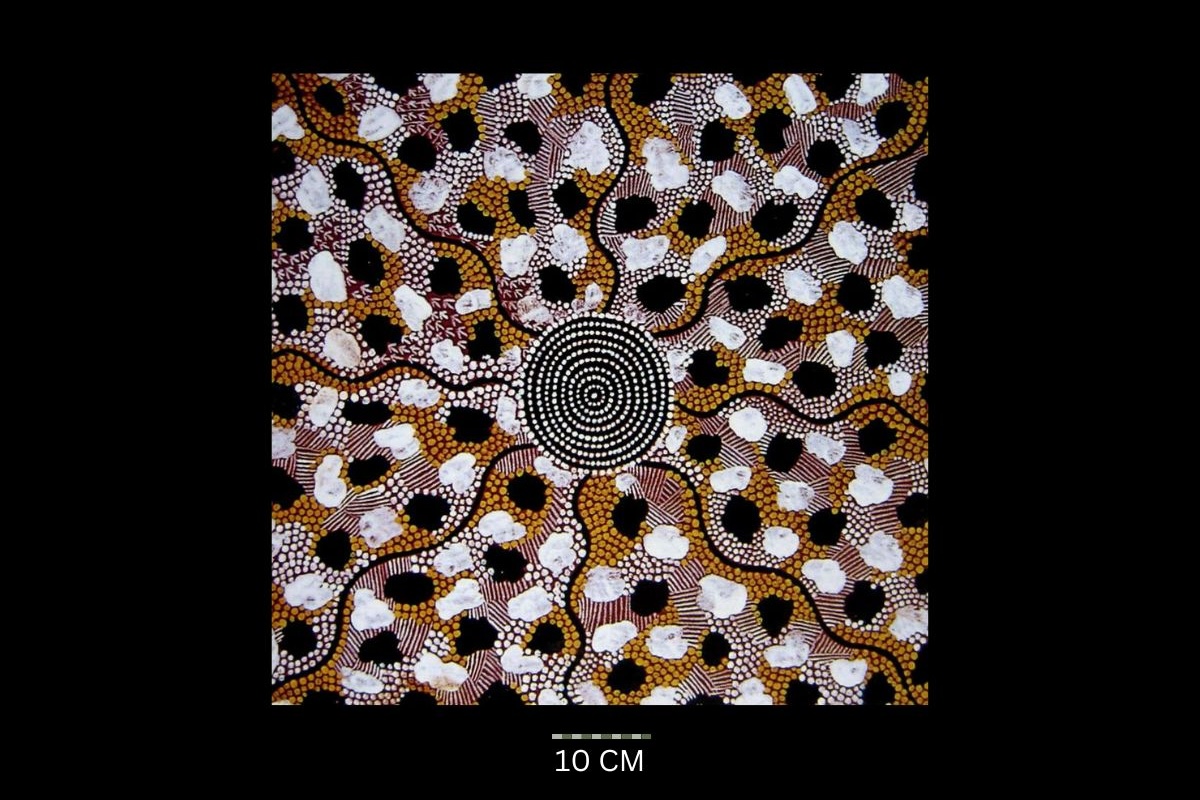
Bush Potato Dreaming, c. 1974
Synthetic polymer paint on composition board, bears artist’s name on the reverse,
59 x 63 cm
Hammer Price: A$2900
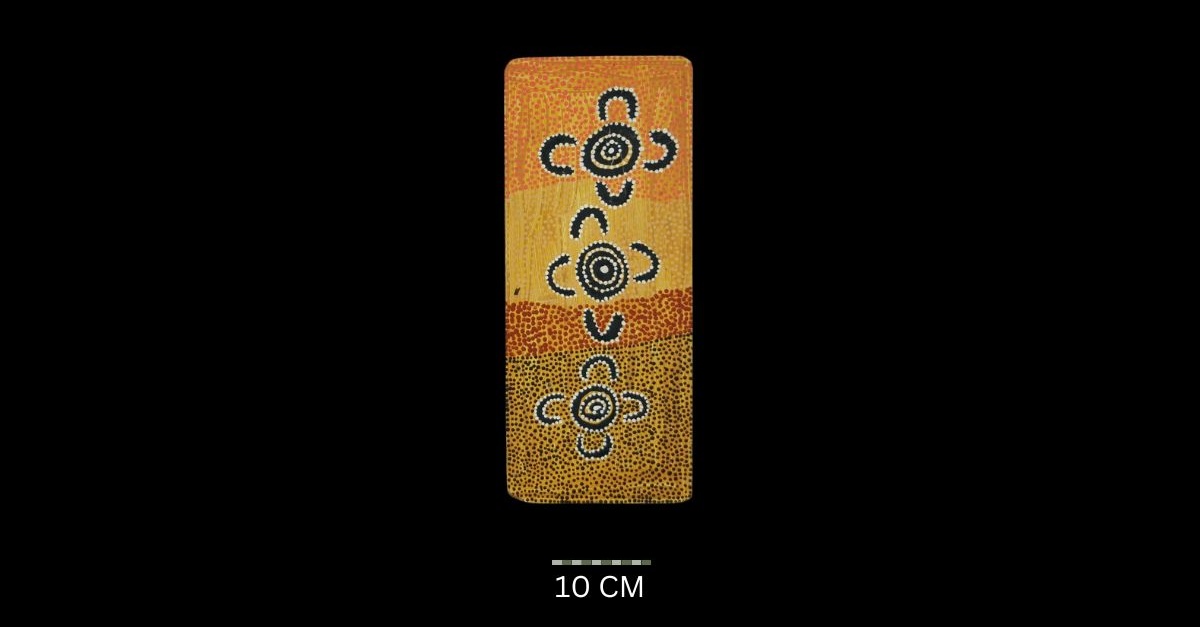
‘Women at Campfires.’
Acrylic on masonite, incl. Certificate from Mulga Bore Artists, Alice Springs. As stated on certificate ‘This painting was a gift from Kaapa to his niece Shirley Baun in 1974, Kappa told his niece the painting represented women around camp fires,
46 x 19 cm
Hammer Price: A$4000
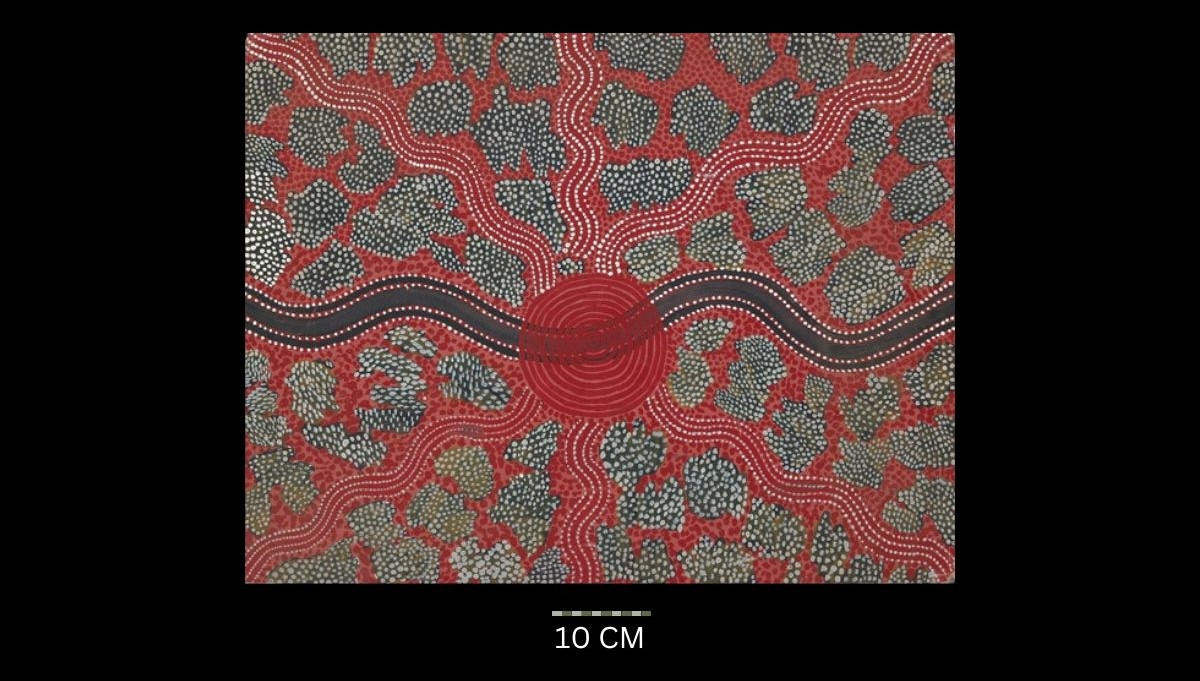
Untitled 1974
Acrylic on canvas board,
71 x 56 cm
Hammer Price: A$8,000

Fire Dreaming, 1974
Powder paint on canvas board,
51 x 61 cm
Hammer Price: A$3800
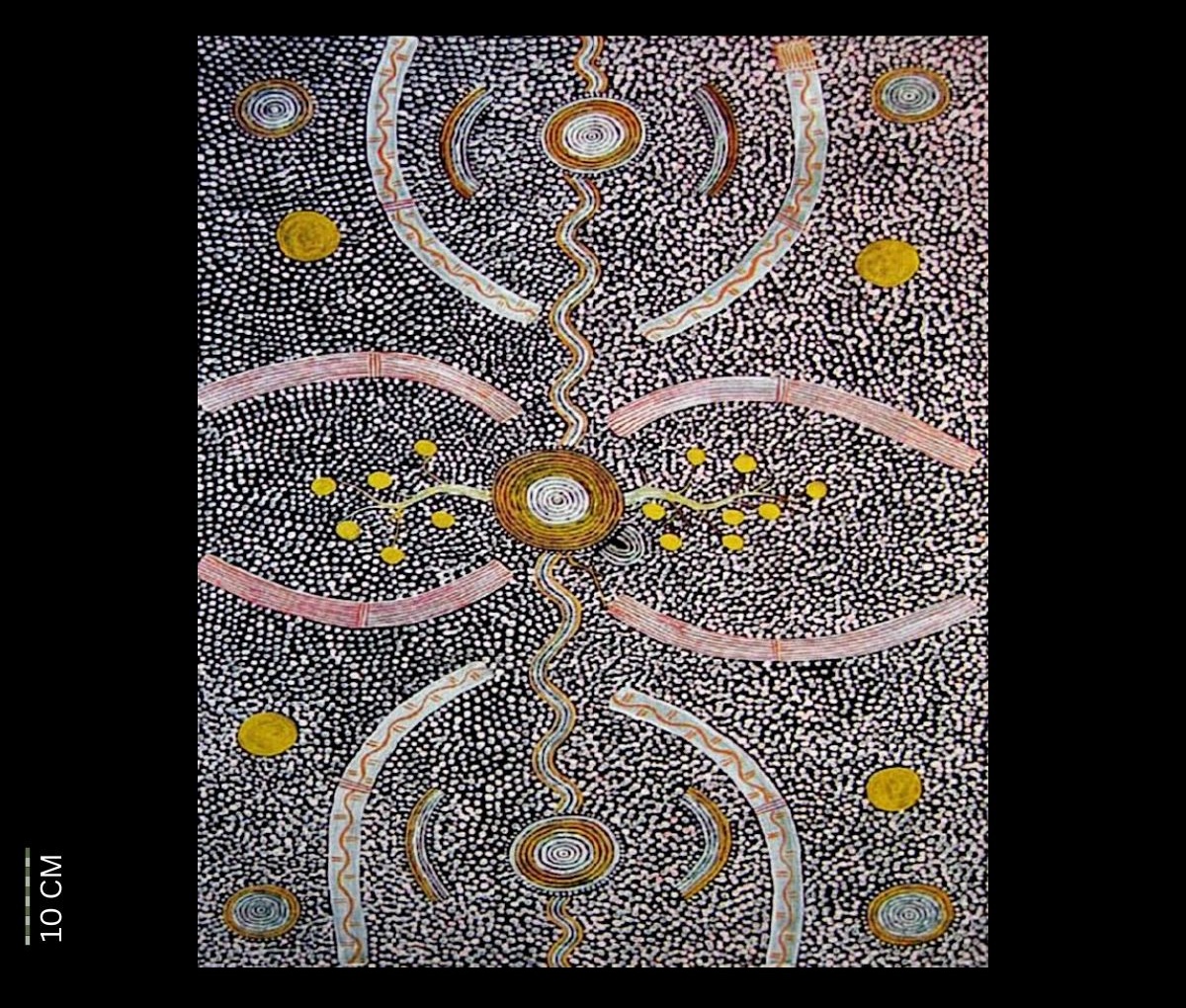
Native Orange Dreaming, 1974
Synthetic polymer paint on canvas,
125 x 80 cm
Hammer Price: A$12,500
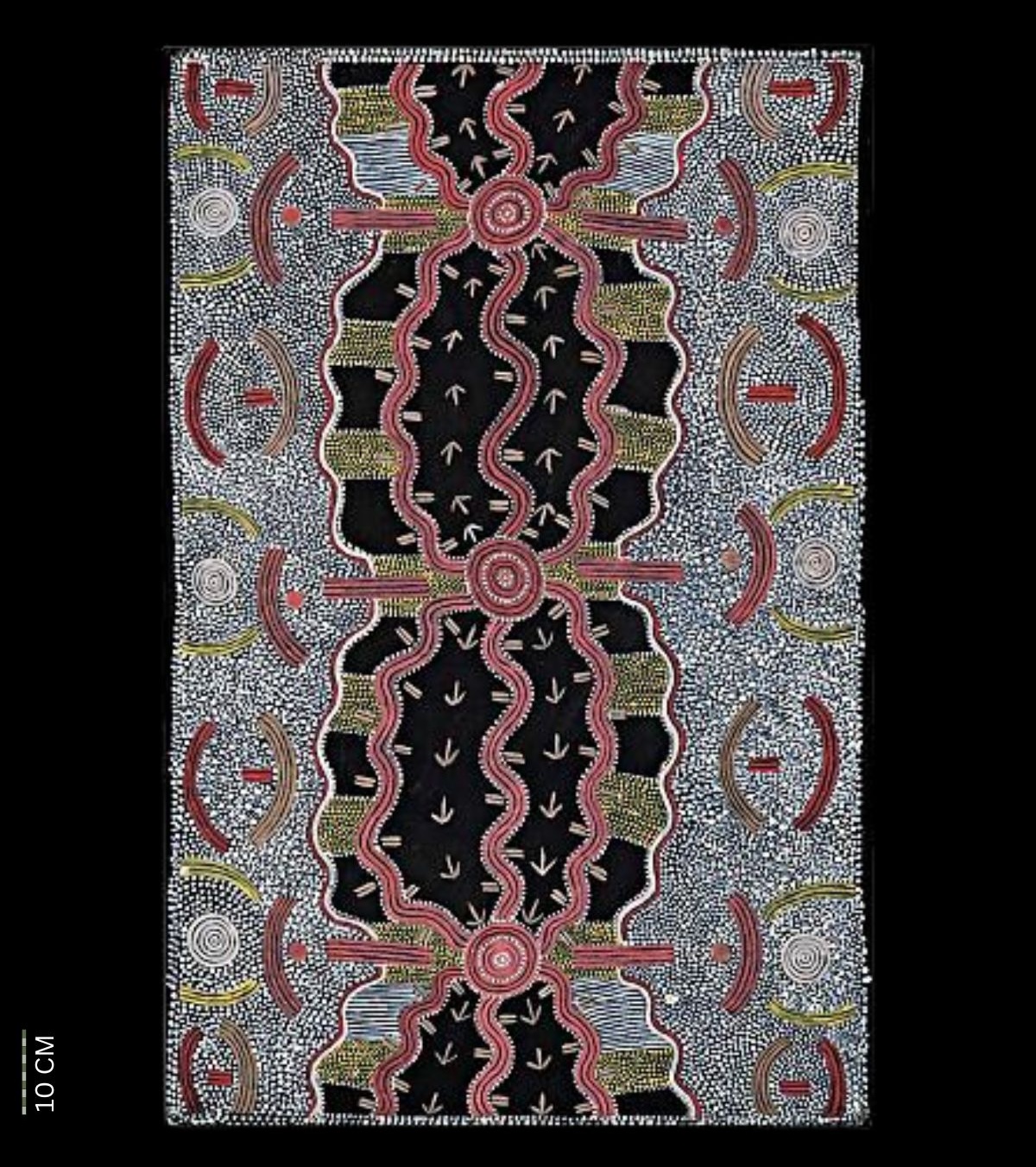
The Water Men at Mikantji 1974
Synthetic polymer paint on canvas,
126 x 82.5 cm
Hammer Price: A$9,500
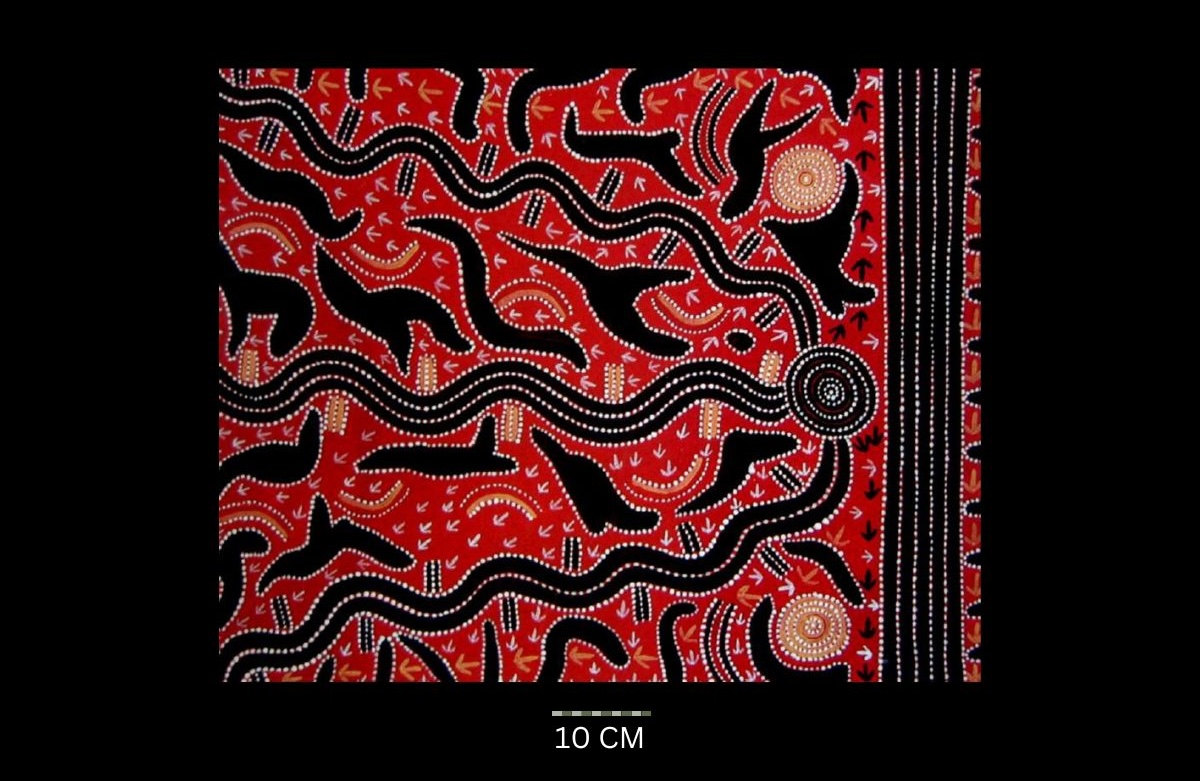
Water Dreaming 1974
Synthetic polymer paint on board, dated and inscribed verso: Water Dreaming/ By Kaapa Tjambatjimba/30/8/74,
76 x 60.5 cm
Hammer Price: A$2000
![[No Title Given]](https://www.aboriginal-bark-paintings.com/wp-content/uploads/2025/05/Kaapa-Mbitjana-Tjampitjinpa-33-1.jpg)
[No Title Given]
No date given but assumed to be 1974 -1975
Acrylic,
45.5 x 35.5 cm
Hammer Price: A$6000
1975
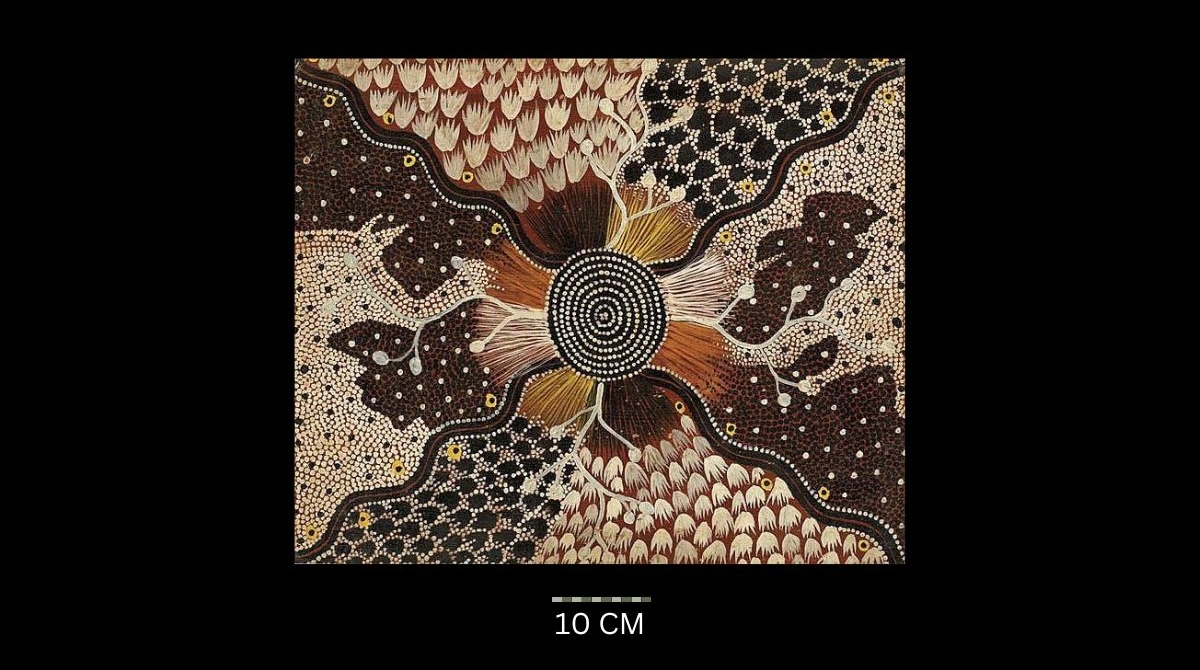
Wild Potato (1975)
Synthetic polymer paint on artist board,
61 x 50 cm
Hammer Price: A$6,500
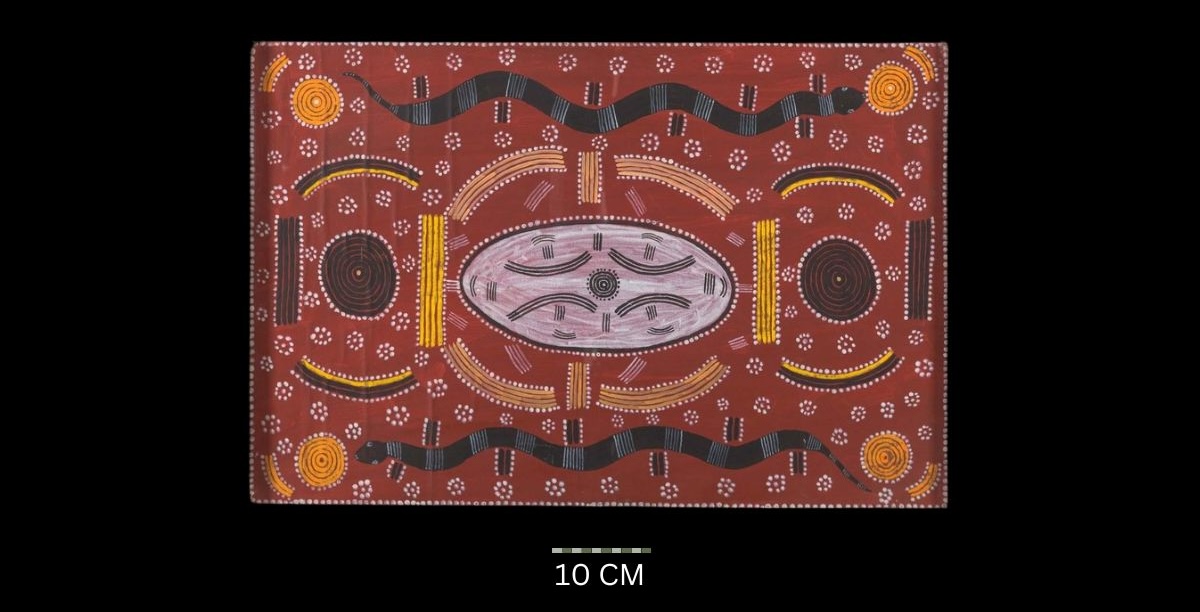
Untitled (1975)
Synthetic polymer paint on bainbridge board,
76 x 51 cm
Hammer Price: A$7,000
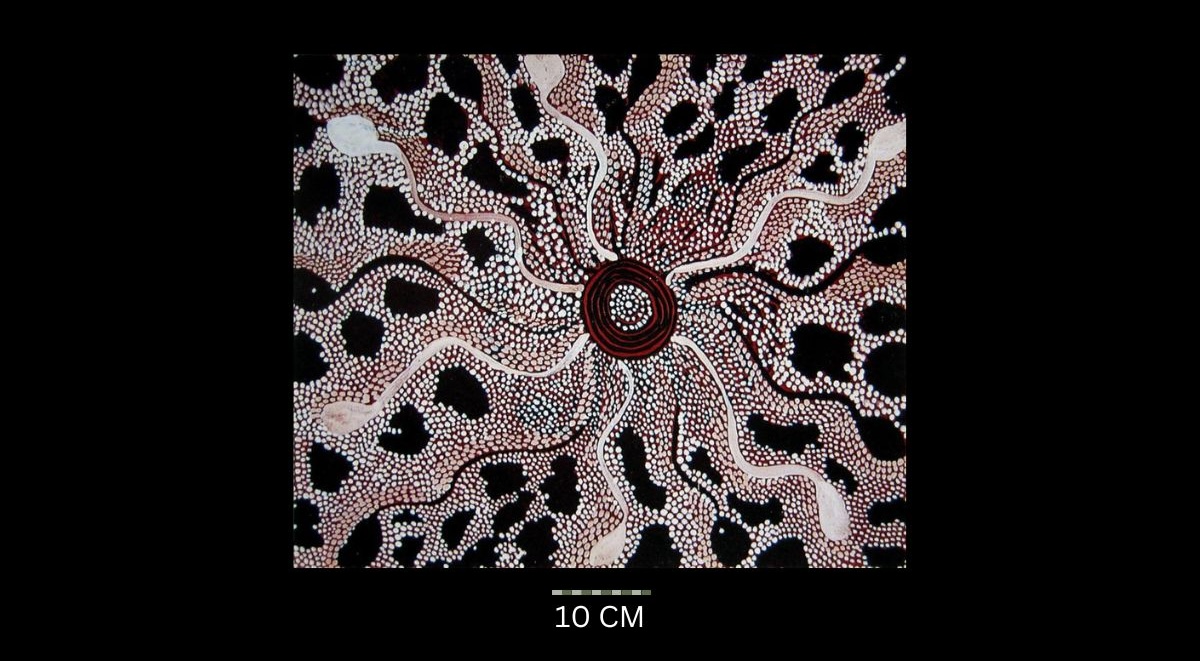
Wild Potato Dreaming 1975
Synthetic polymer paint on canvas, bears artist’s name and date on the reverse,
50 x 61 cm
Hammer Price: A$2000
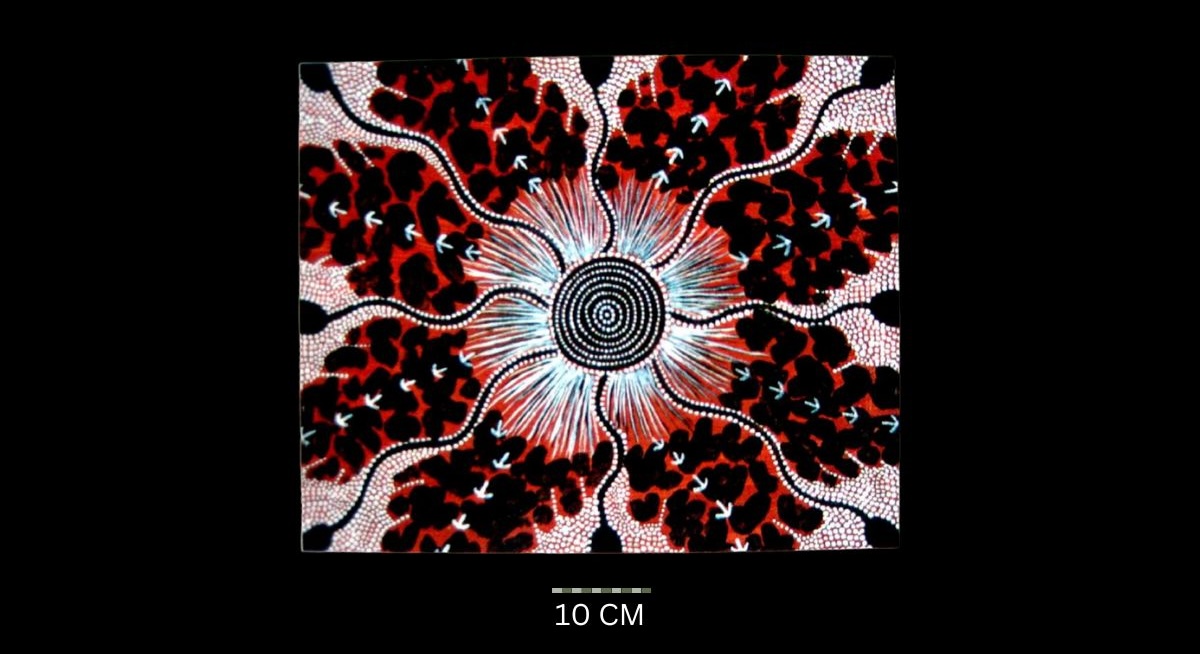
Untitled c. 1975
Synthetic polymer paint on canvas board,
61 x 51 cm
Hammer Price: A$2000
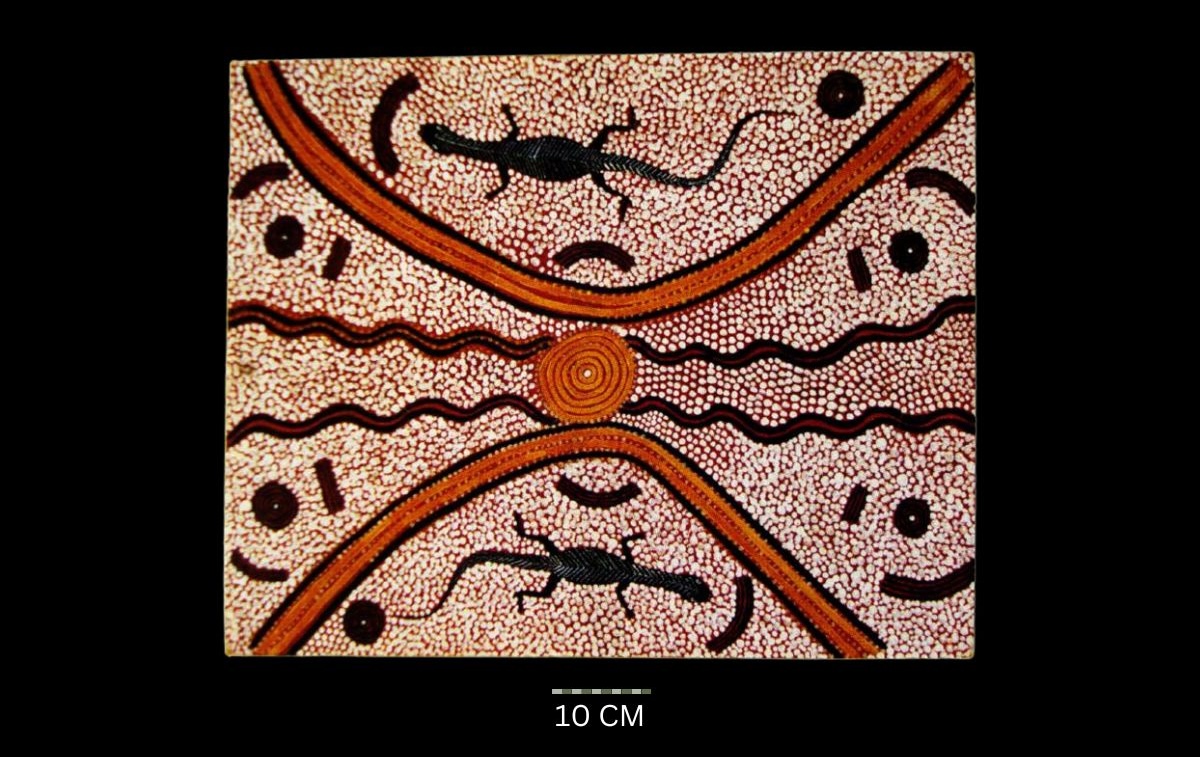
Goanna Dreaming 1975
Synthetic polymer paint on composition board, bears artist’s name Kaapa Jambijimba (sic) on the reverse,
76 x 61 cm
Hammer Price: A$1500
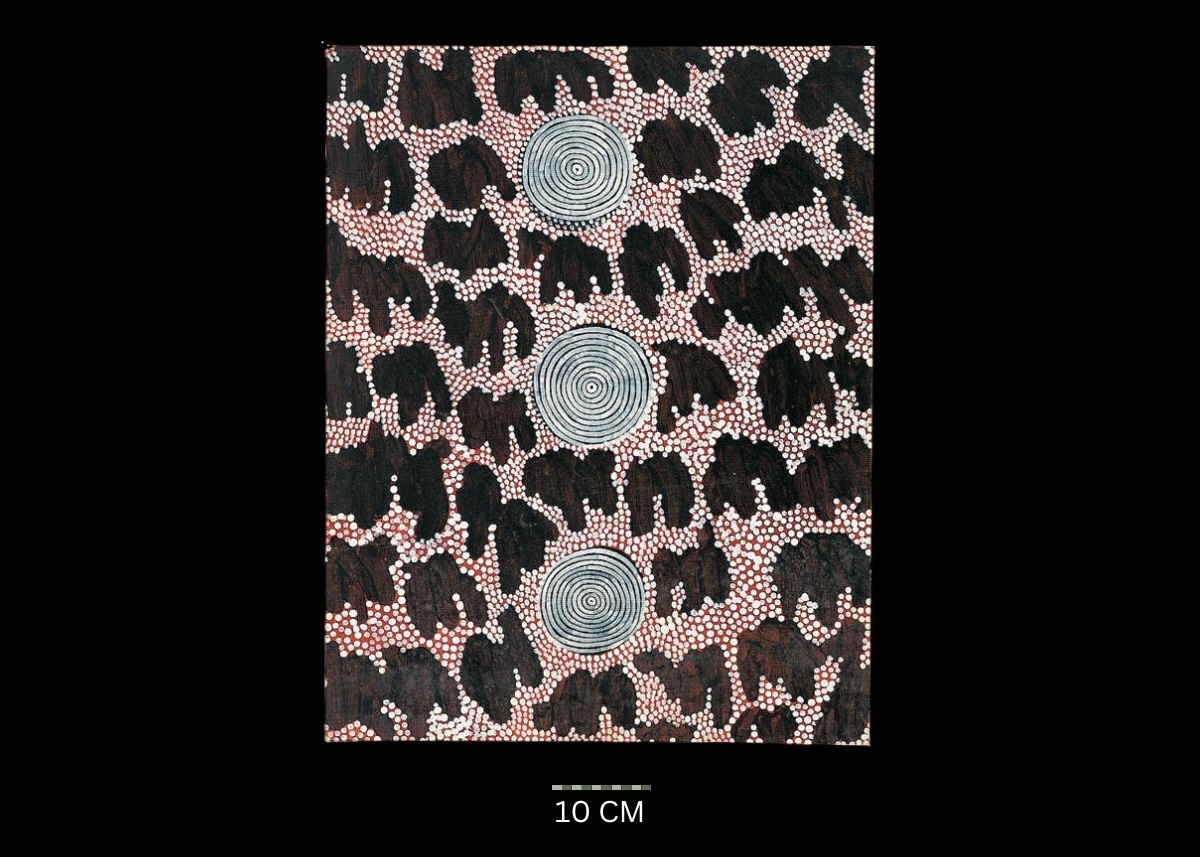
Untitled 1975
Synthetic polymer paint on board, inscribed verso, ‘Kanpa’,
71 x 55 cm
Hammer Price: A$5,500
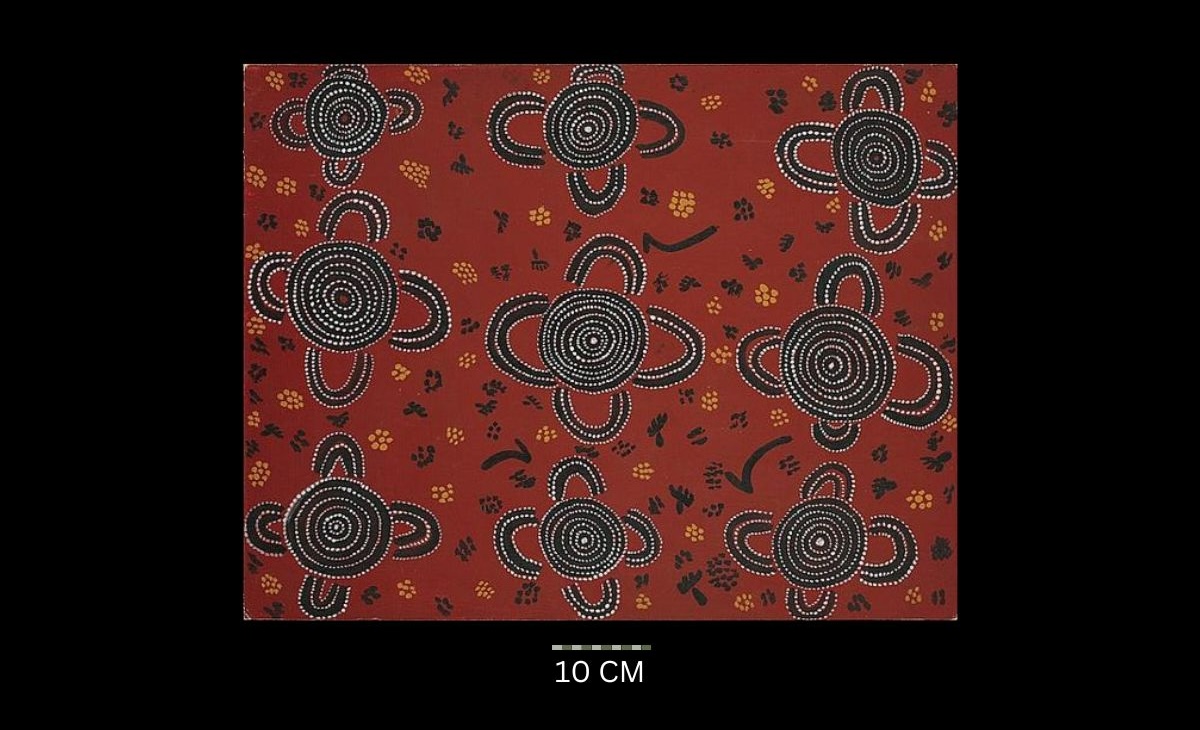
Untitled, c. 1975
Acrylic on canvas board,
71 x 55 cm
Hammer Price: A$4,200
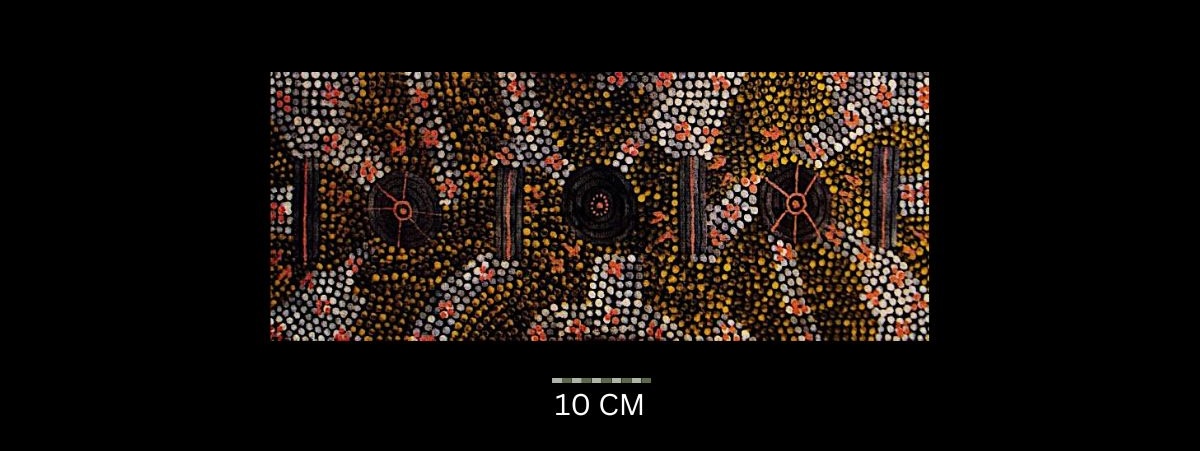
Kangaroo Dreaming 1975
Synthetic polymer paint on canvas board, signed ‘Kaapa J’ on the reverse,
65 x 25.7 cm
Hammer Price: A$3600
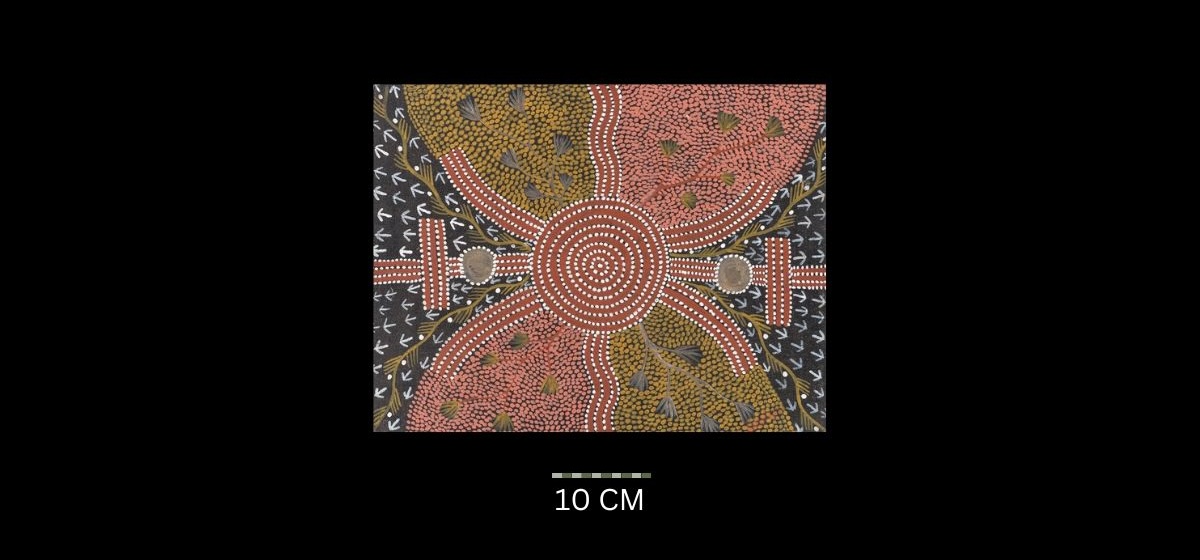
(Untitled) (circa 1975)
Synthetic polymer paint on canvas board, signed verso Kaapaj Jna,
35 x 45.3 cm
Hammer Price: A$4,800
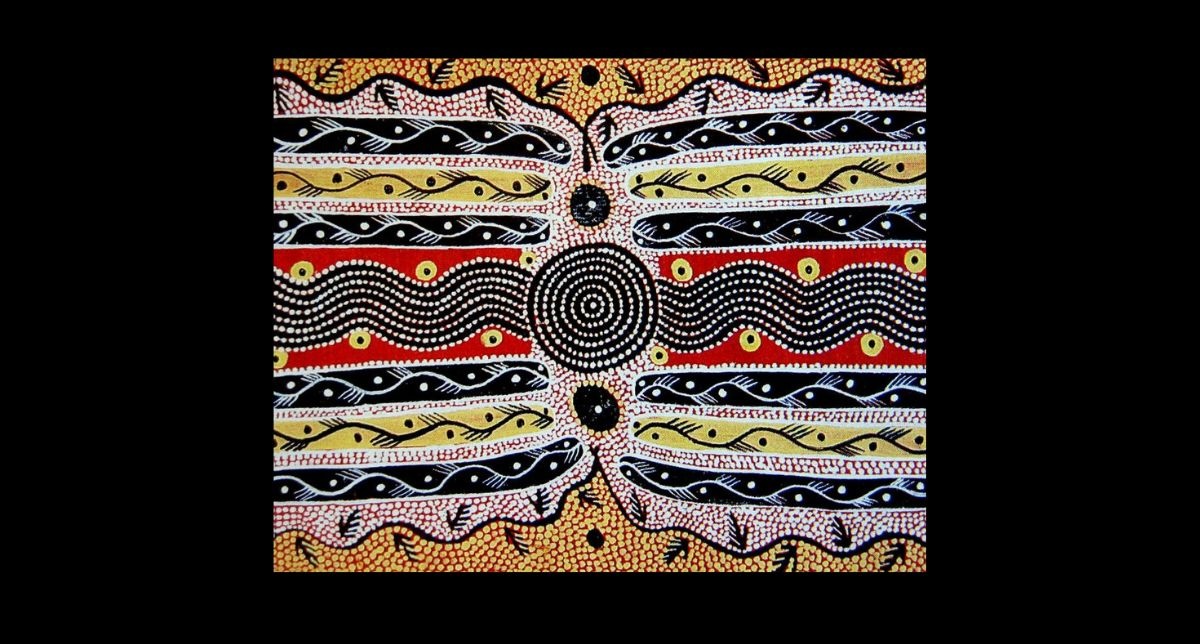
The Arrival of the Water Snake at Mount Allen 1975
Synthetic polymer paint on canvas board
Size not recorded
Hammer Price: A$2400
1976
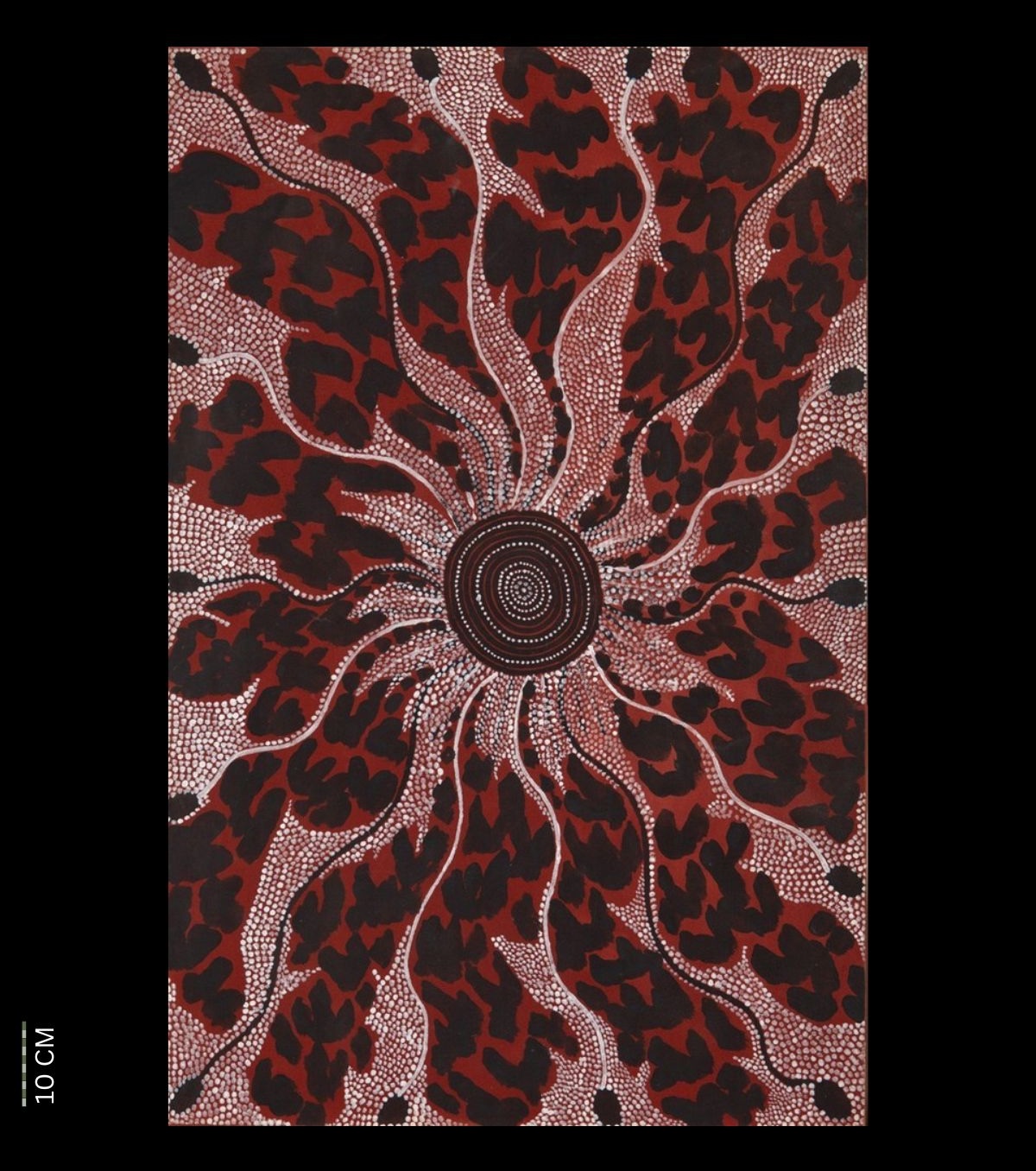
Bush Potato Dreaming 1976
Synthetic polymer paint on canvas, papunya Tula catalogue number K 761158 and certificate of authenticity accompanies this artwork,
125 x 79 cm
Hammer Price: A$8,000
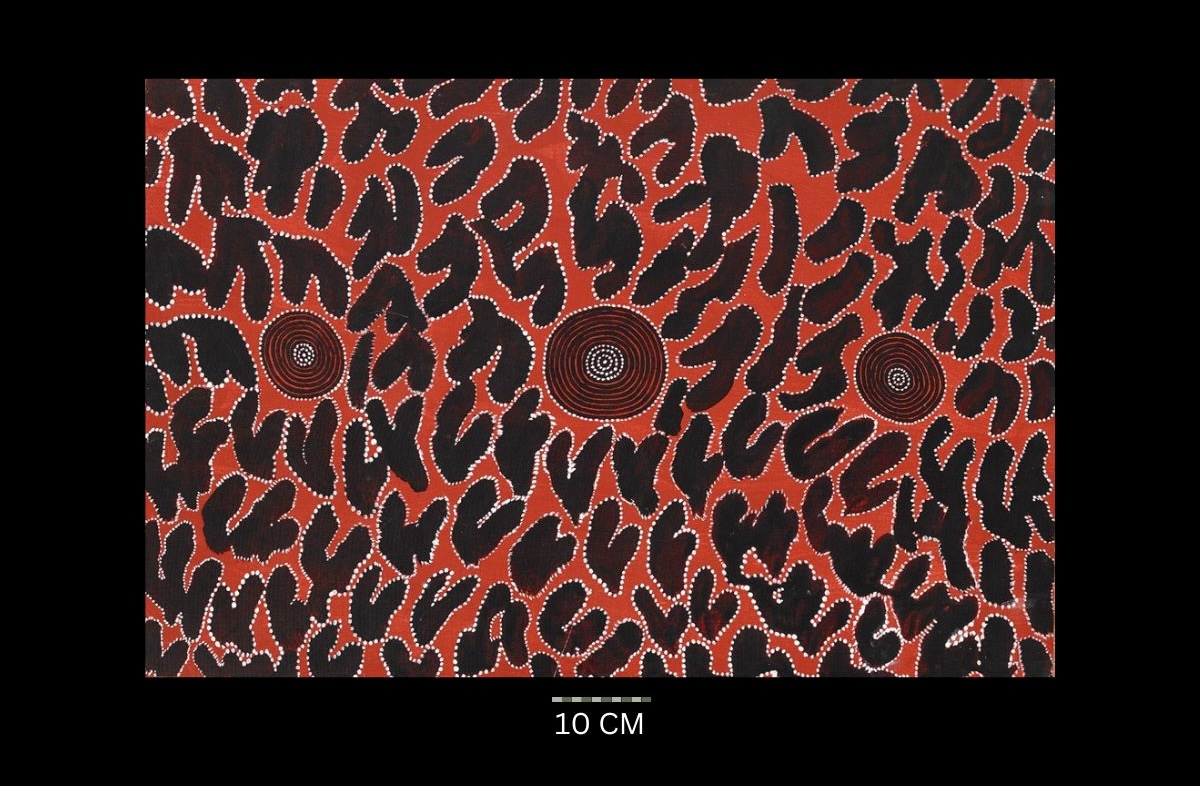
Warlugulong, 1976
Synthetic polymer paint on canvas board,
91 x 60.5 cm
Hammer Price: A$8,000
Post 1976
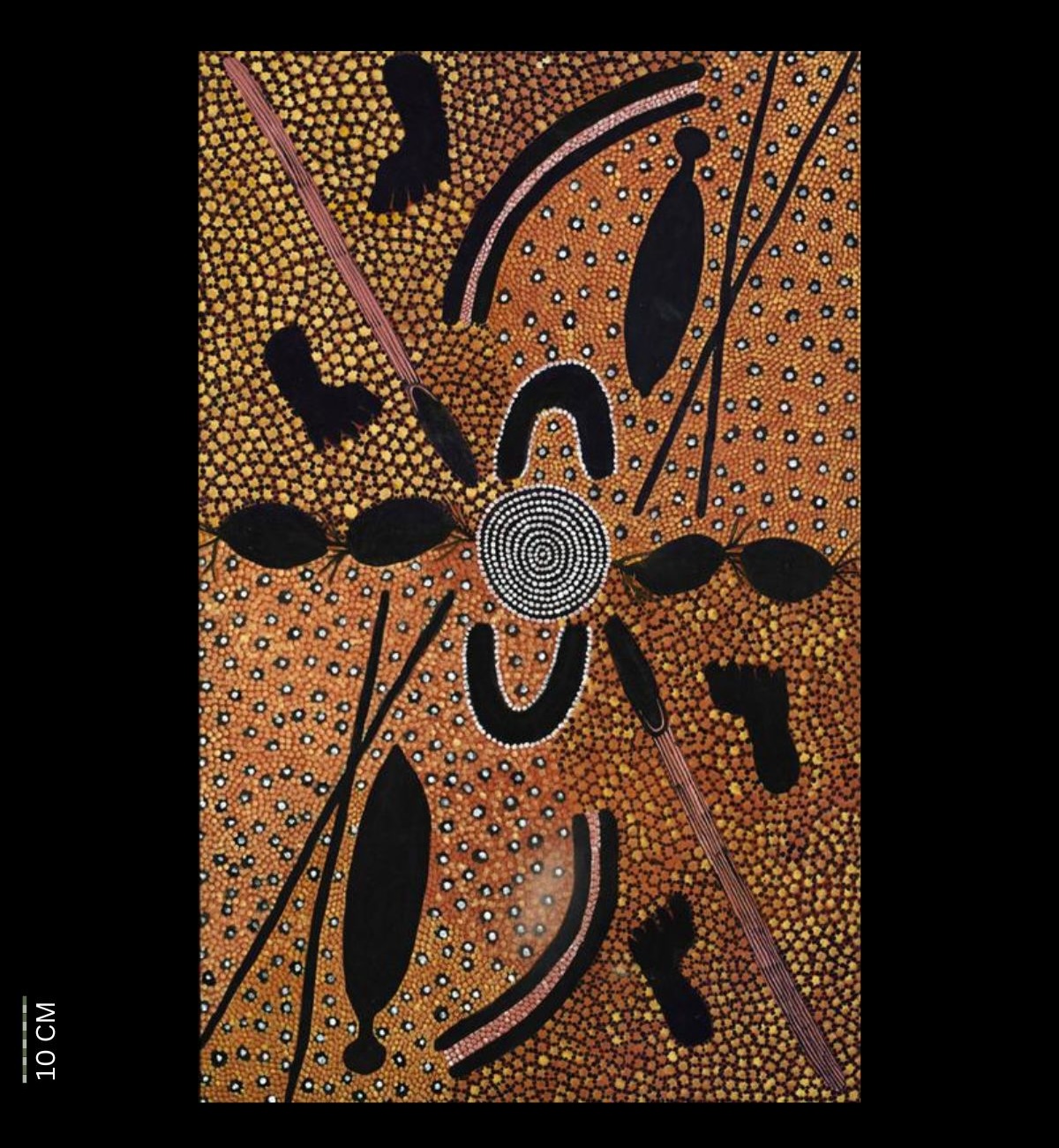
Irrilyityi (Bush Potato Story) (1978) Irrilyilyi
Synthetic polymer paint on canvas,
119.5 x 75 cm
Hammer Price: A$10,000
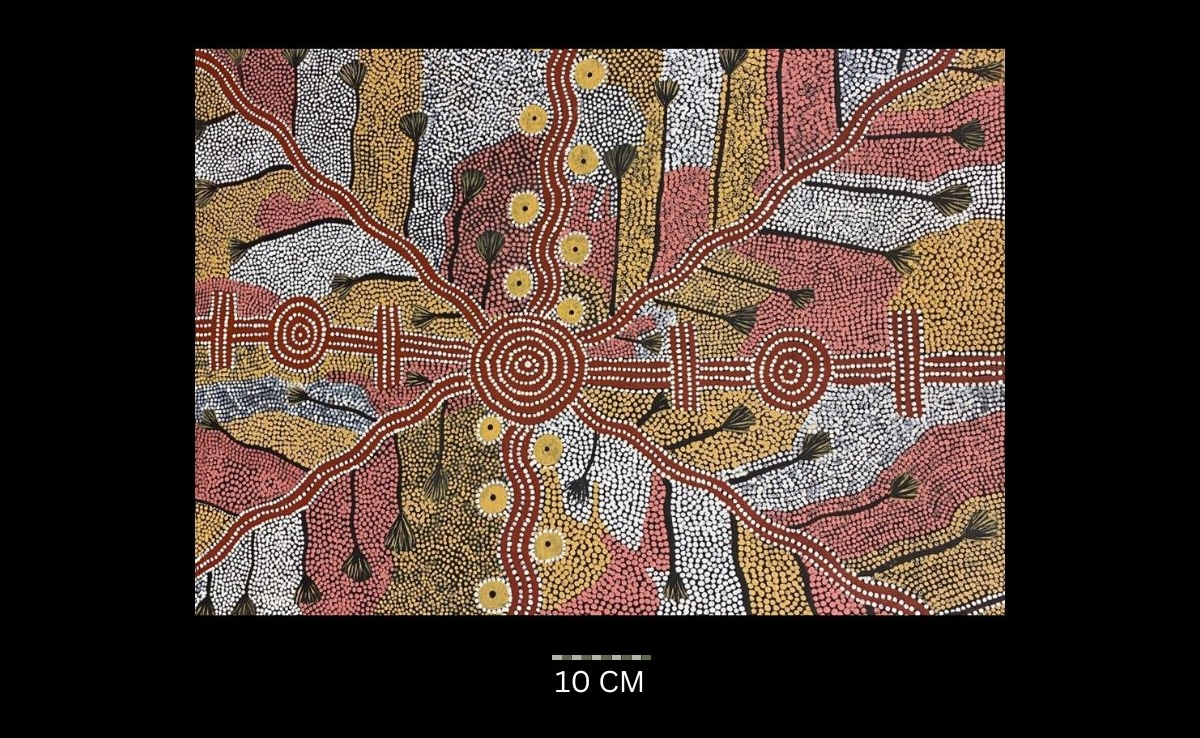
Untitled, 1983
Acrylic on canvas, numbered verso ‘K830733’,
81 x 61 cm
Hammer Price: A$8,000
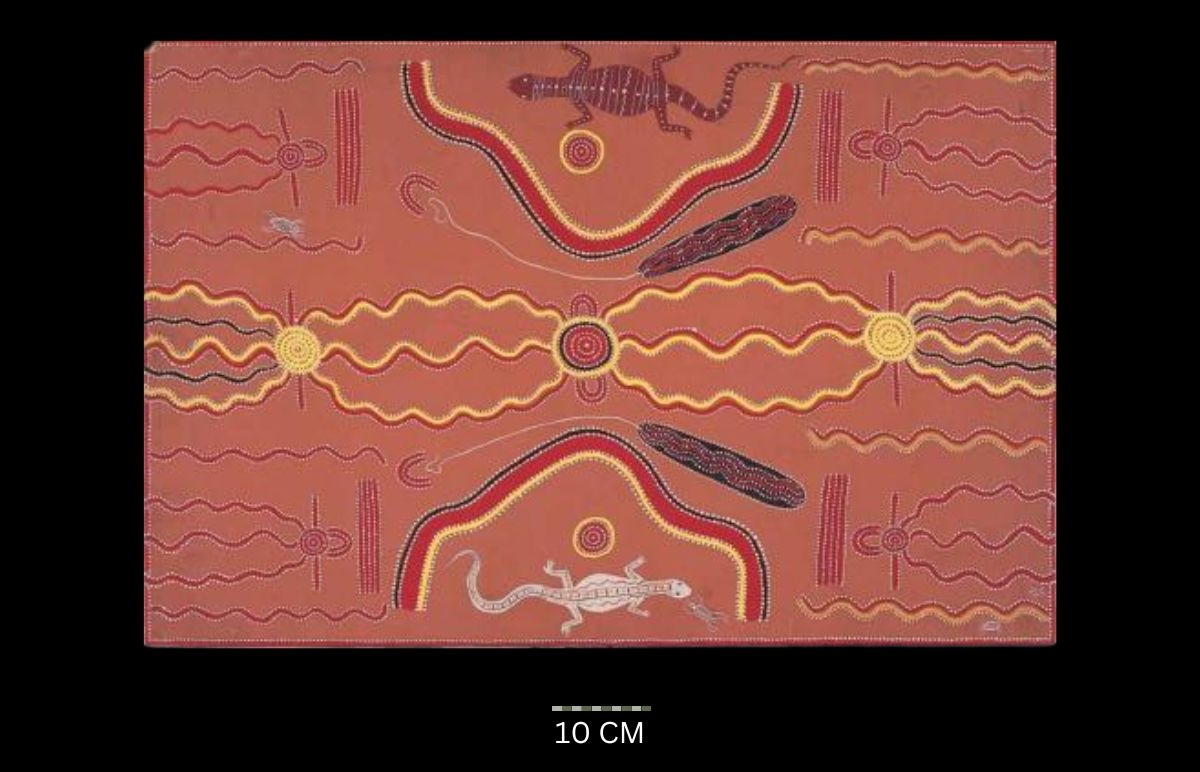
Goanna Story 1972
Synthetic polymer paint on plywood, bears inscription: ‘Painted by Karpa (sic.), Papunya N. T. May 1972’ on the reverse,
91.5 x 61 cm
Hammer Price: A$7,000
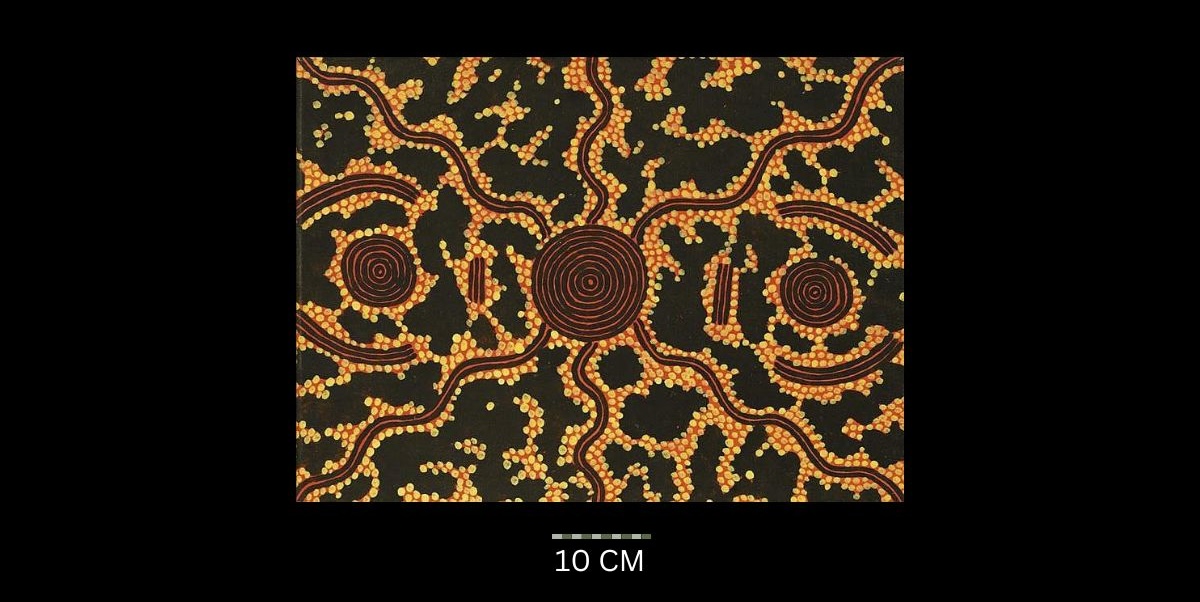
Bush Fire (1973)
Synthetic polymer paint on artist board,
60.5 x 45 cm
Hammer Price: A$6,000
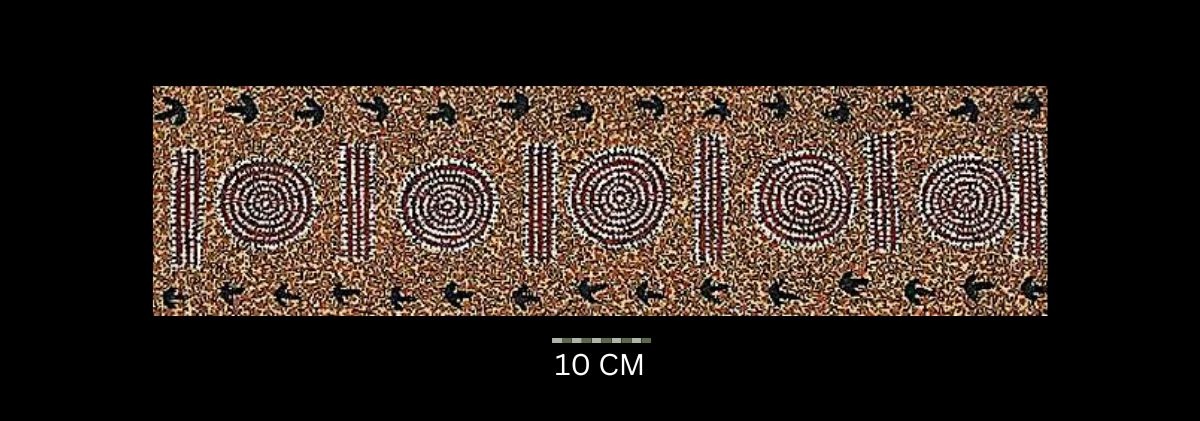
Budgerigar Dreaming, 1979
Synthetic poster paint on composition board,
89 x 23 cm
Hammer Price: A$6,000
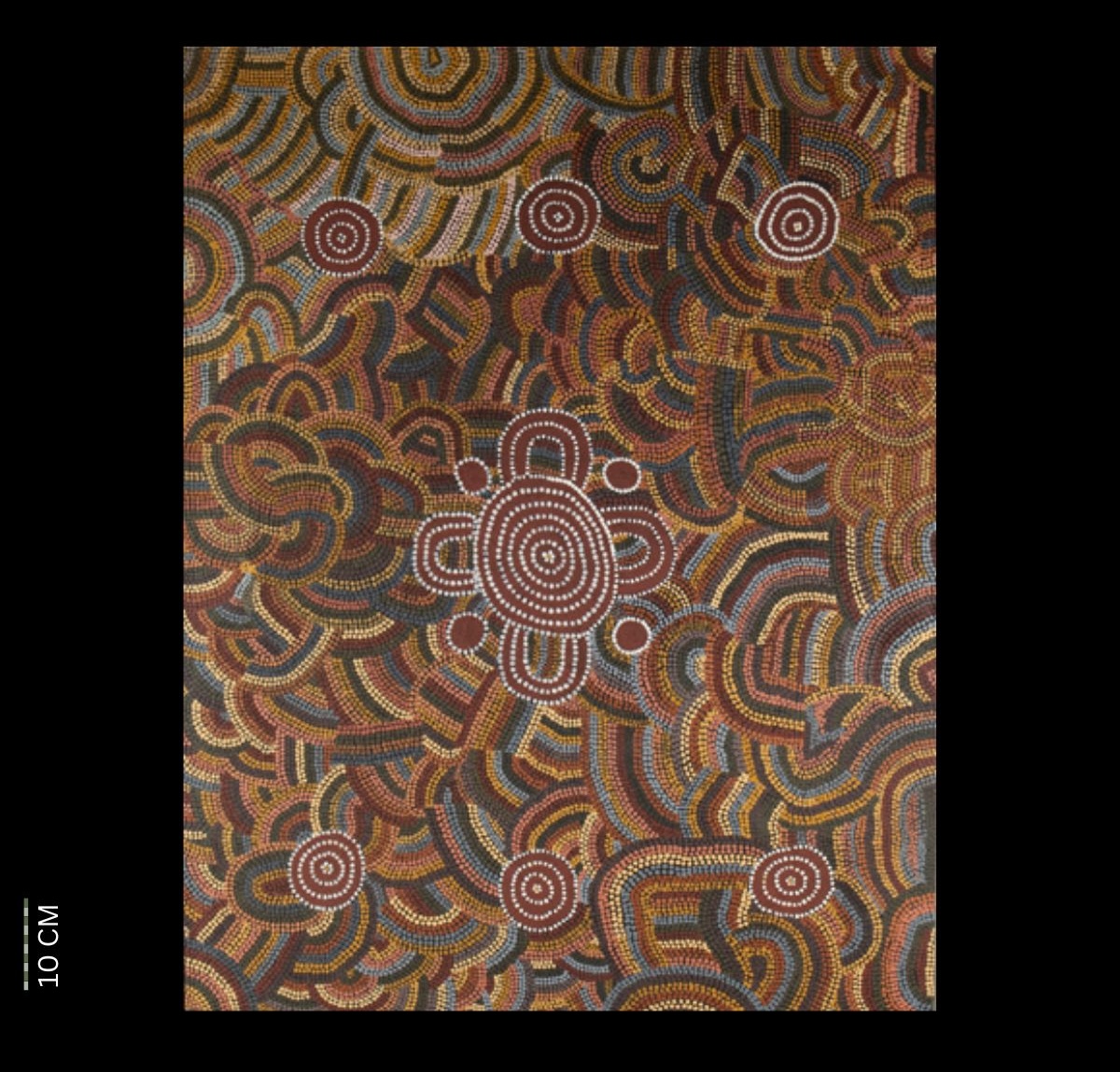
Womans Dreaming
Acrylic on canvas, catalogue number 0888532KT, Centre for Aboriginal Artists,
103 x 133 cm
Hammer Price: A$4,250
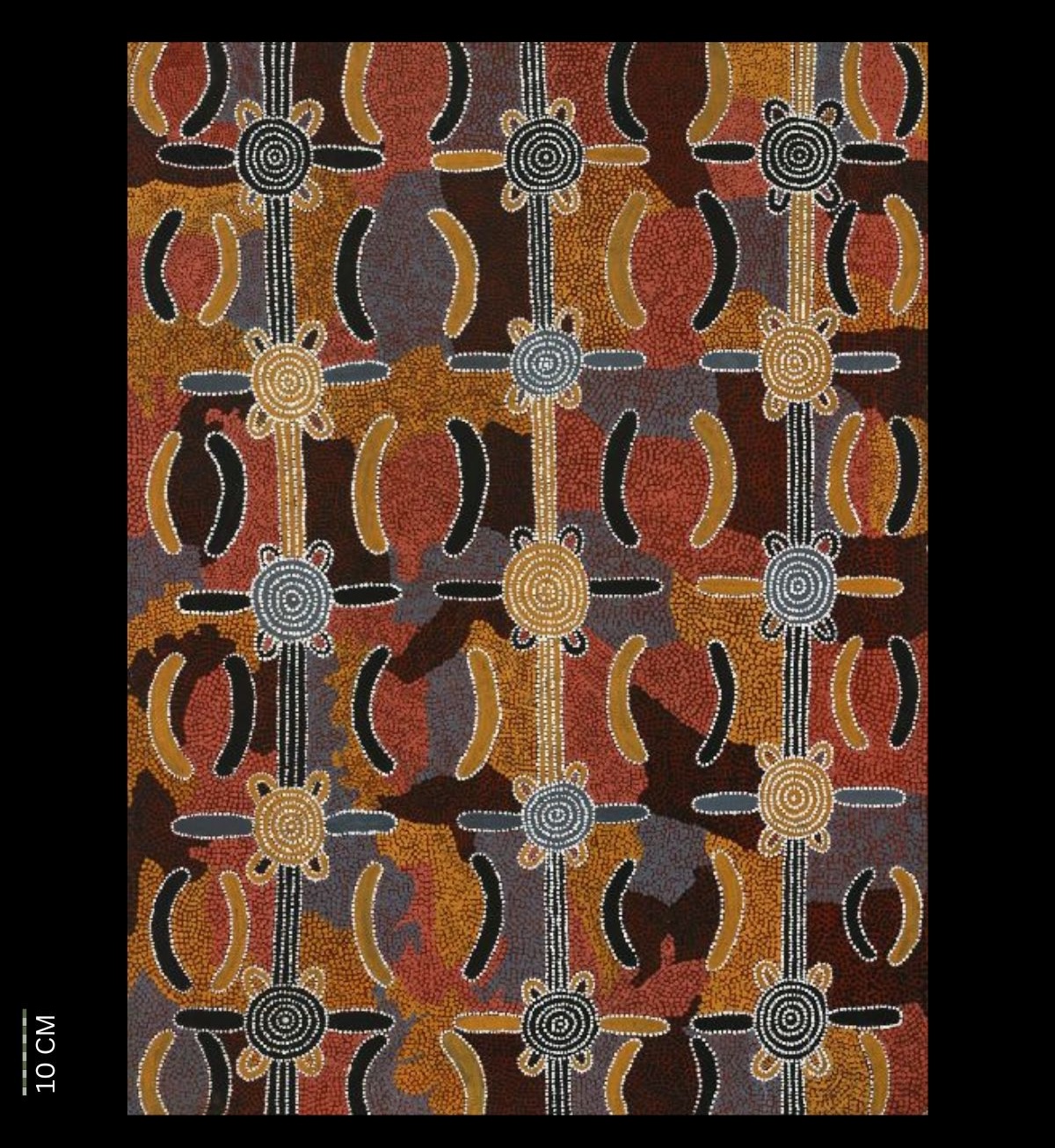
Men’s Dreaming (Skin Group Relationship)
Synthetic polymer paint on linen,
91 x 122 cm
Hammer Price: A$3400
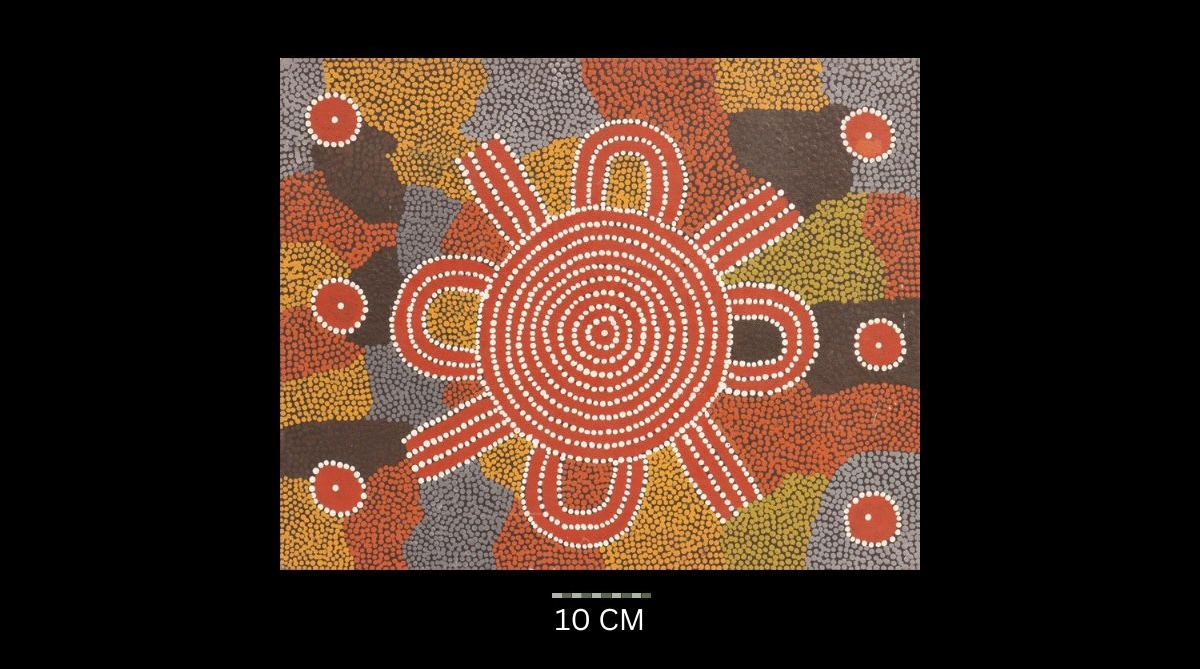
Mucantji Dreaming
Acrylic on board, signed verso,
40.5 x 51 cm
Hammer Price: A$2300
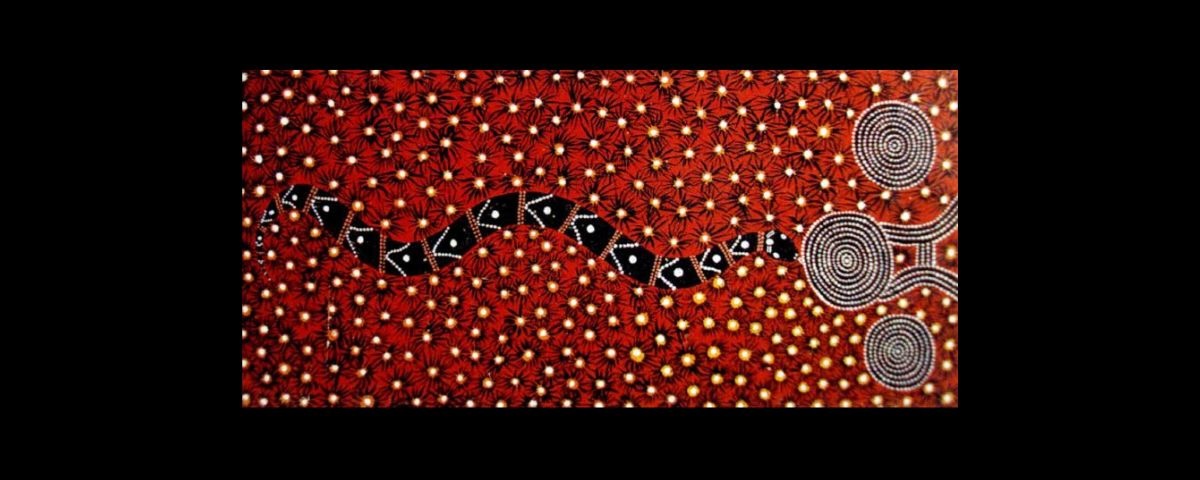
Untitled (Snake Dreaming) 1977
Synthetic polymer paint on composition board, signed ‘Kaapa’ on the reverse,
33 x 39 cm
Hammer Price: A$1600
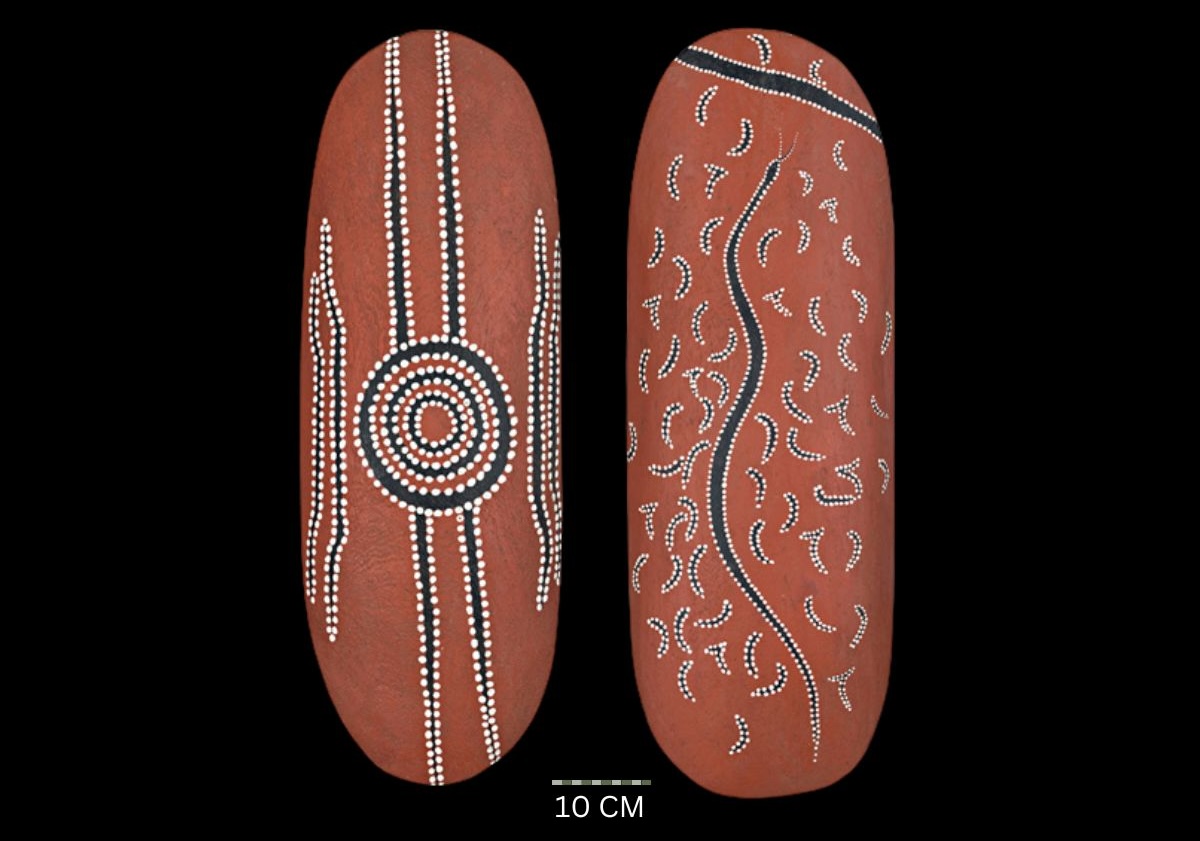
Pair of Coolamons, 1977
Shaped and carved softwood with synthetic polymer paint,
78 cm x 64 cm
Hammer Price: A$3000

Sweet Potato (Yala) Dreaming 1979
Synthetic polymer paint on linen, inscribed verso with artist’s name, date, Papunya Tula Artists cat. no. K790520 and Avant Galleries cat. no. 635,
60 x 91.5 cm
Hammer Price: A$4,800
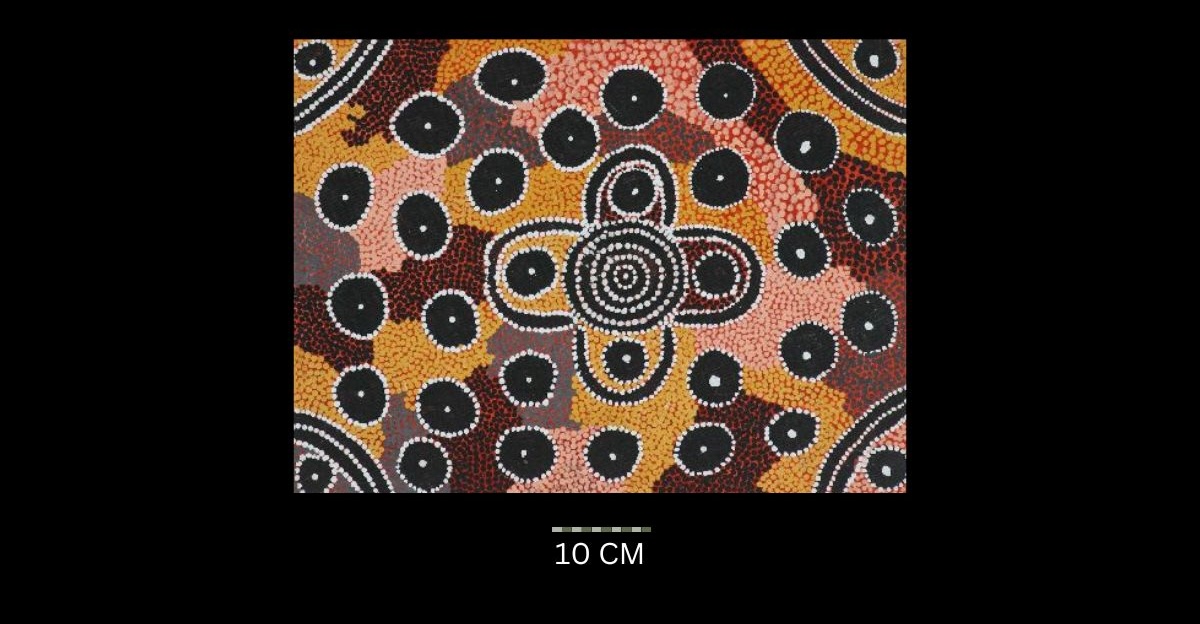
Bush Orange c. 1979
Synthetic polymer paint on canvas on board,
46 x 61 cm
Hammer Price: A$2200
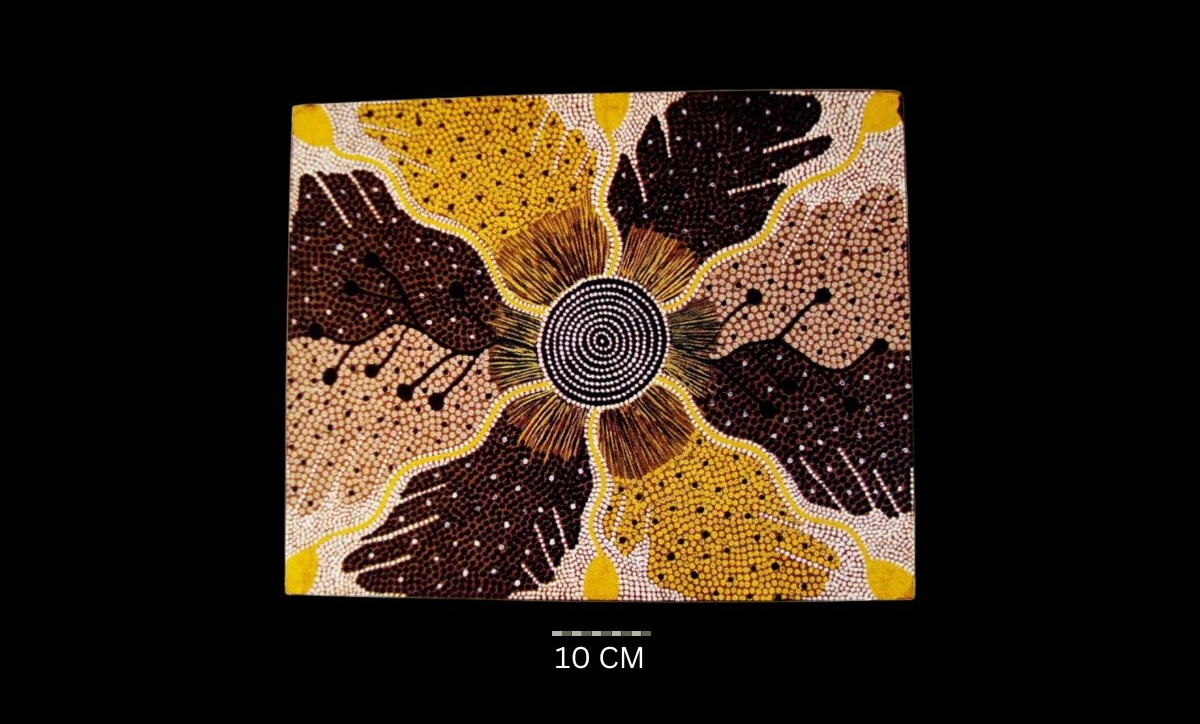
Wild Potato Dreaming 1979
Synthetic polymer paint on artists board
Hammer Price: A$4,200
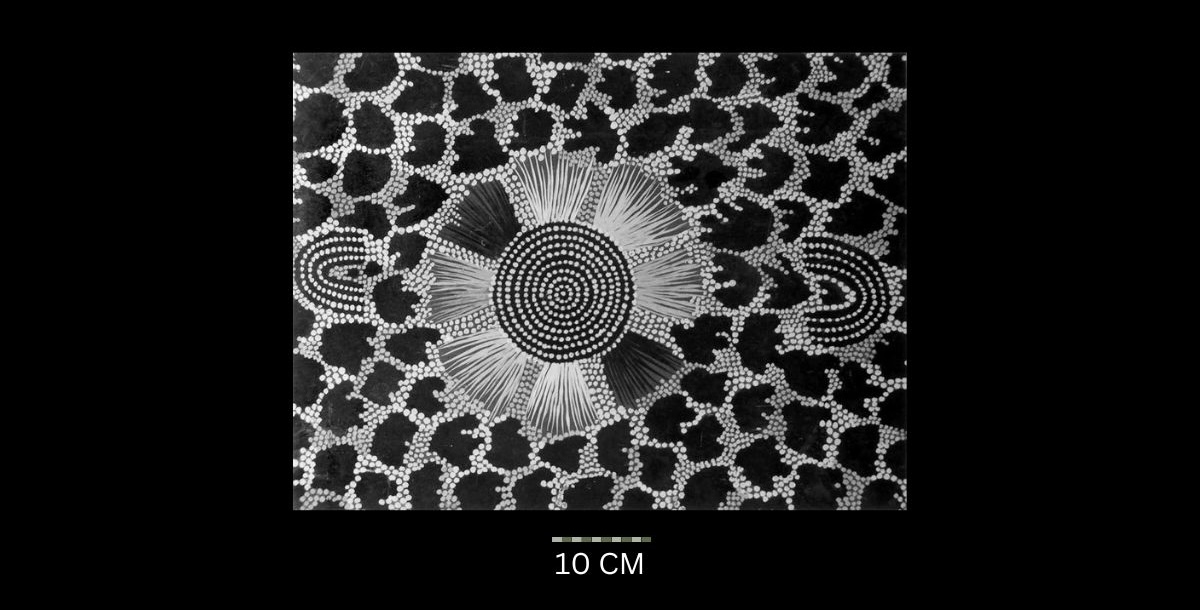
Blue Tongue Lizard Dreaming
1980
Acrylic on composition board, numbered, Papunya No. K80232,
61 x 46 cm
Hammer Price: A$2200
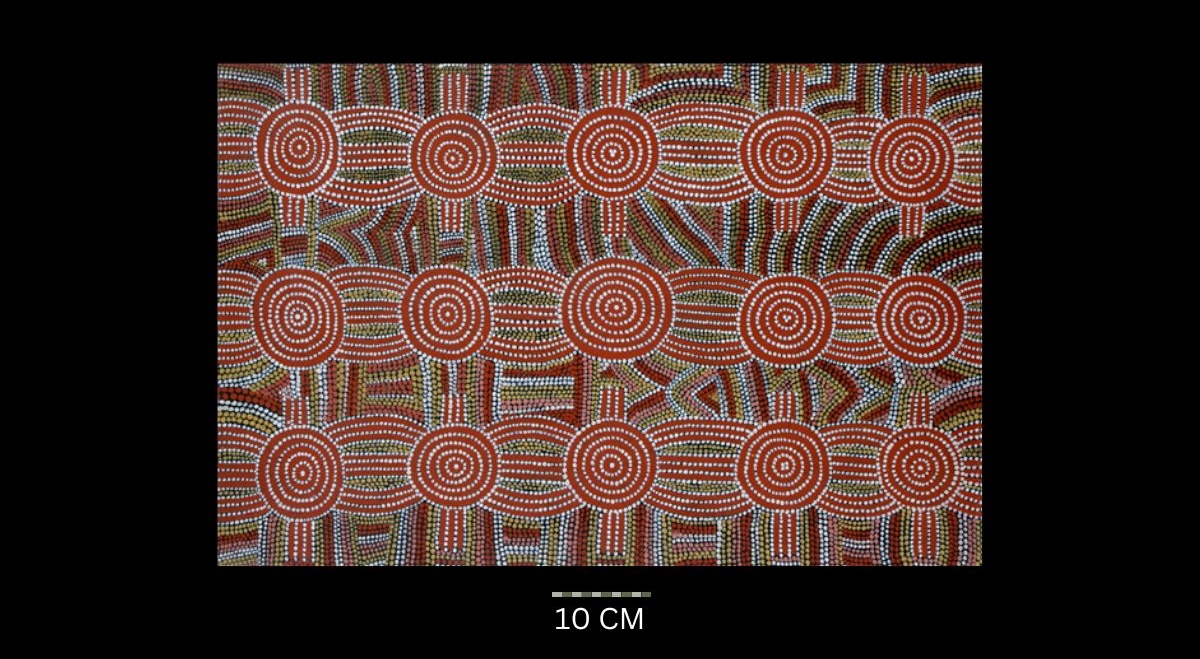
Untitled – Mallierra 1981
Acrylic on board, inscribed with Papunya Tula catalogue number ‘K810324’ verso,
76 x 50.5 cm
Hammer Price: A$1650

Water Dreaming At Mikantji, 1983
Synthetic polymer paint on linen, bears inscription verso: Papunya Tula Artists cat. K830403,
100.5 x 61 cm
Hammer Price: A$11,000
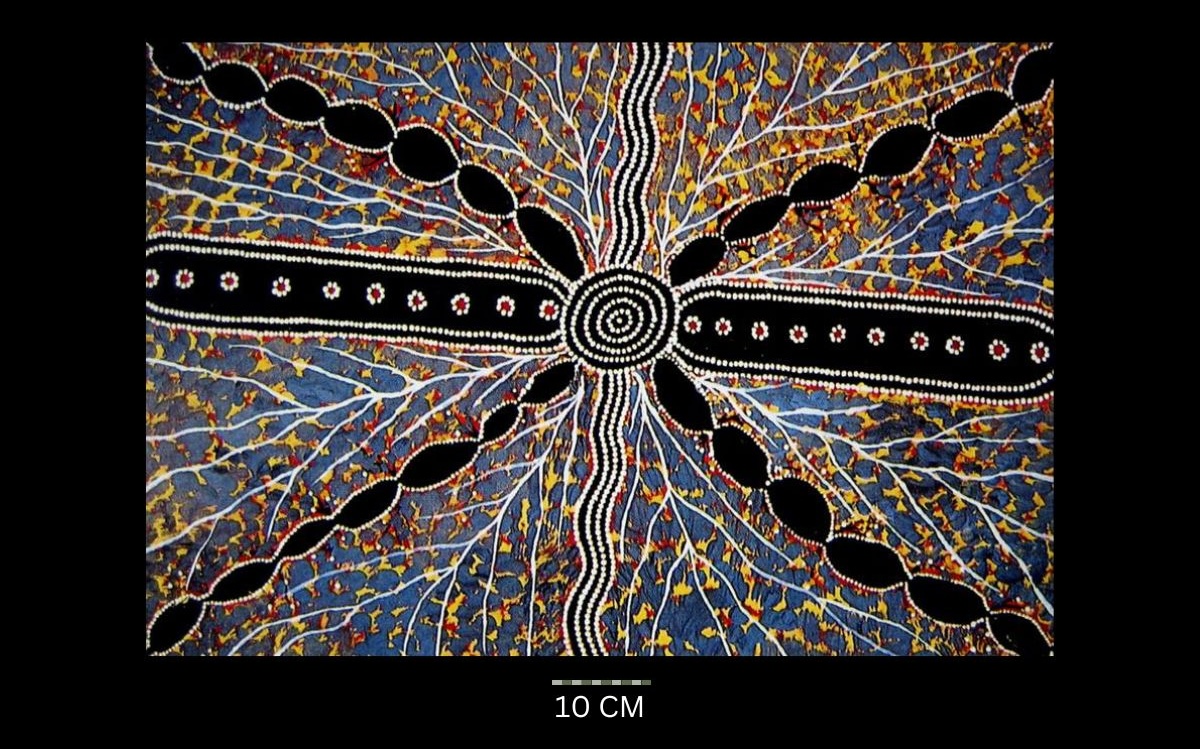
Yala (Wild Potato) Dreaming at Warlukurlangu 1987
Synthetic polymer paint on canvas,
91 x 60 cm
Hammer Price: A$1500
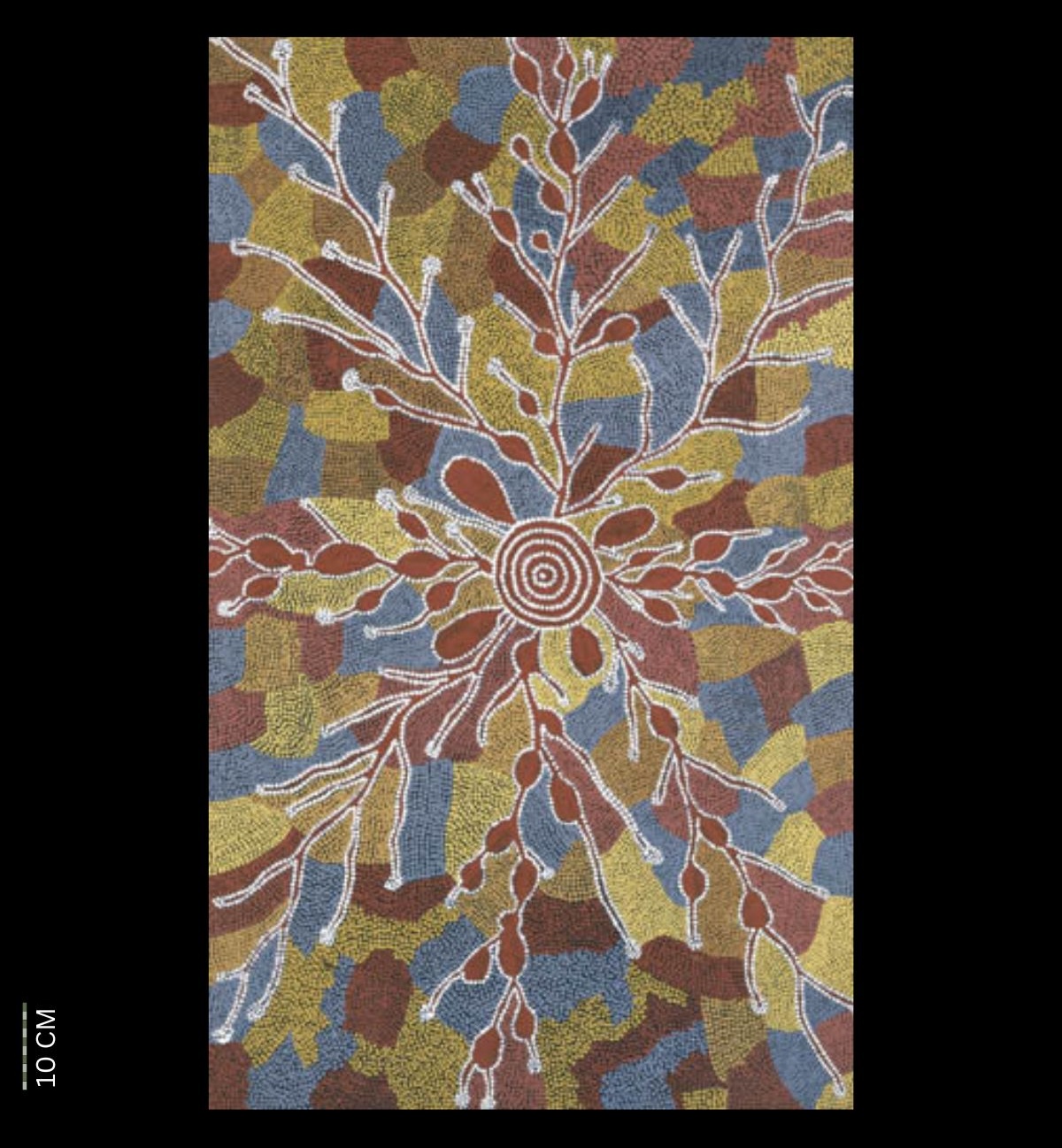
Untitled 1987
Synthetic polymer paint on canvas, with Papunya Tula Artists number K870926 on the reverse,
121 x 75 cm
Hammer Price: A$2600
Kaapa Mbitjani Tjampitjinpa references
Papunya: A place made after the Story
Papunya Tula: Genesis and Genius
Selling at Auction
Selling artwork at auction can sometimes yield favorable results, particularly when multiple interested bidders compete, potentially driving up the final sale price. This environment can occasionally lead to inexperienced buyers bidding more than they originally intended, which can benefit the seller in competitive situations.
In the niche market of Aboriginal art however this is the exception with mosy potential bidders being knowledgable and well researched
Downside to Selling at Auction
Auctions come with inherent limitations. One significant drawback is that they do not achieve the full market potential of an artwork. For instance, if the most motivated buyer values a piece at $10,000 but is aware of a 30% buyer’s premium, they may only be willing to place a maximum bid of $7,000. Meanwhile, the second most motivated buyer who values the work at $6,000 may only bid up to $4,200. As a result, bidding would likely stop at $4,200, and the winning bid might be only one bid higher, say $4,300. After deducting seller’s fees (10%-29%), the final amount received by the seller will be less than $3,900—far below the artwork’s perceived value.
Another risk associated with auctions is limited reach. Potential buyers who may have been willing to pay significantly more might simply not be aware of the auction, not have the money at the time or unable to participate at the scheduled time. This can result in missed opportunities and lower-than-expected sale outcomes.
This dynamic explains why many art dealers are able to purchase artworks at auction and resell them privately at a profit. Their ability to match artworks with motivated collectors, often through targeted private outreach, allows them to capitalize on the limitations of the auction model.
Private Treaty Sales
An alternative to auction is selling through private treaty. This method involves engaging a dealer to offer the artwork directly to known collectors who collect or have a strong interest in a particular artist or genre. The sale is conducted at price agreed buy the dealer and seller, allowing for a more targeted and lucrative transaction.
One key advantage of private treaty sales is flexibility. If the dealer is unable to secure a buyer through private channels, the artwork can still be offered at auction later. This approach often ensures better control over the sales process and often result in a more favorable outcome for the seller, especially when maximizing value is the priority.
I specialise in private treaty sales and if you have a Kaapa Mbitjana artwork and you would like to know what I think it could be sold for, please send me an image dimensions and provenance.
Early Papunya Artworks and Articles
All images in this article are for educational purposes only.
This site may contain copyrighted material the use of which was not specified by the copyright owner.
